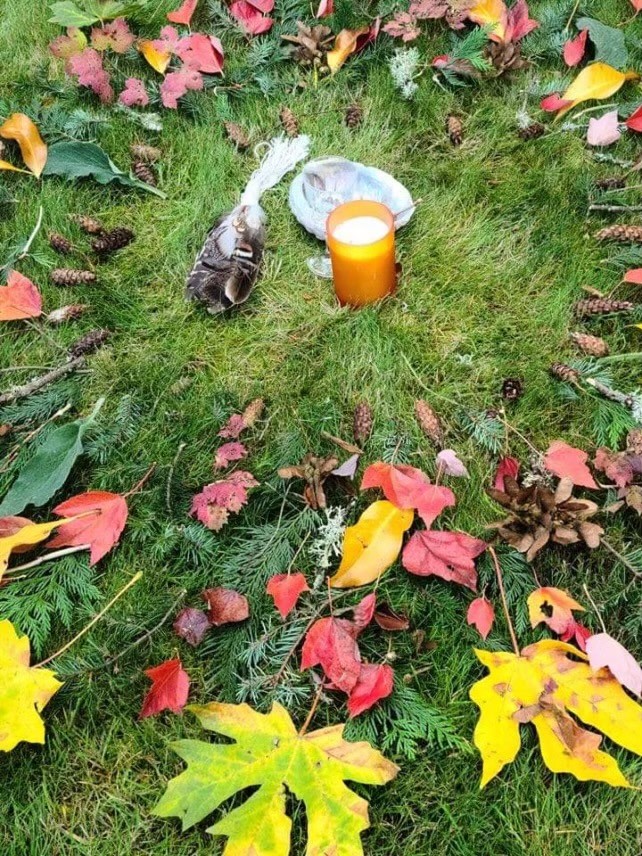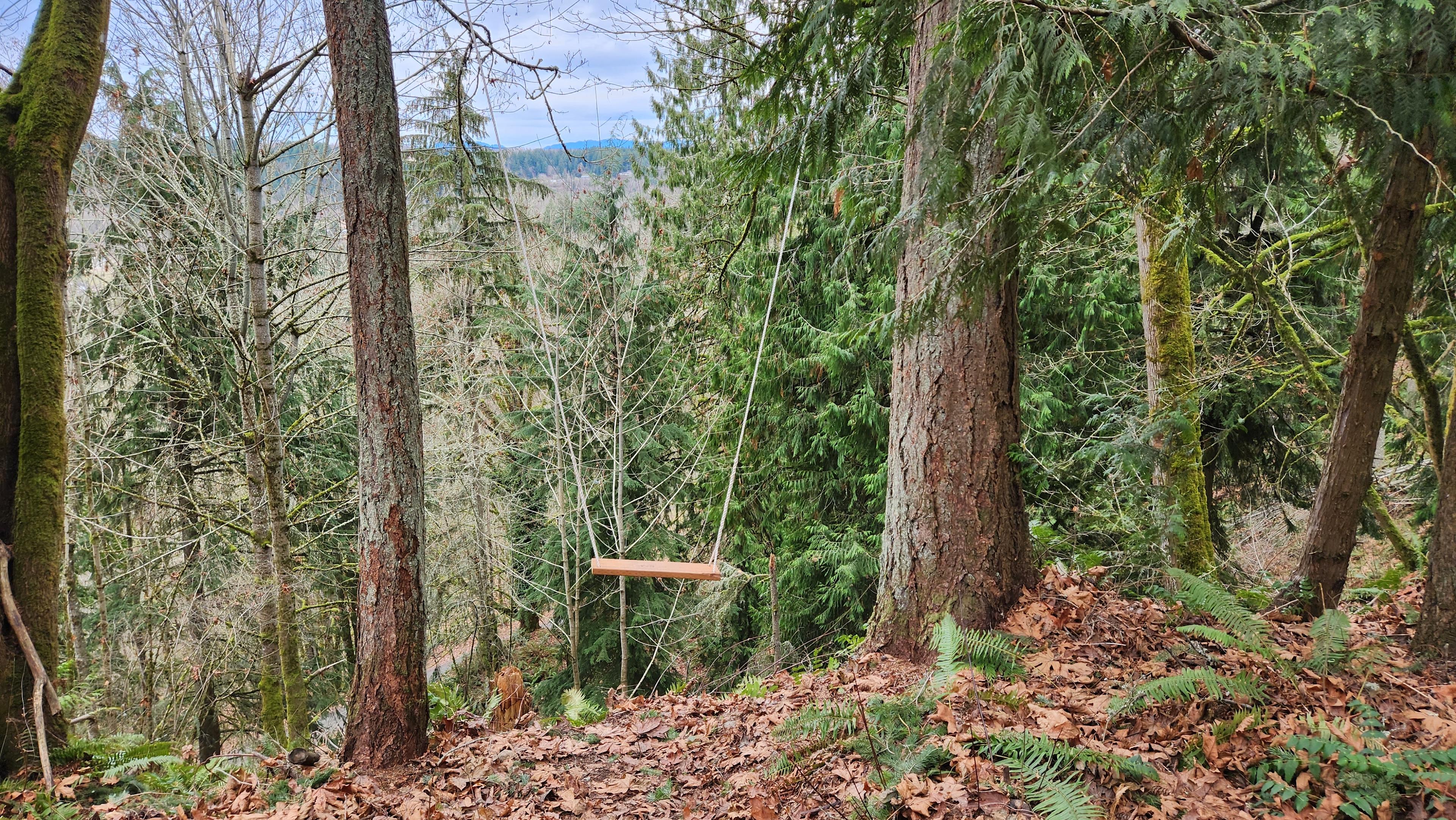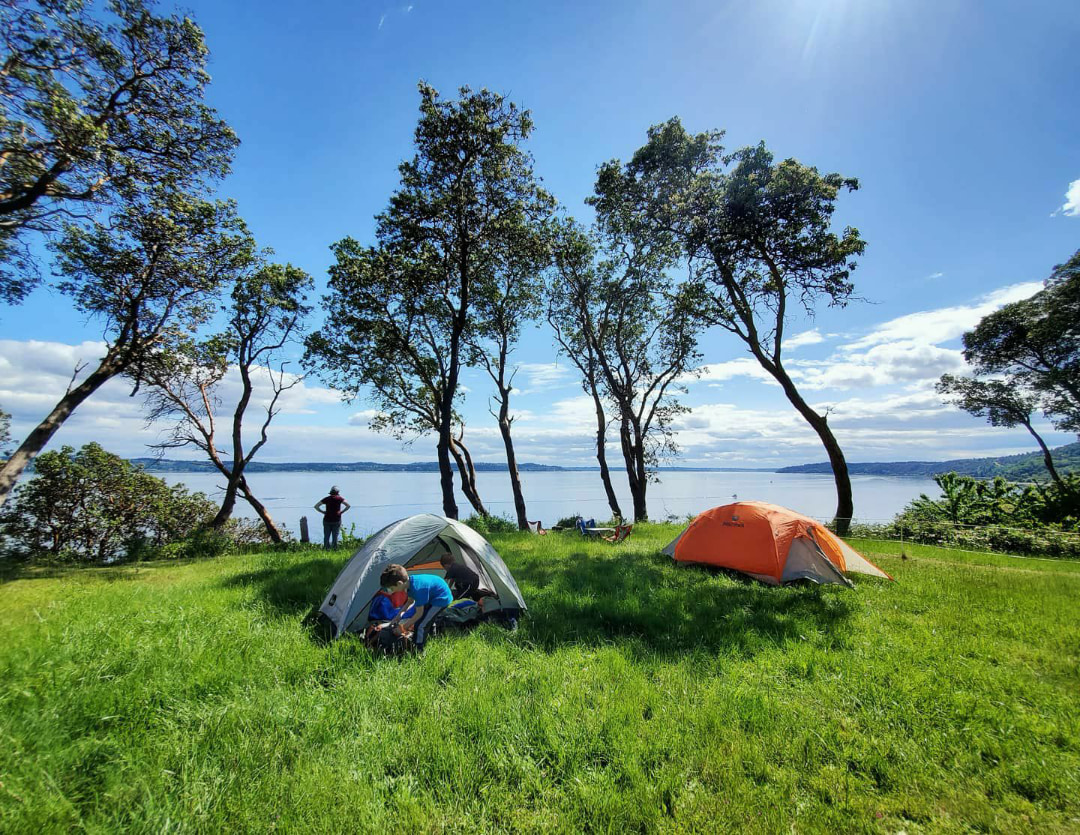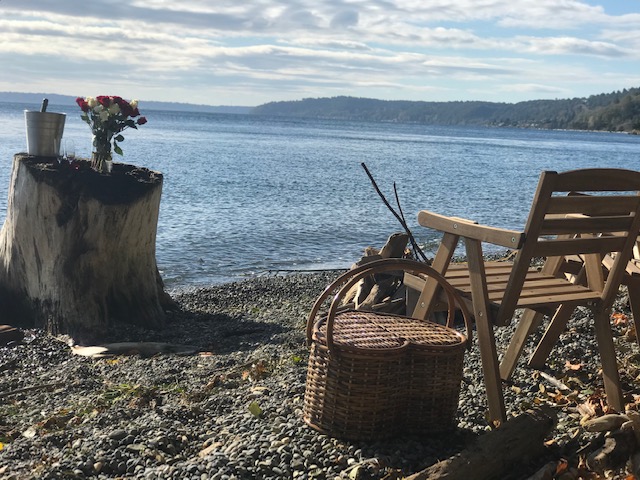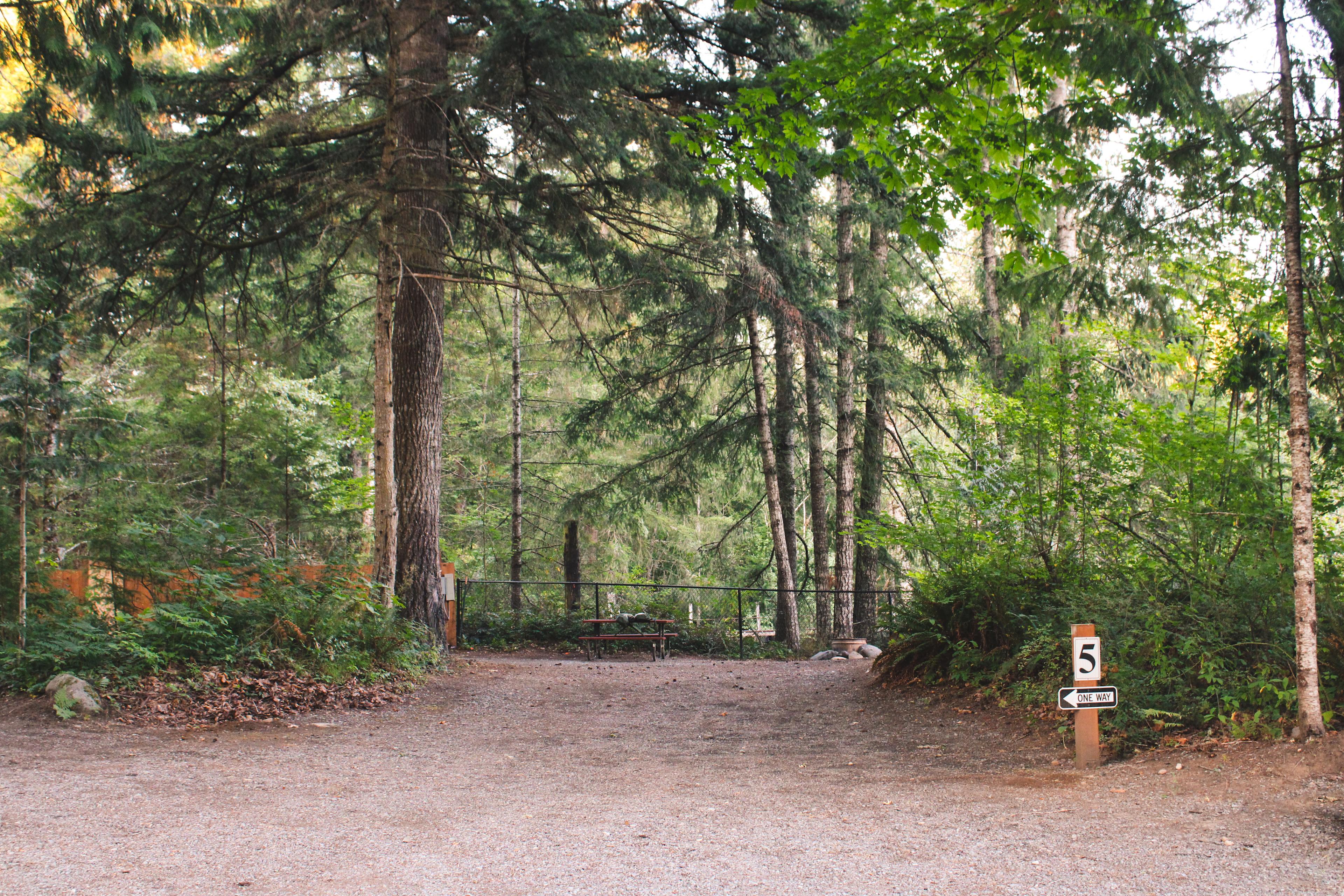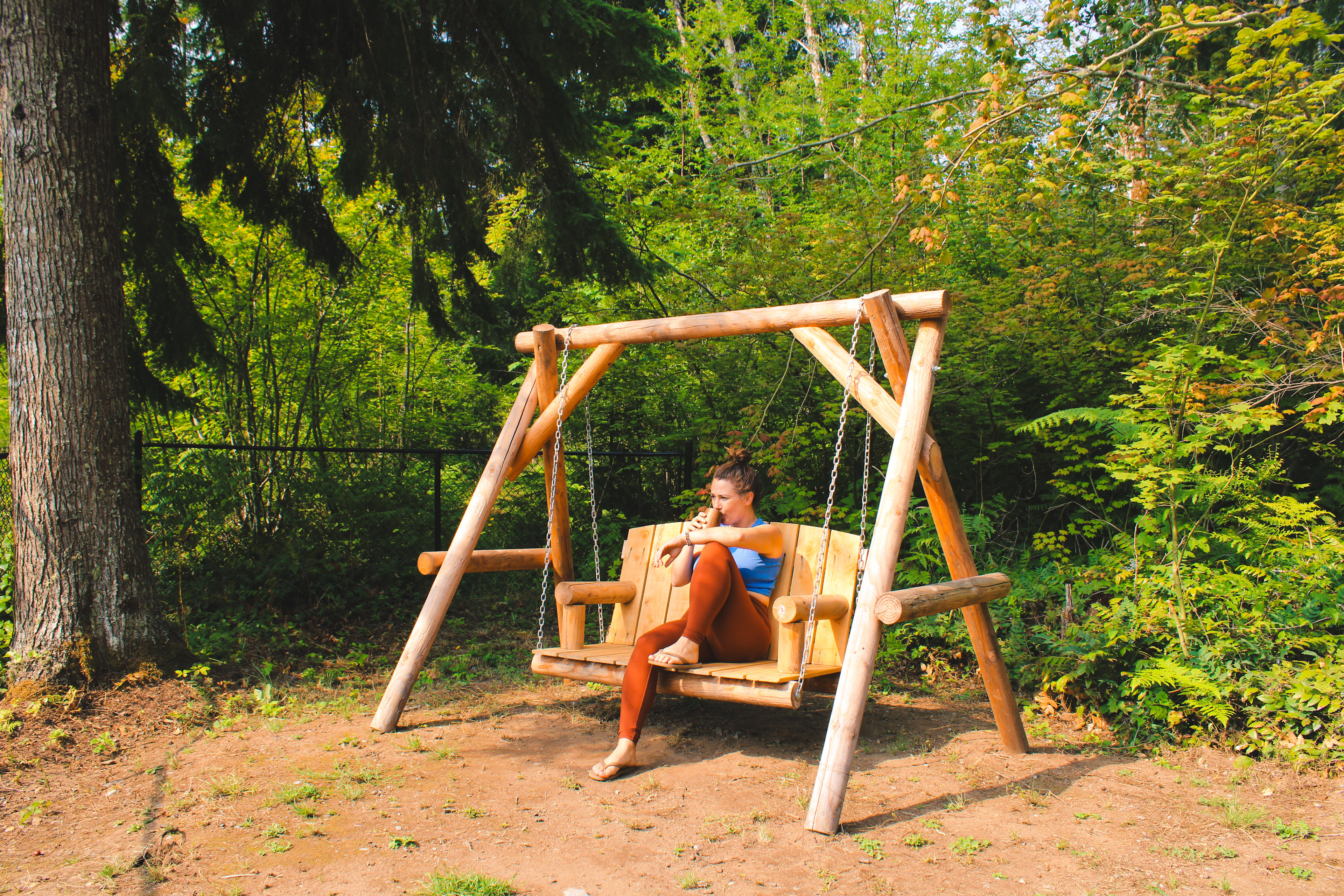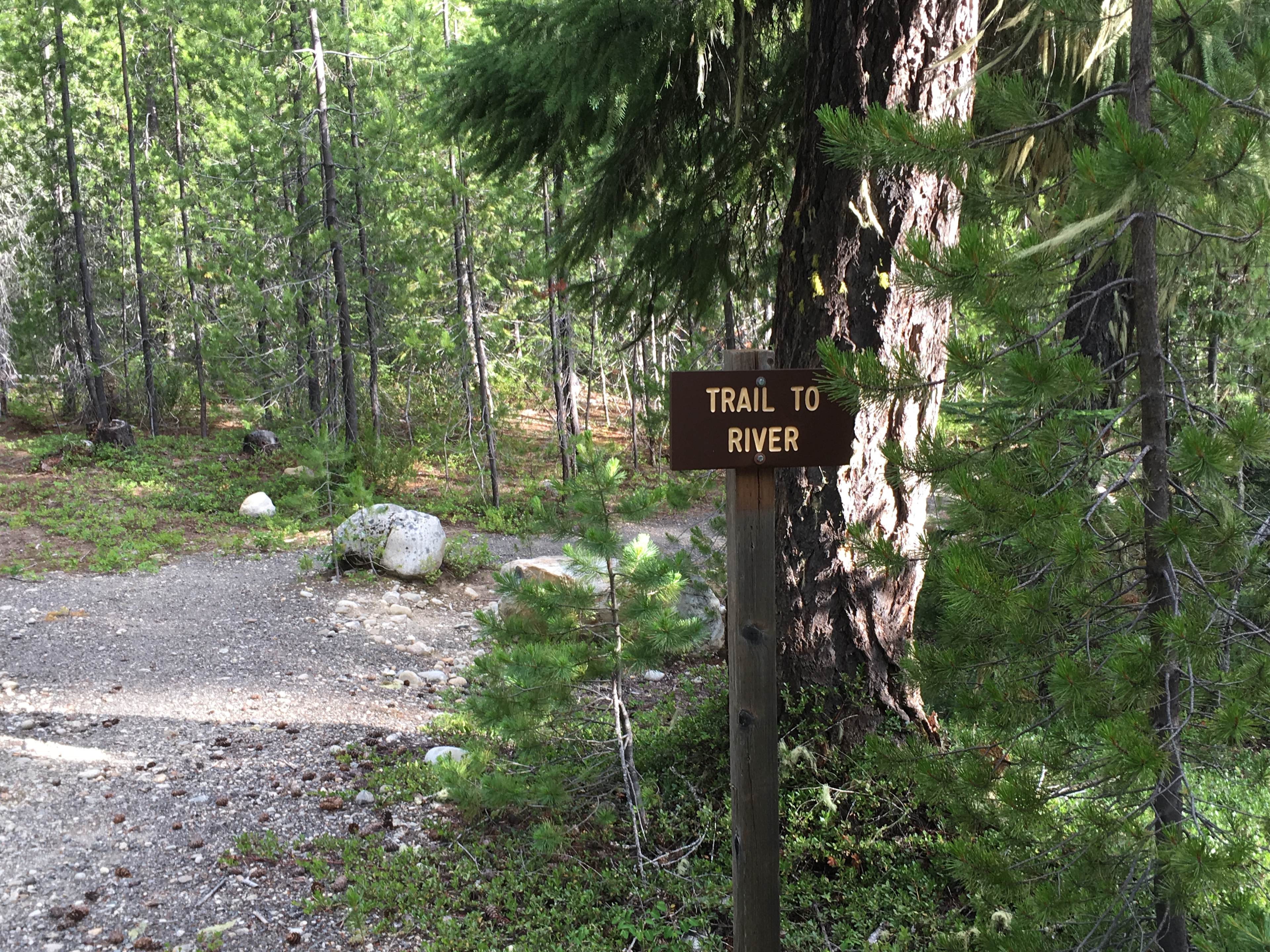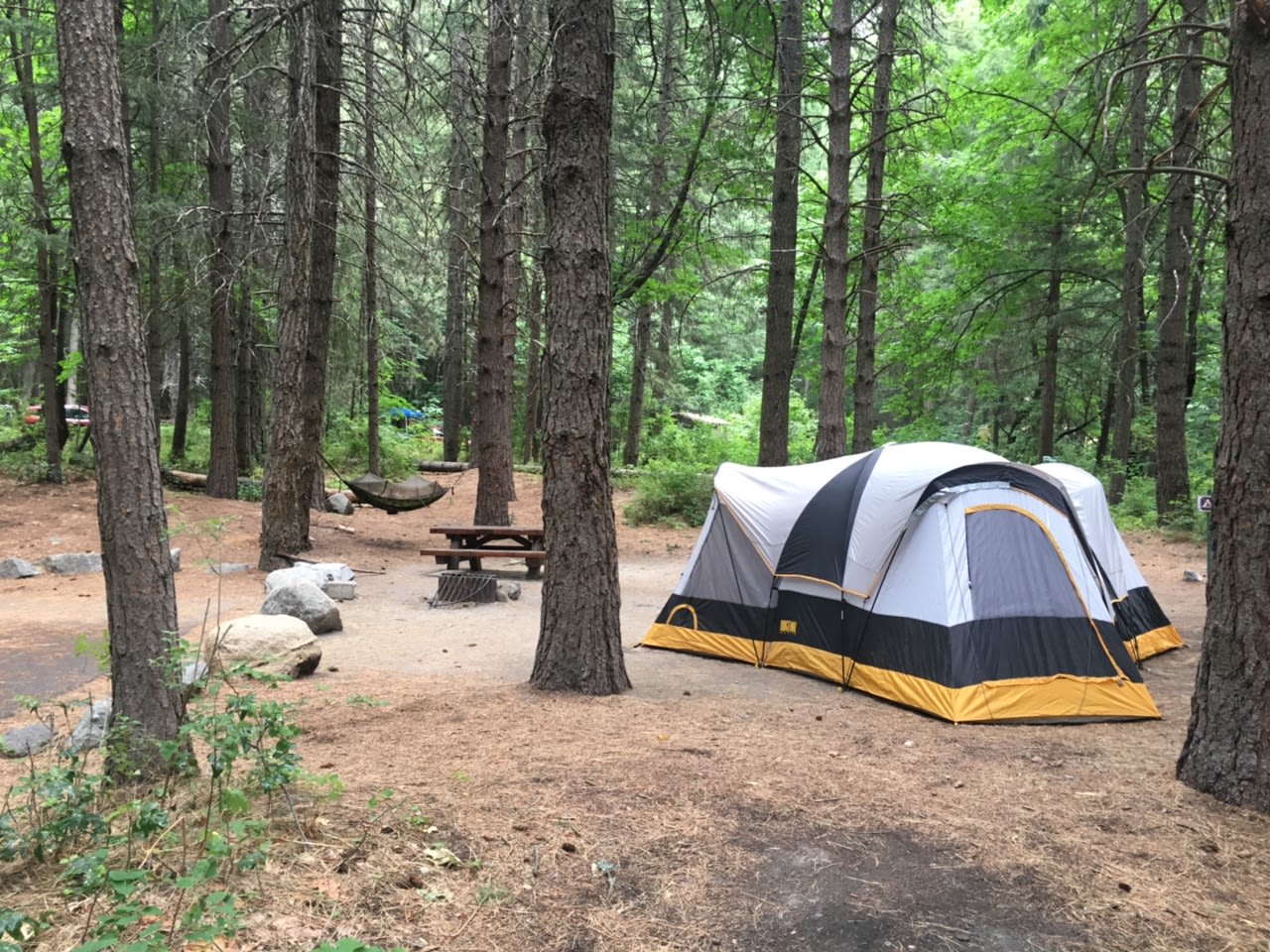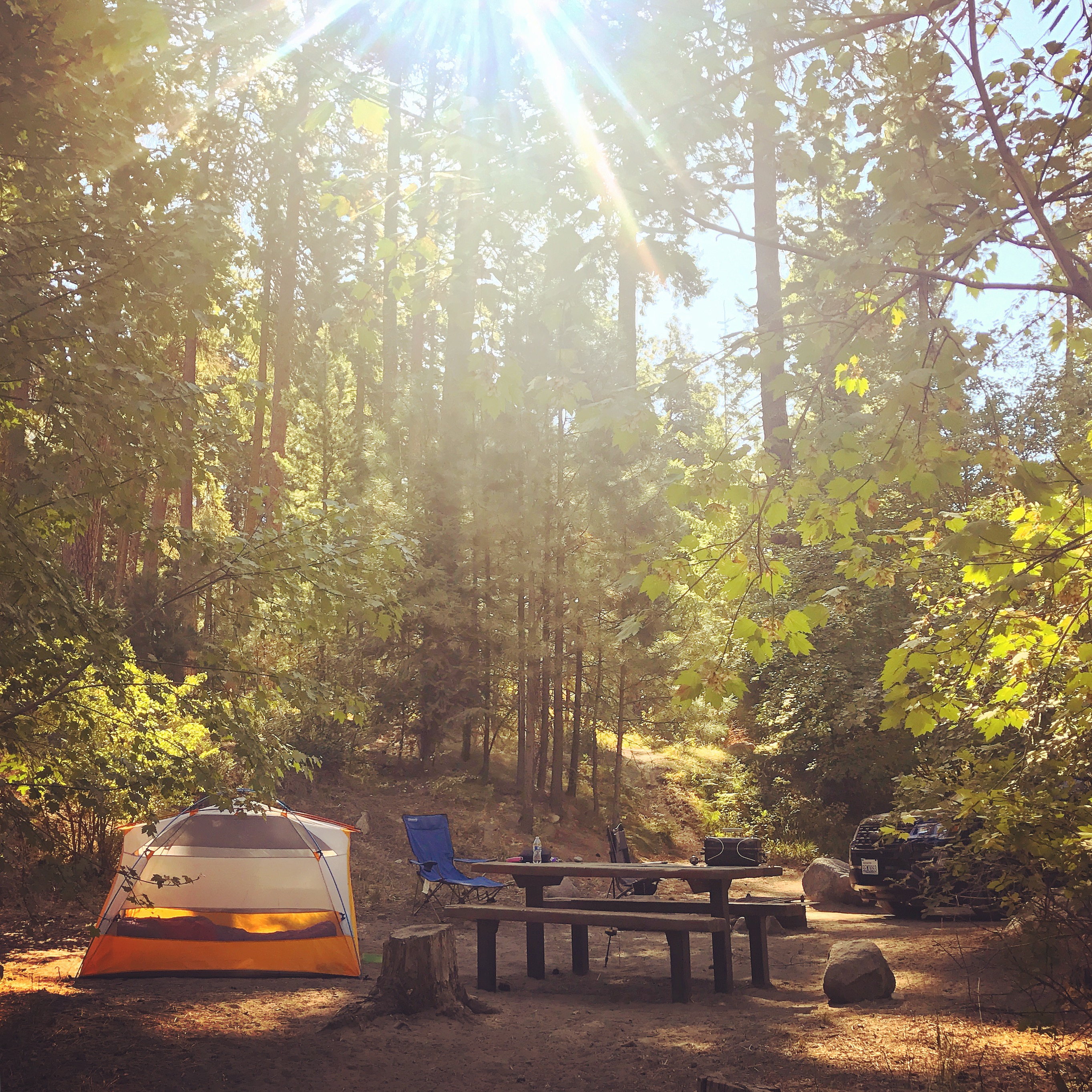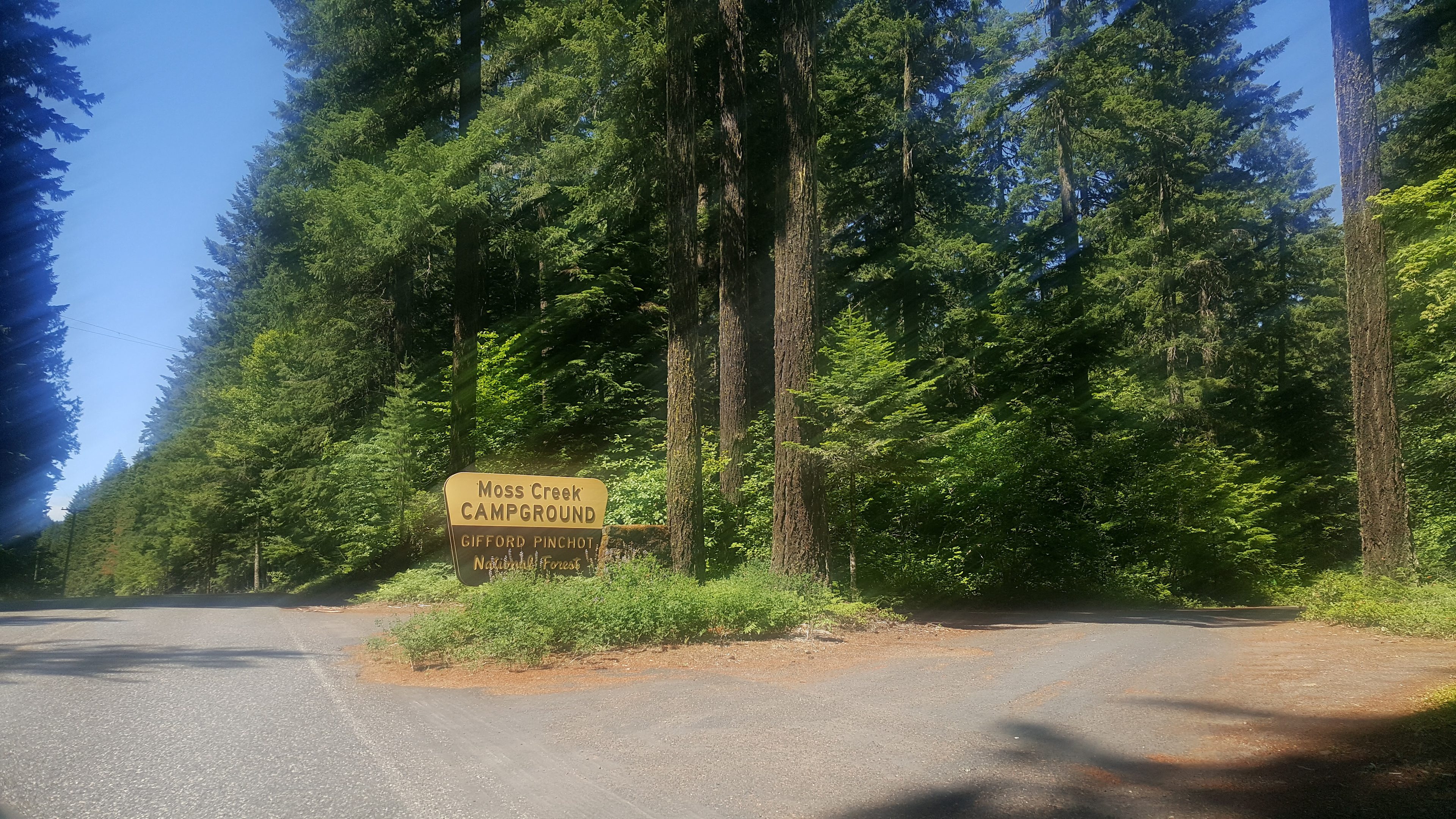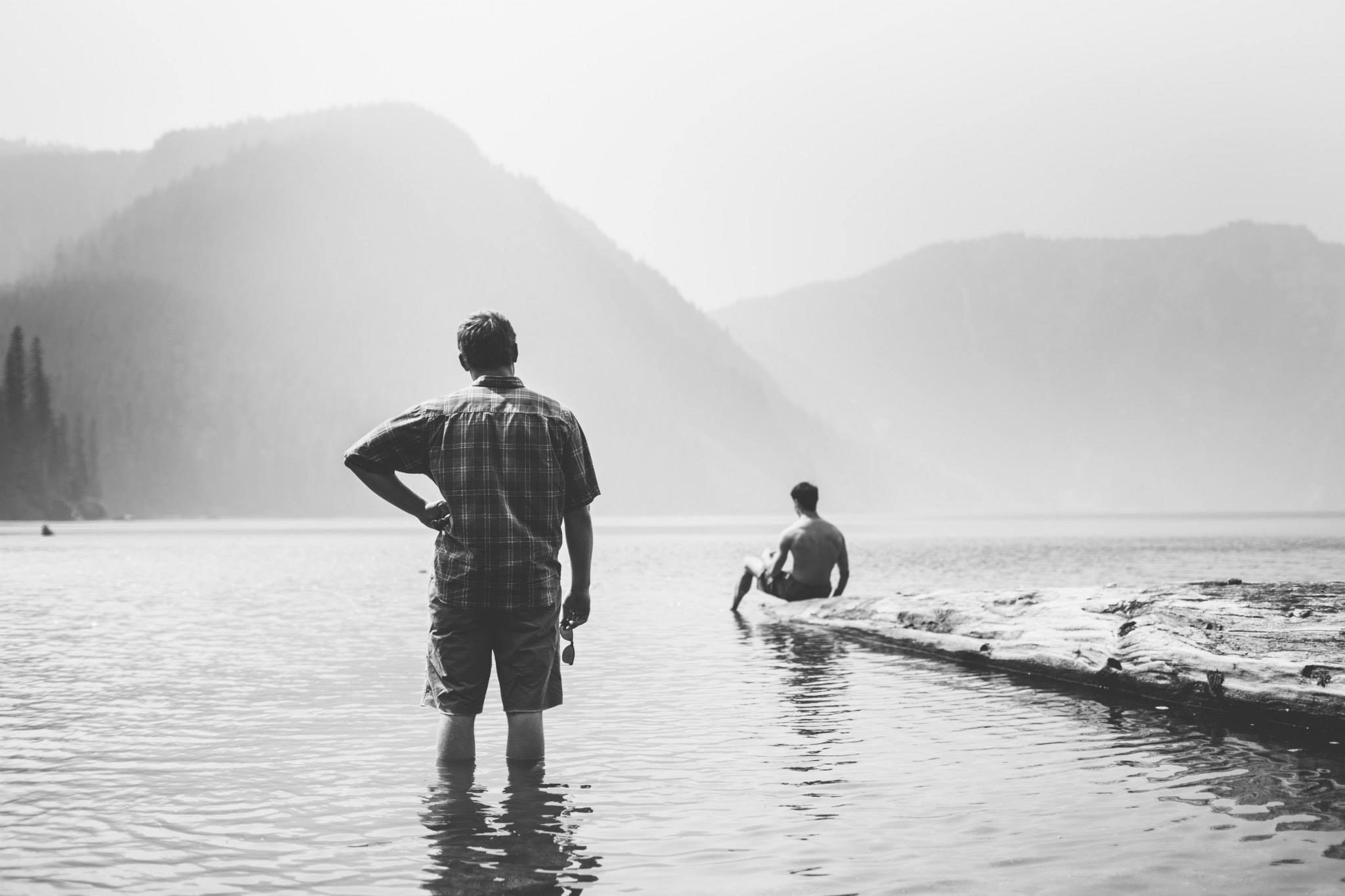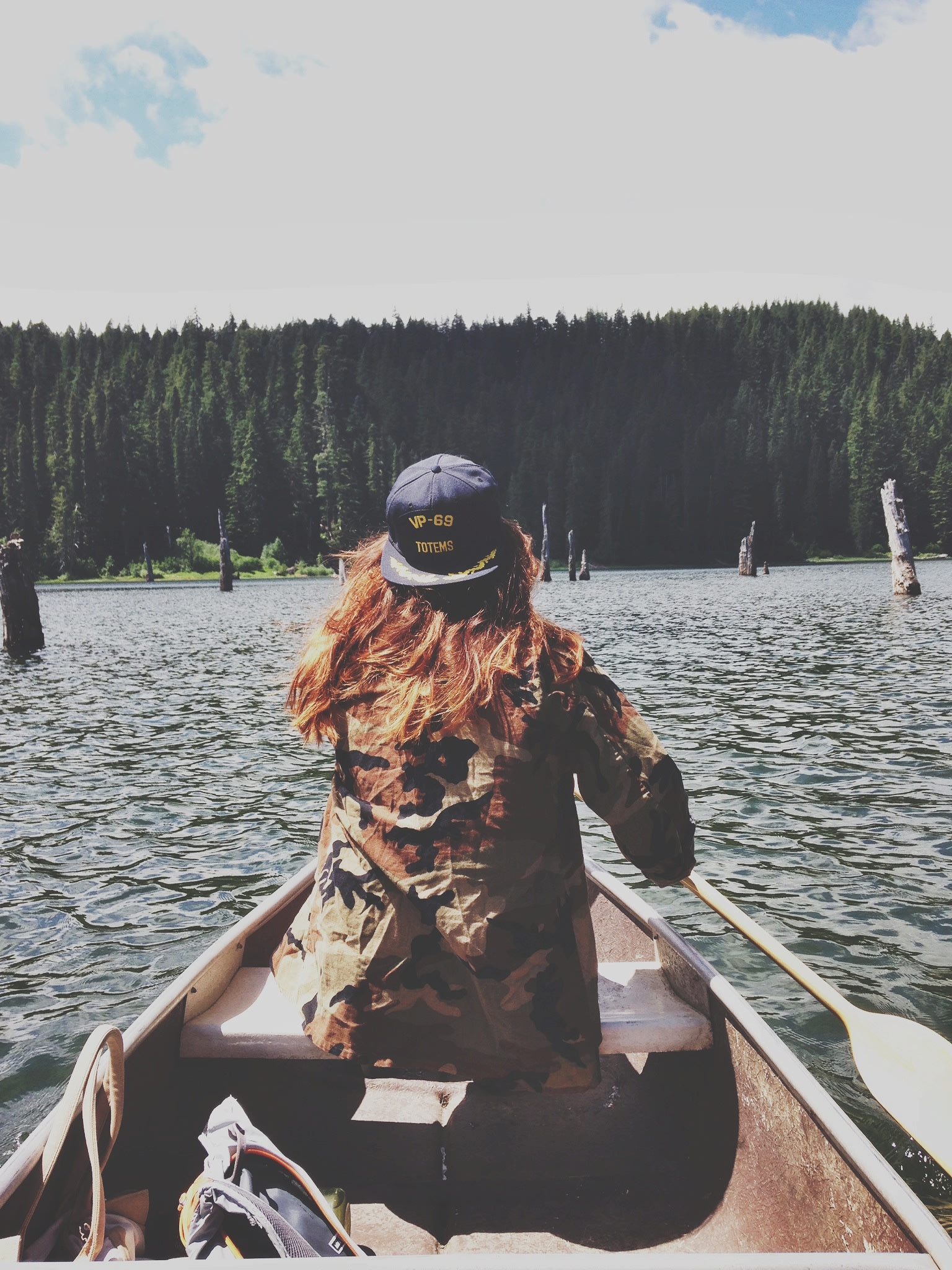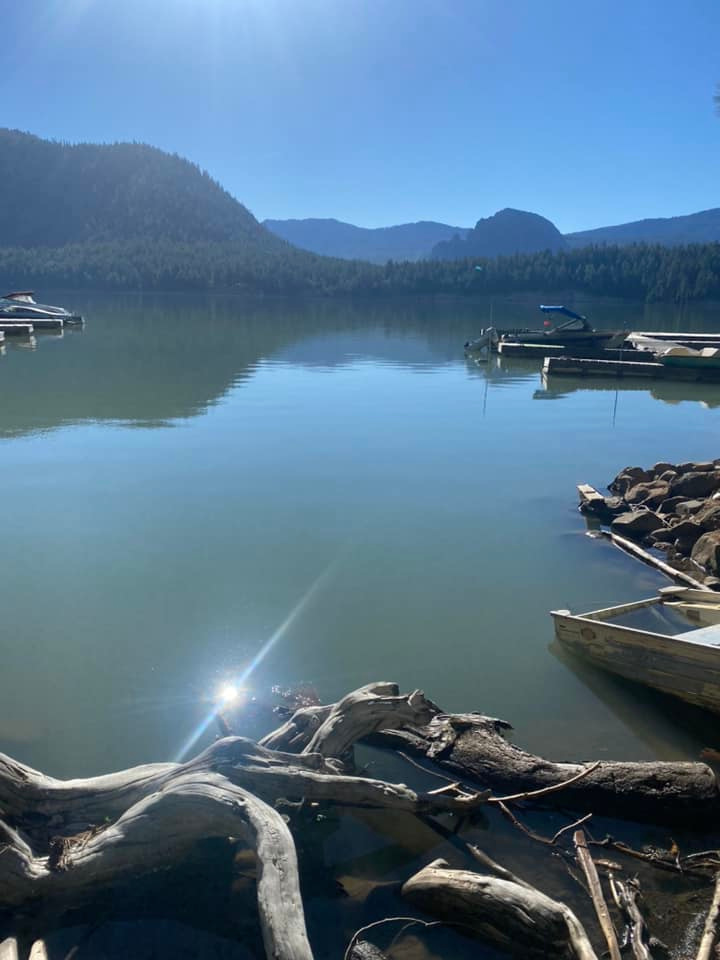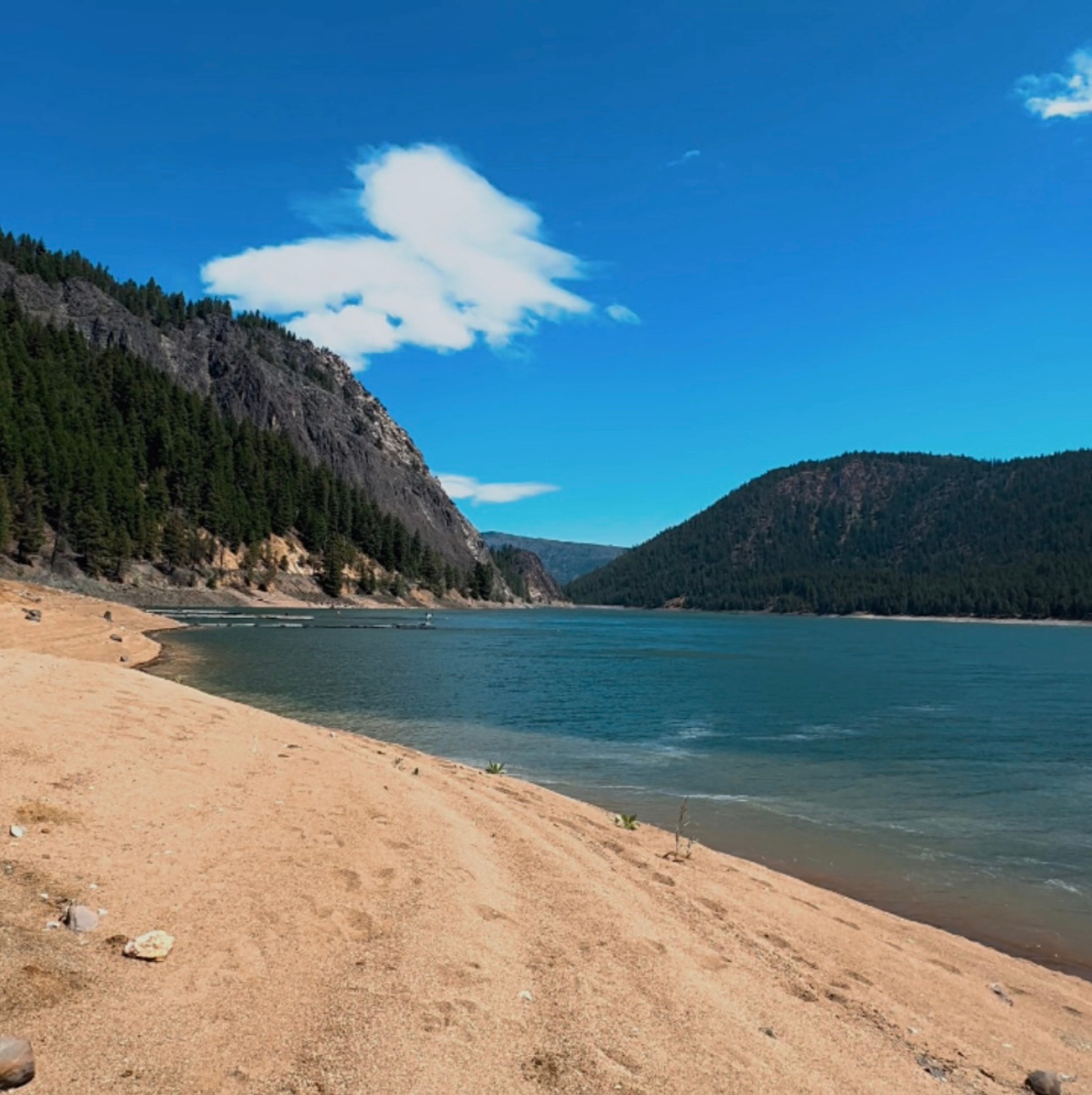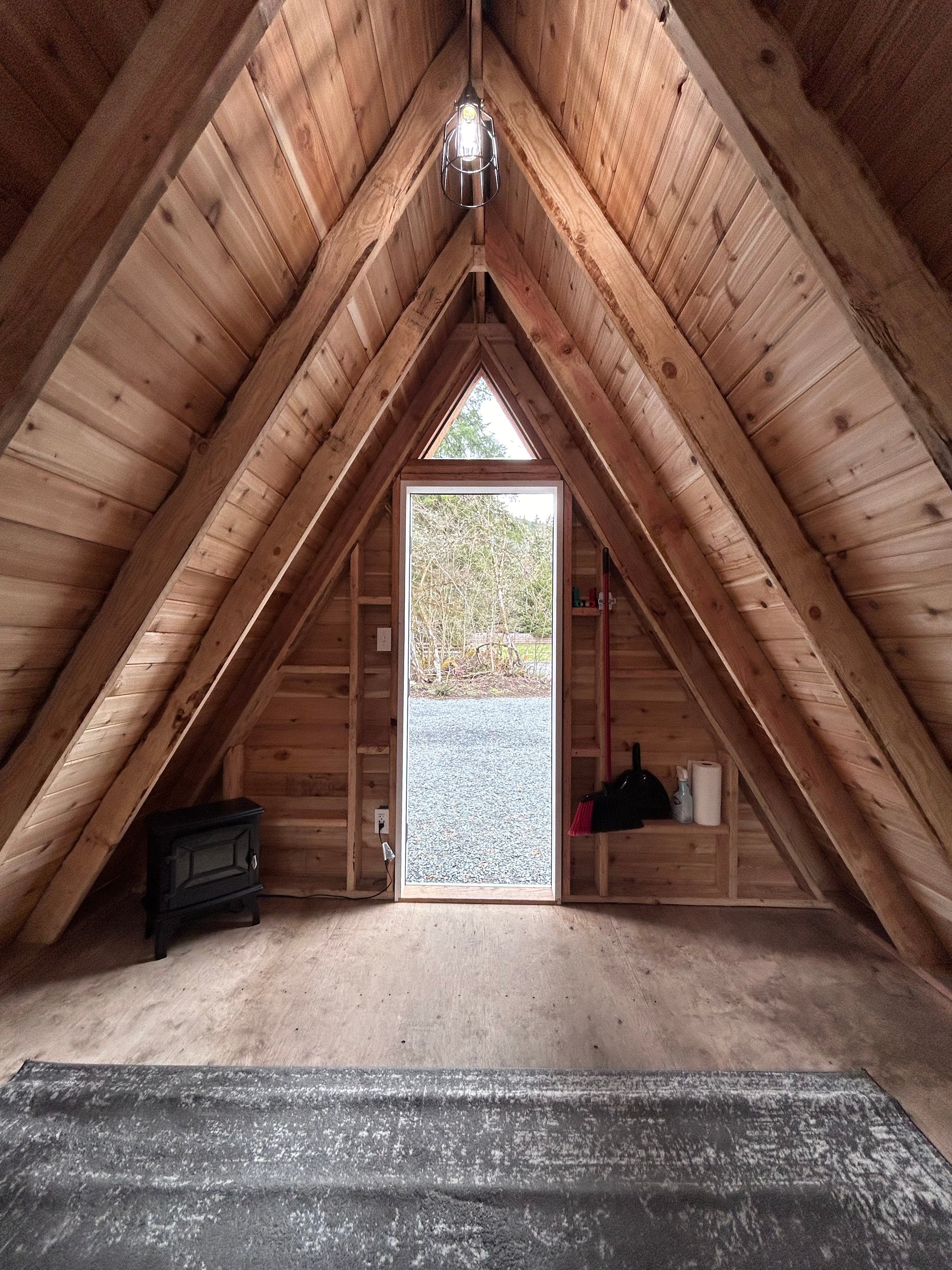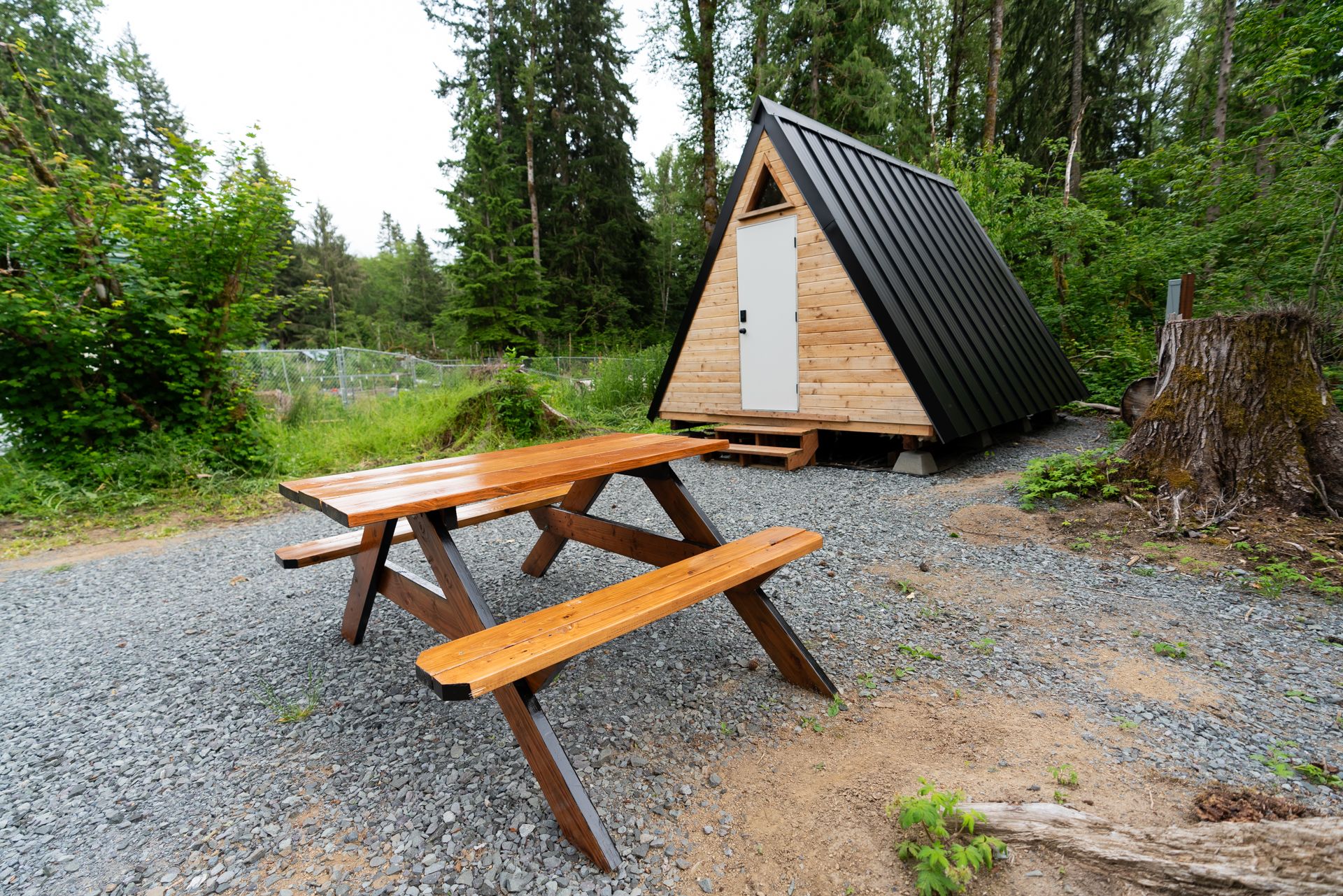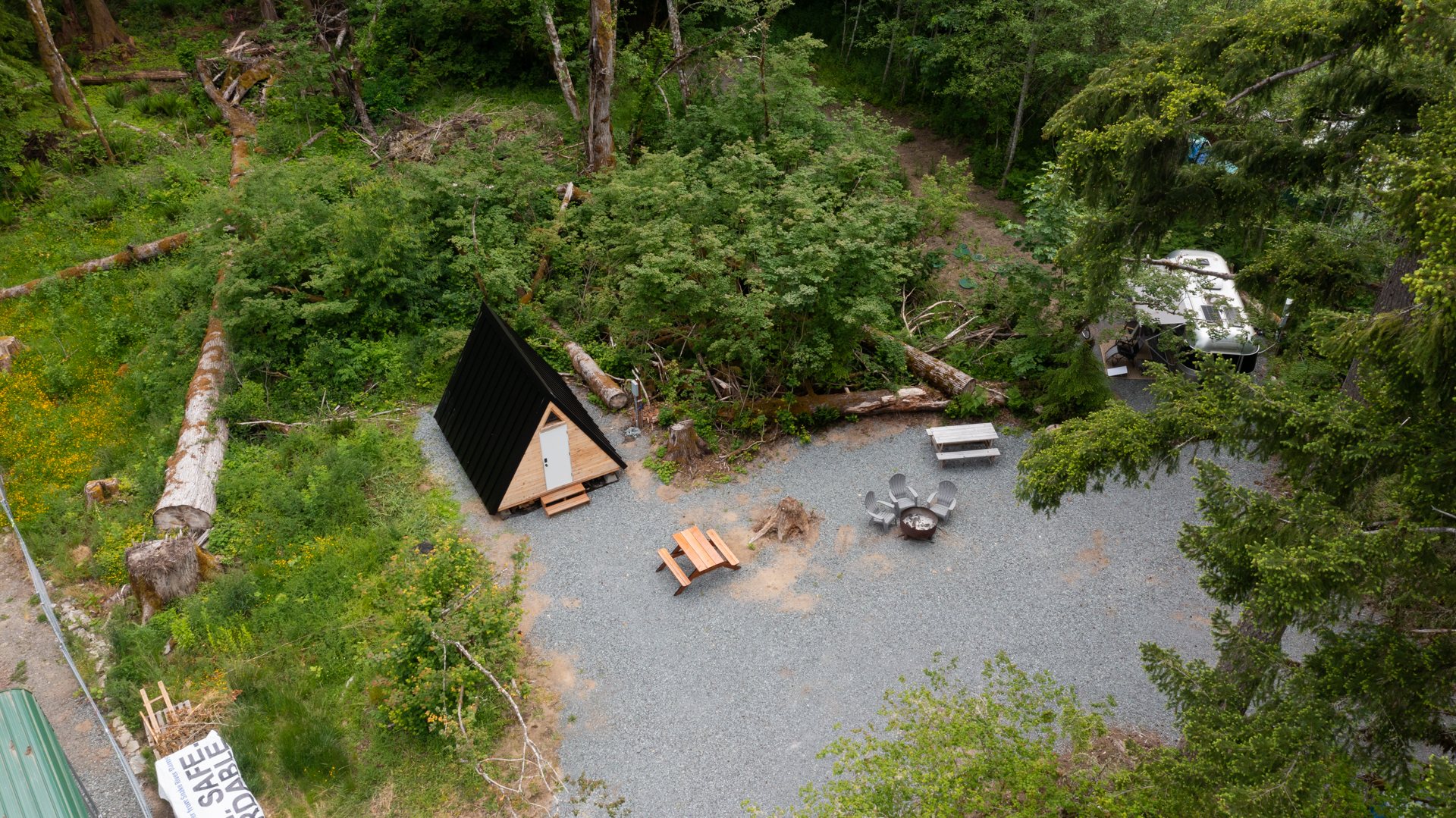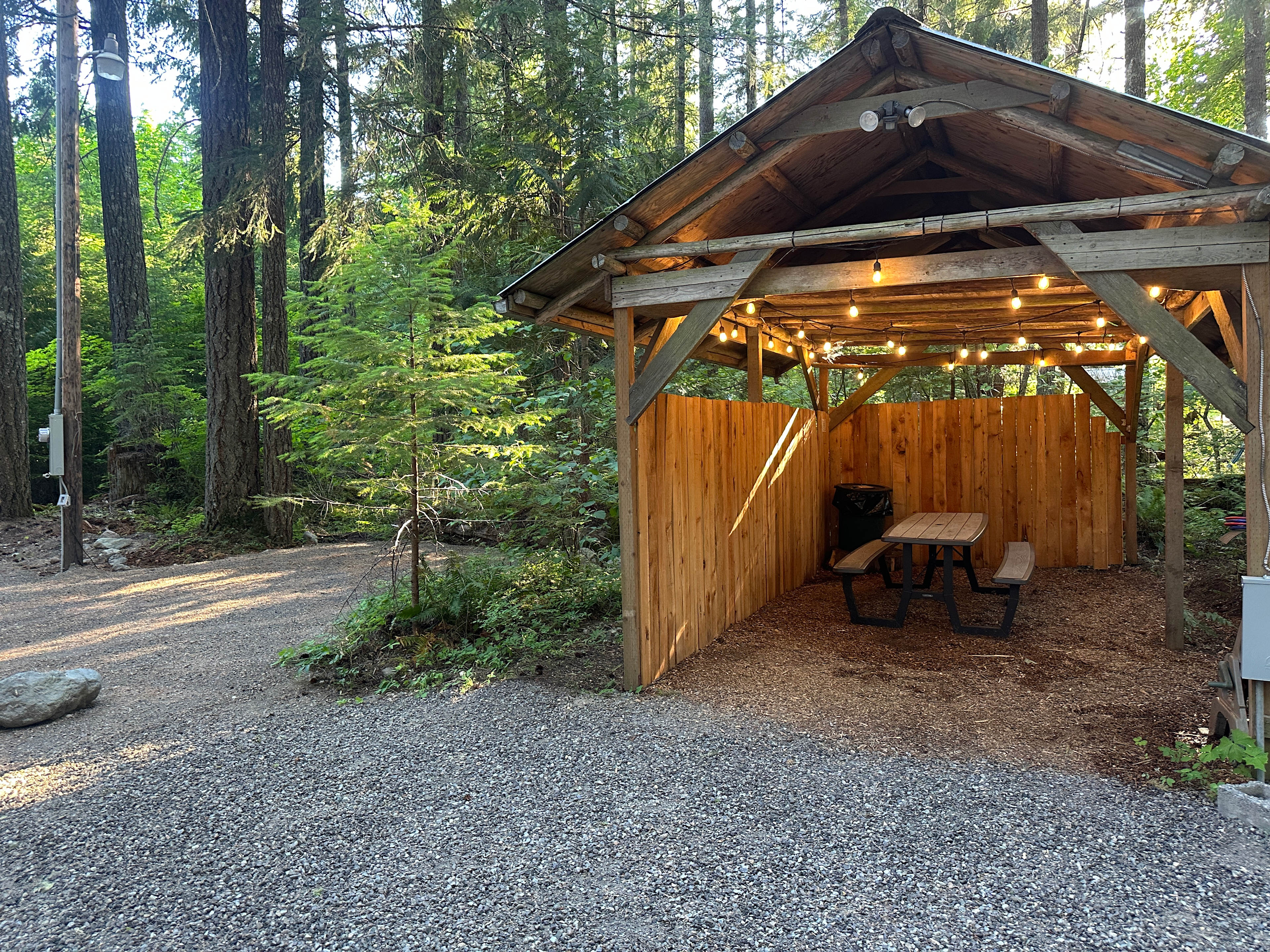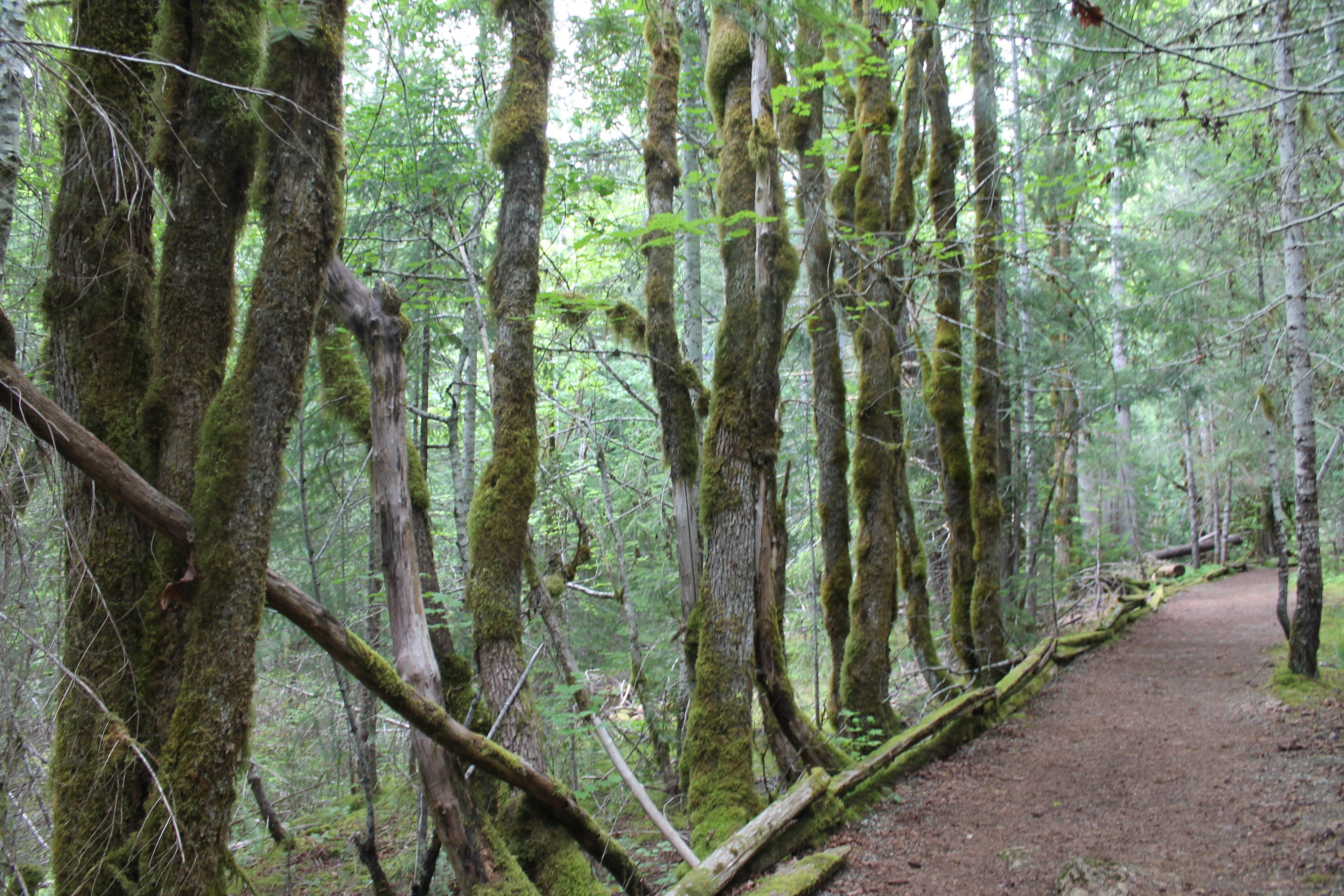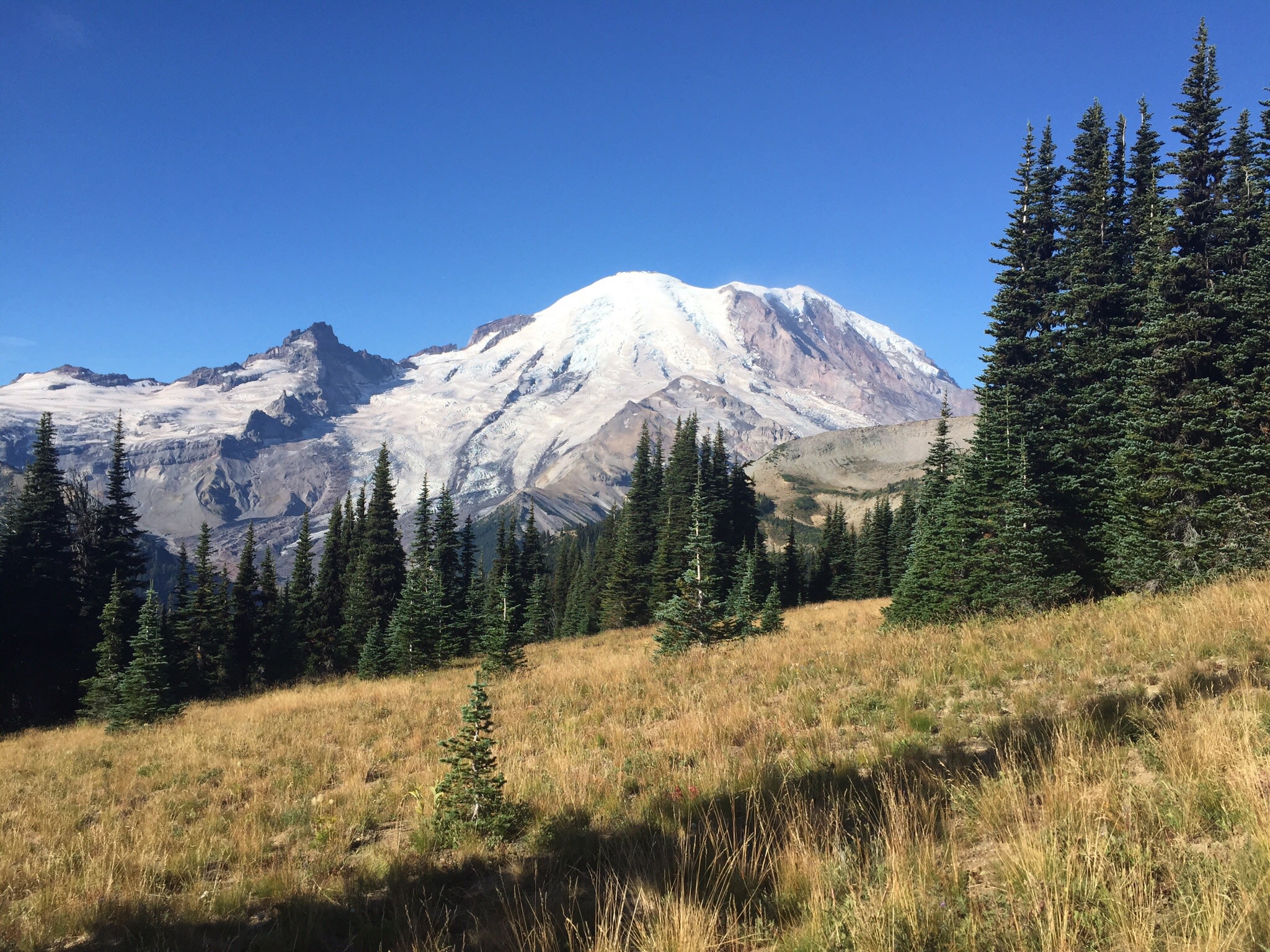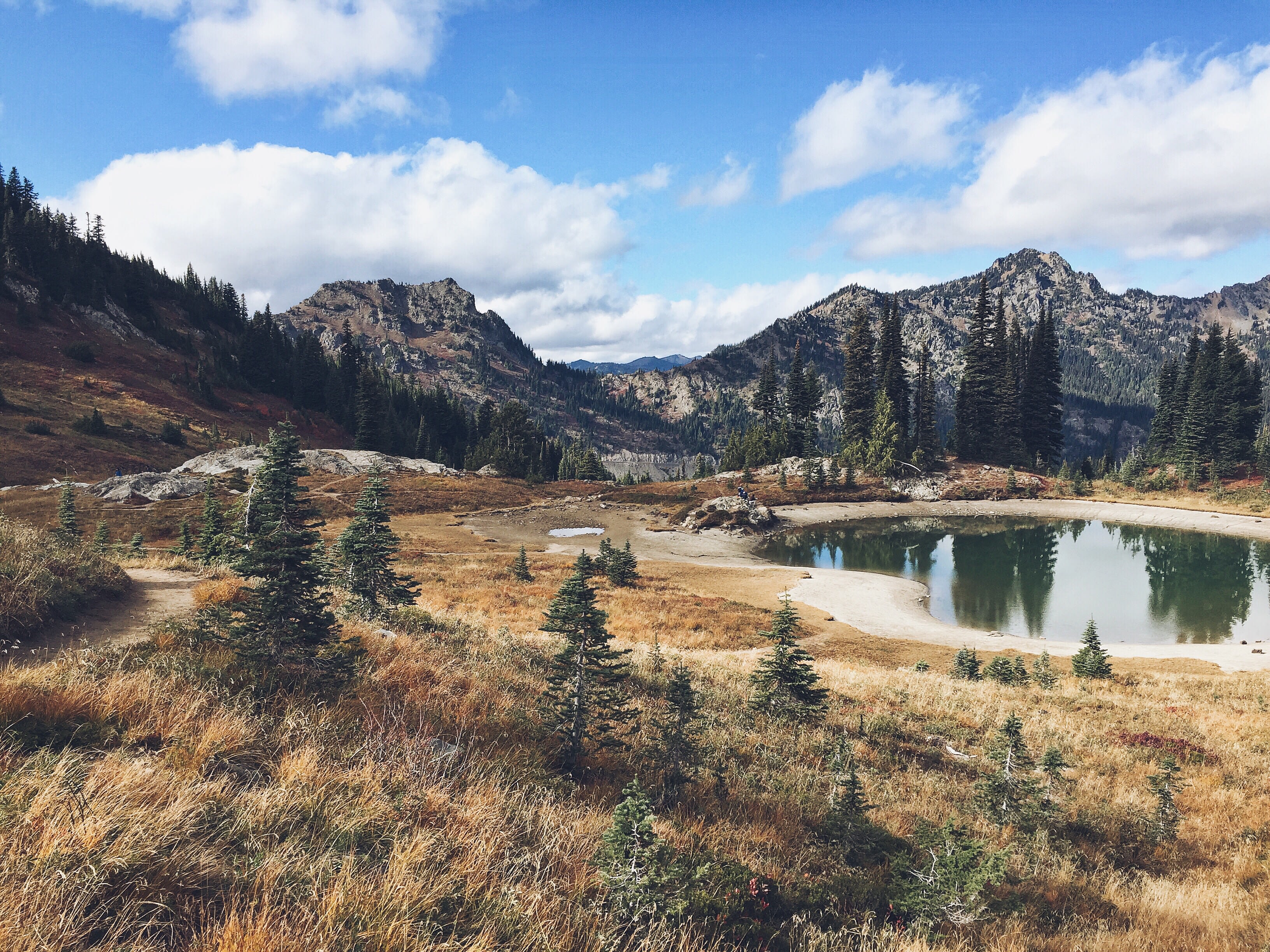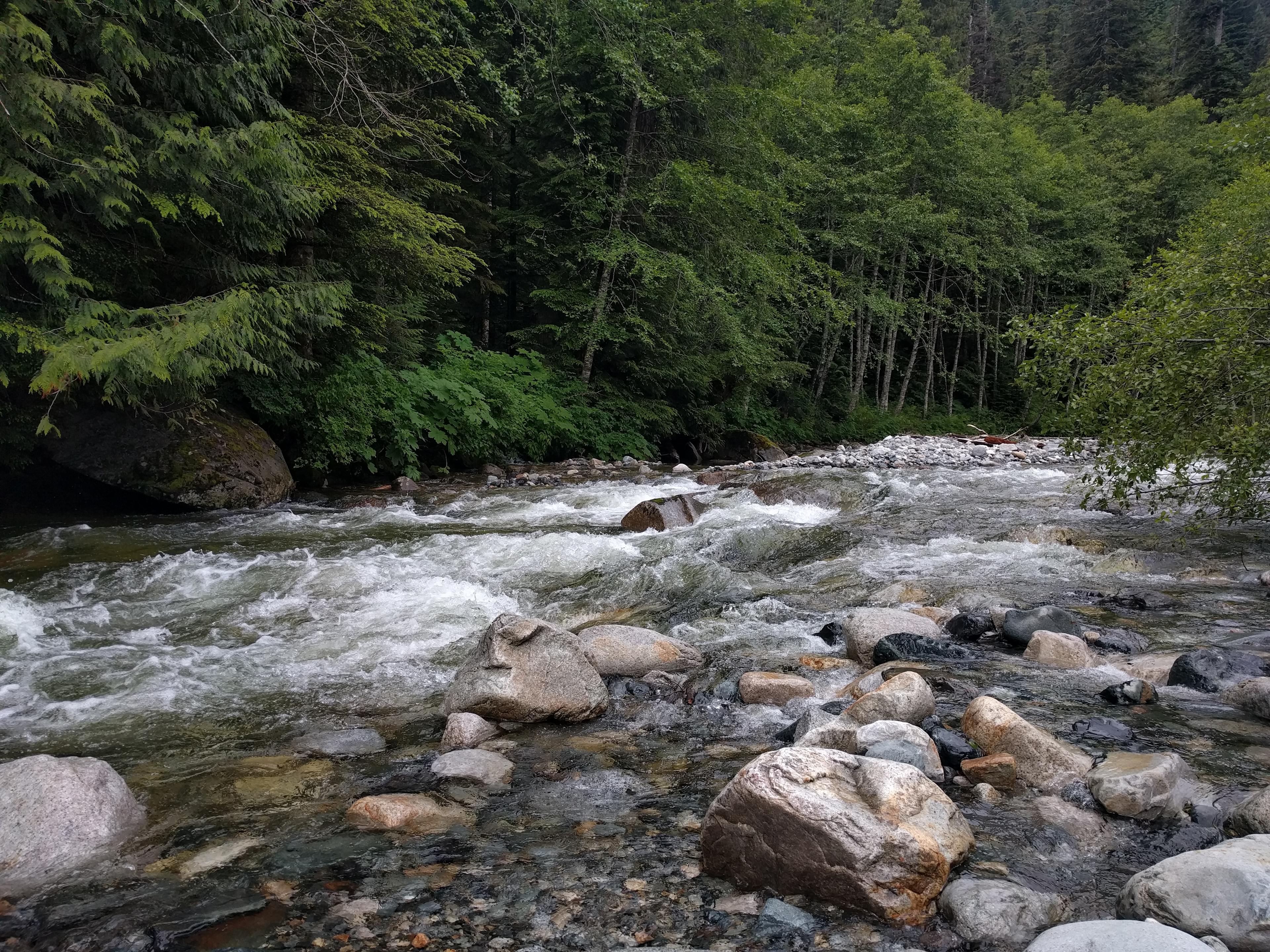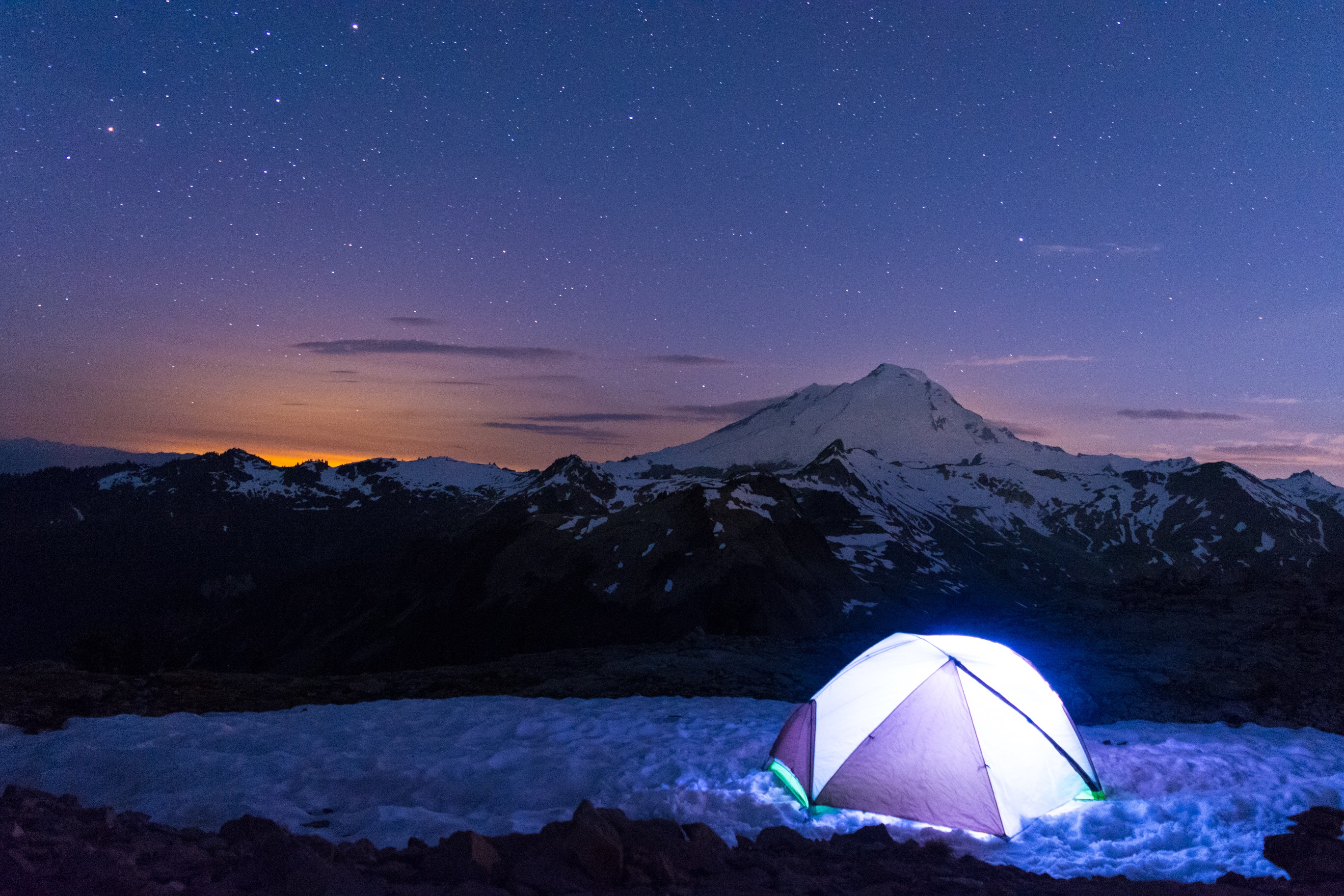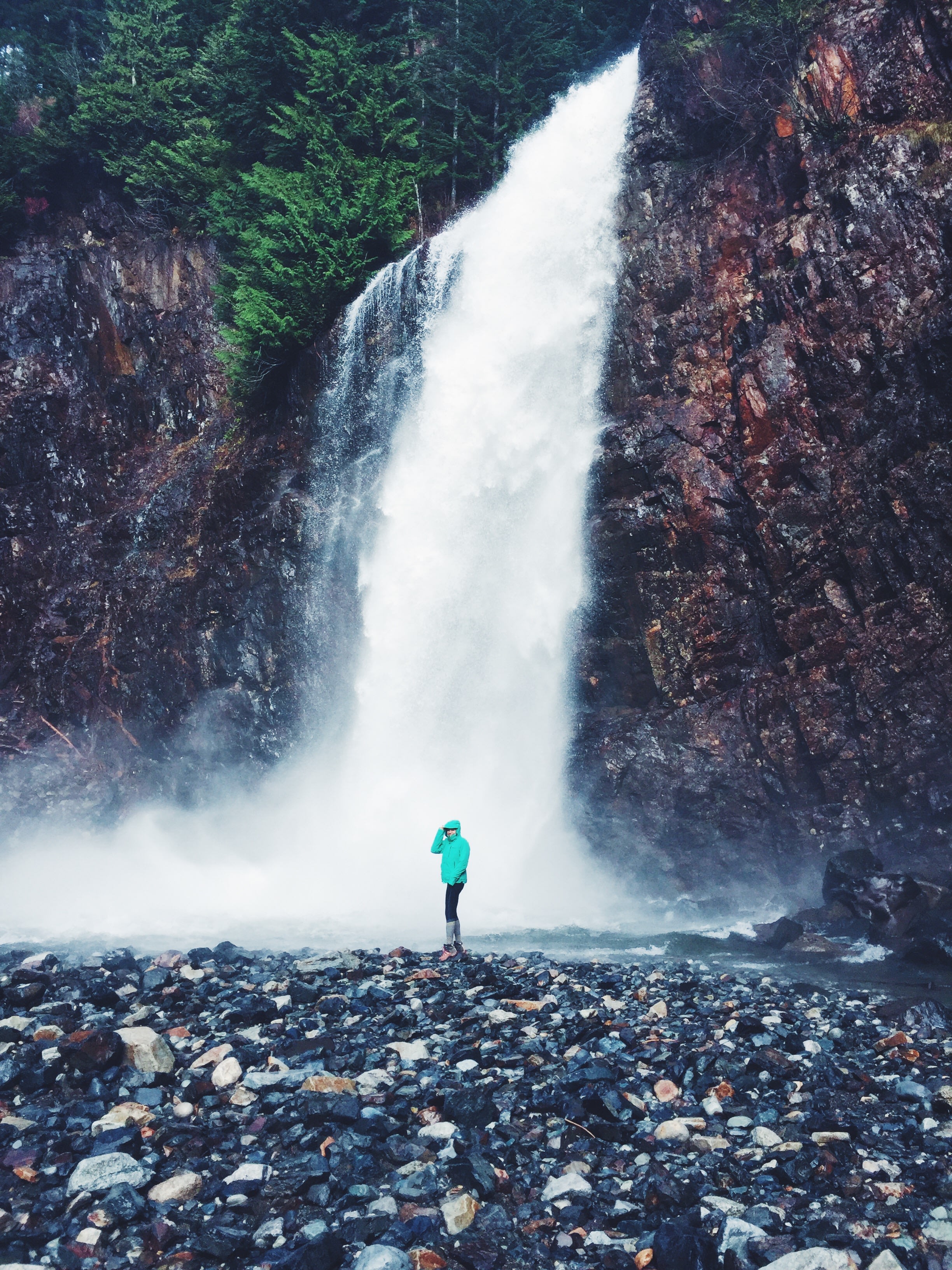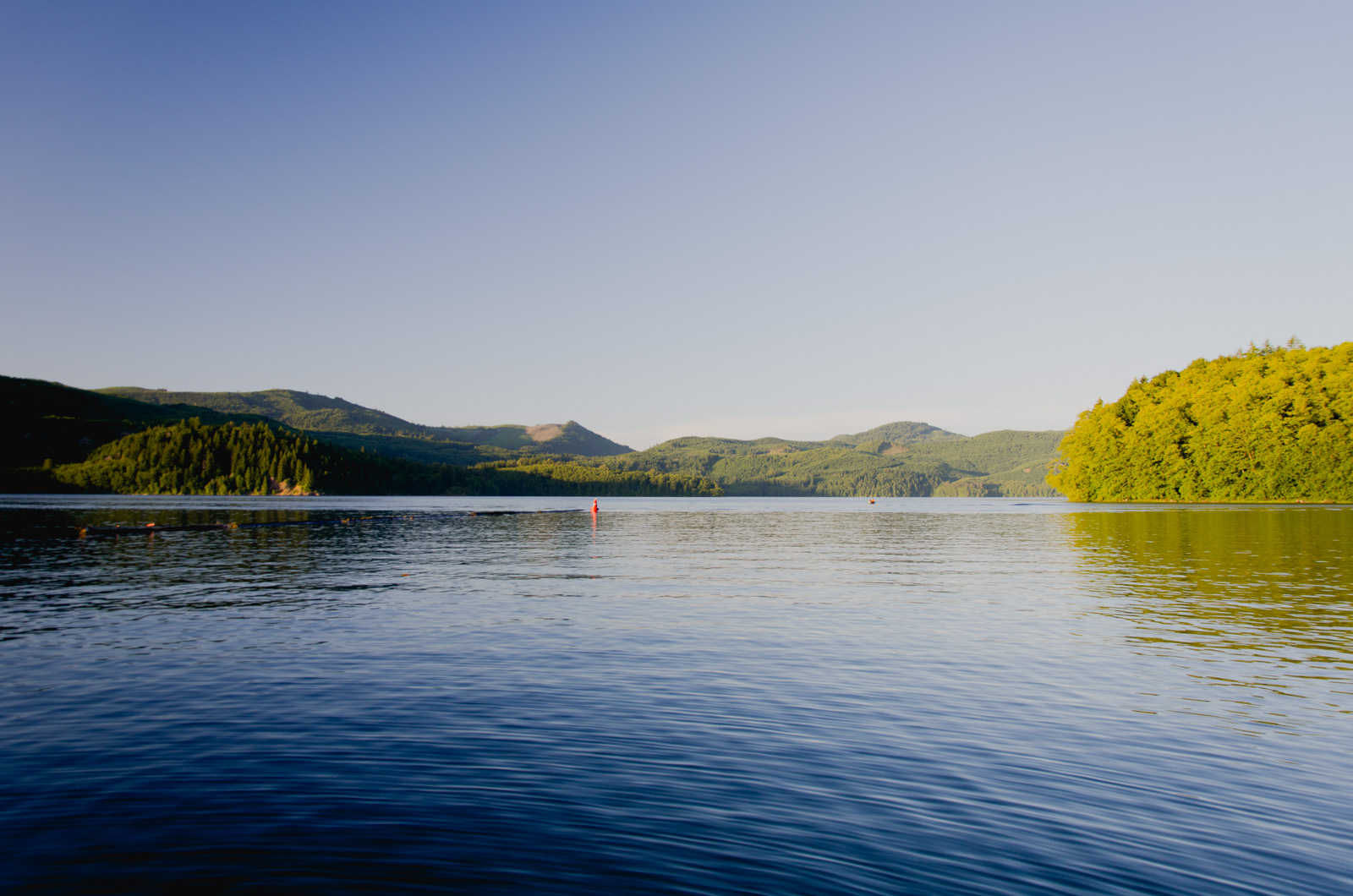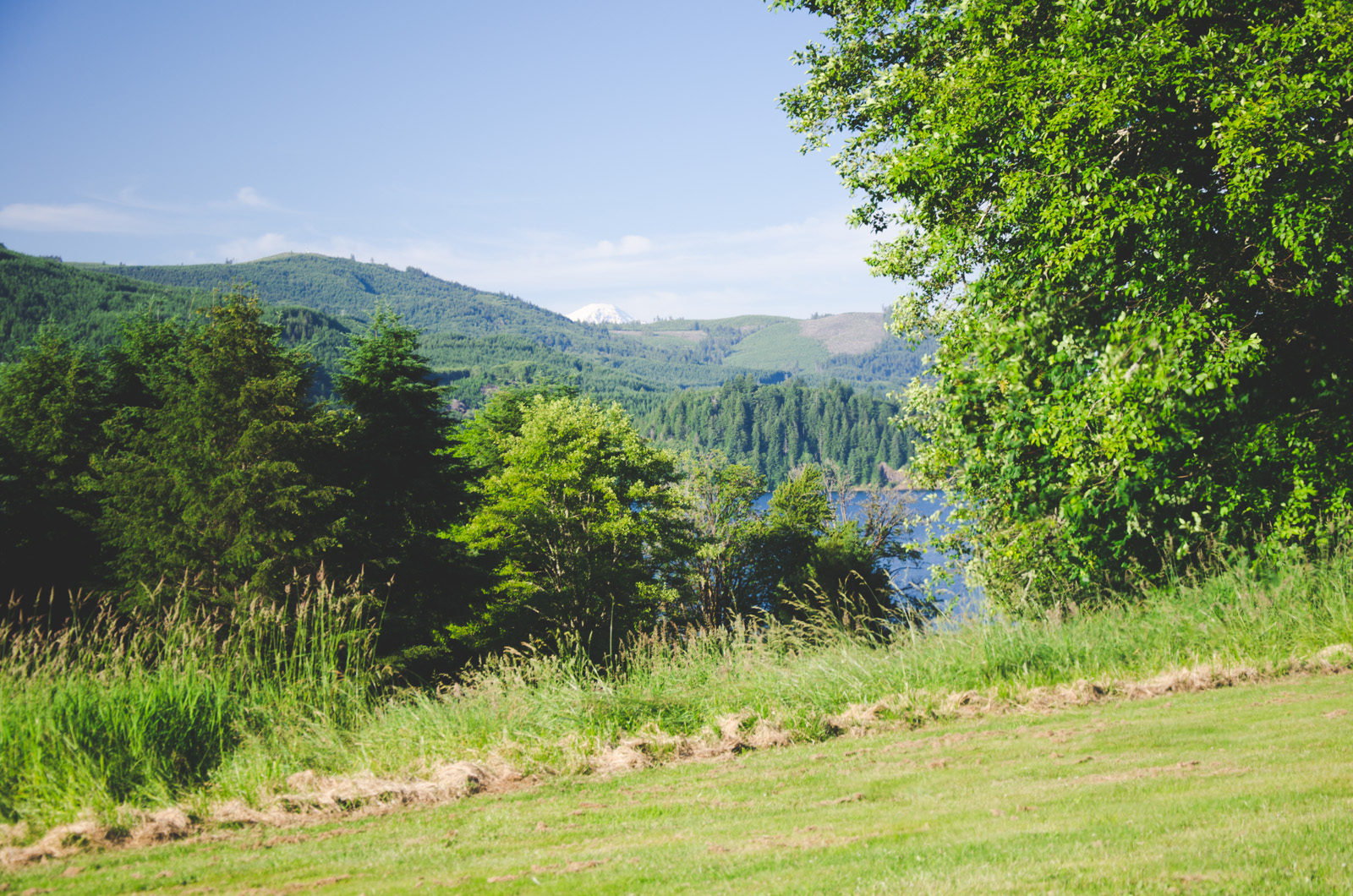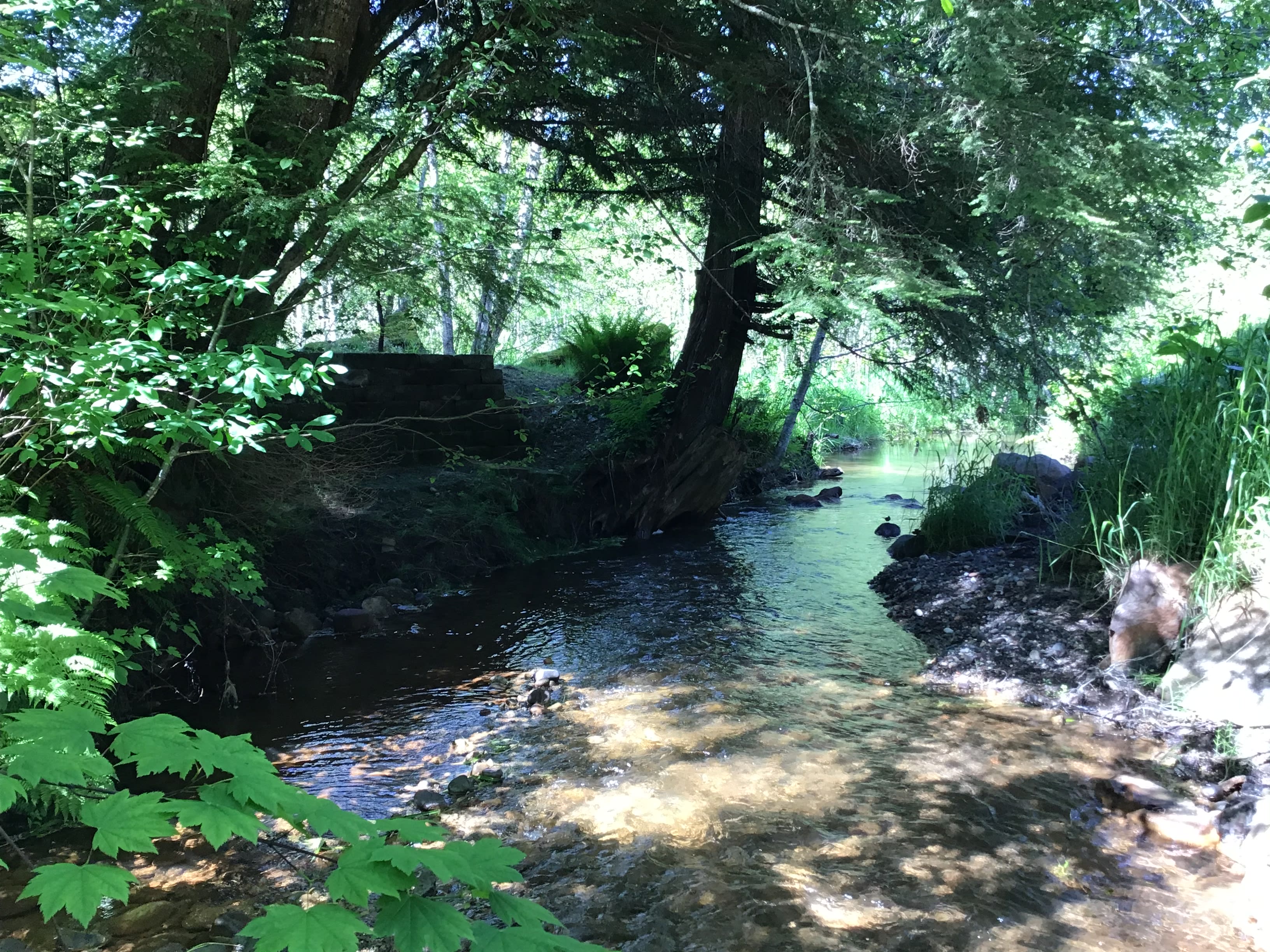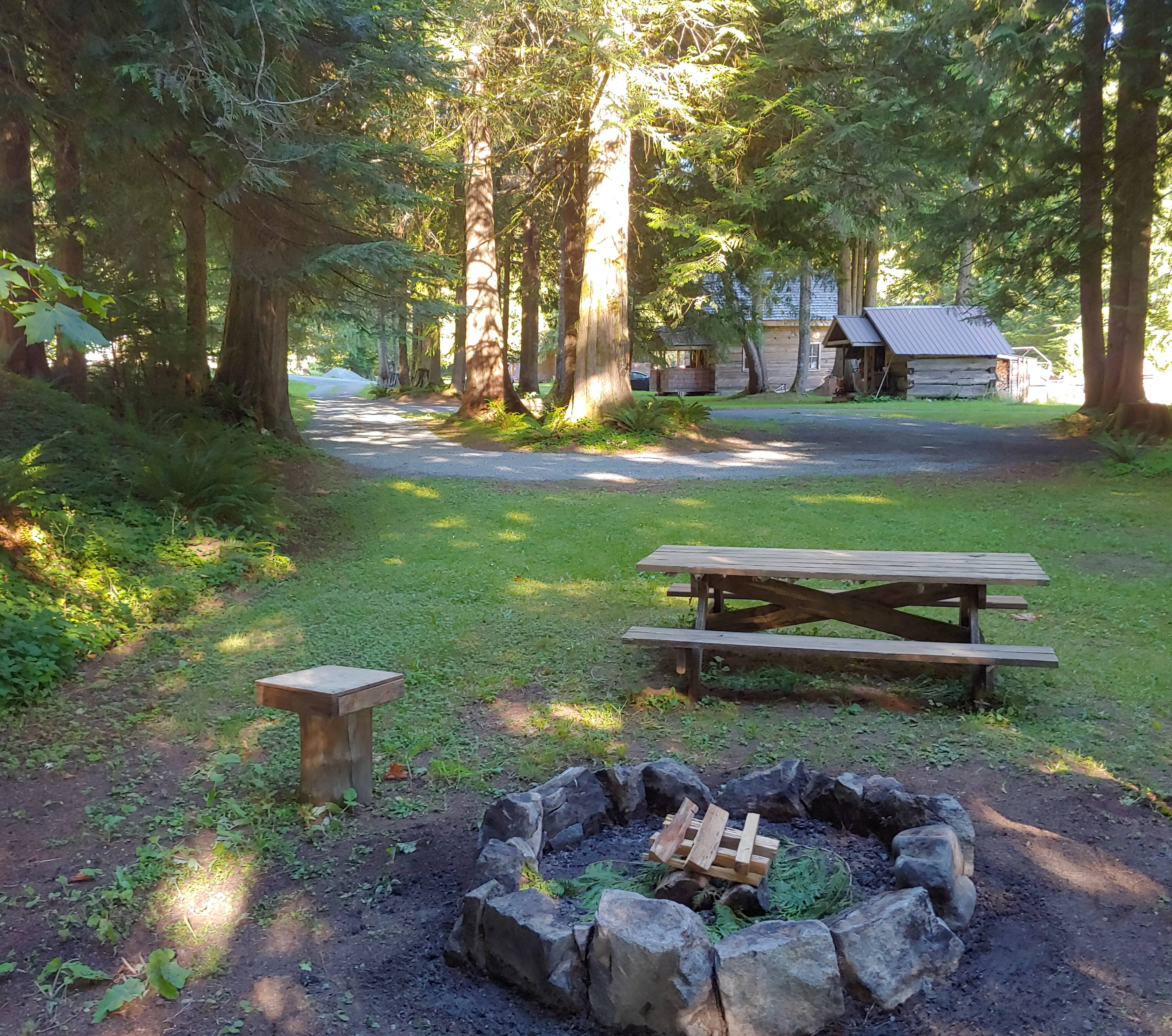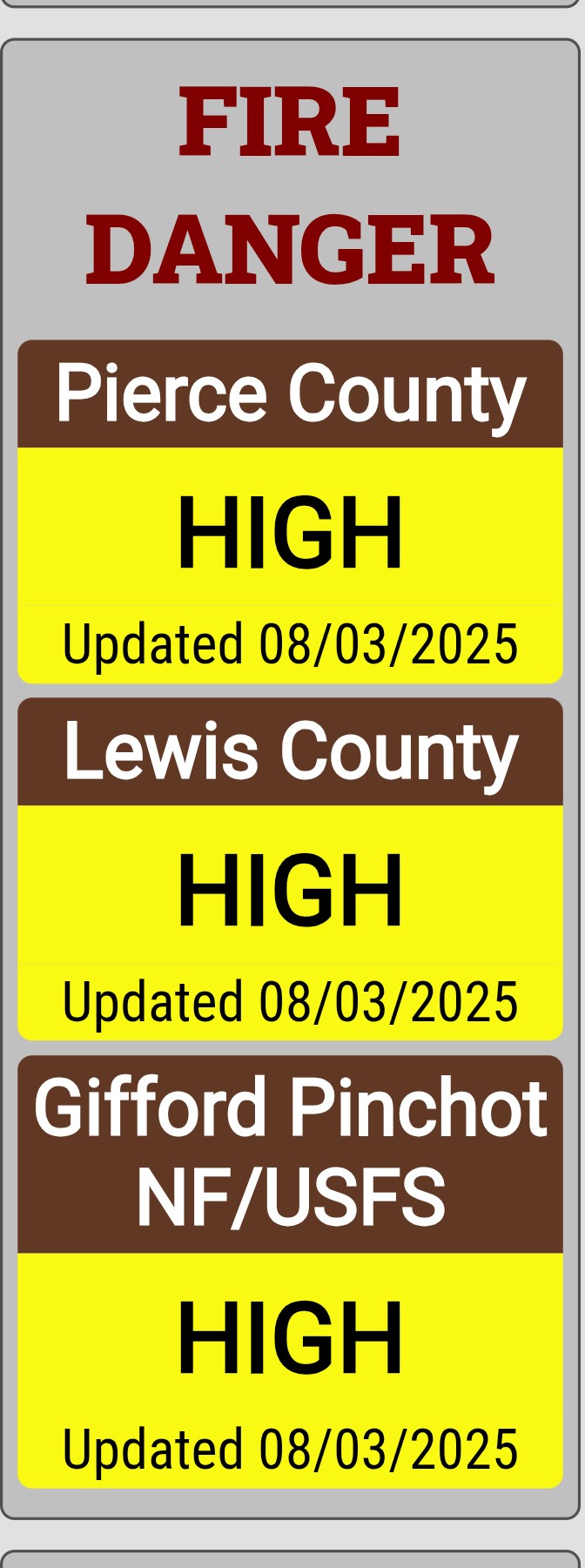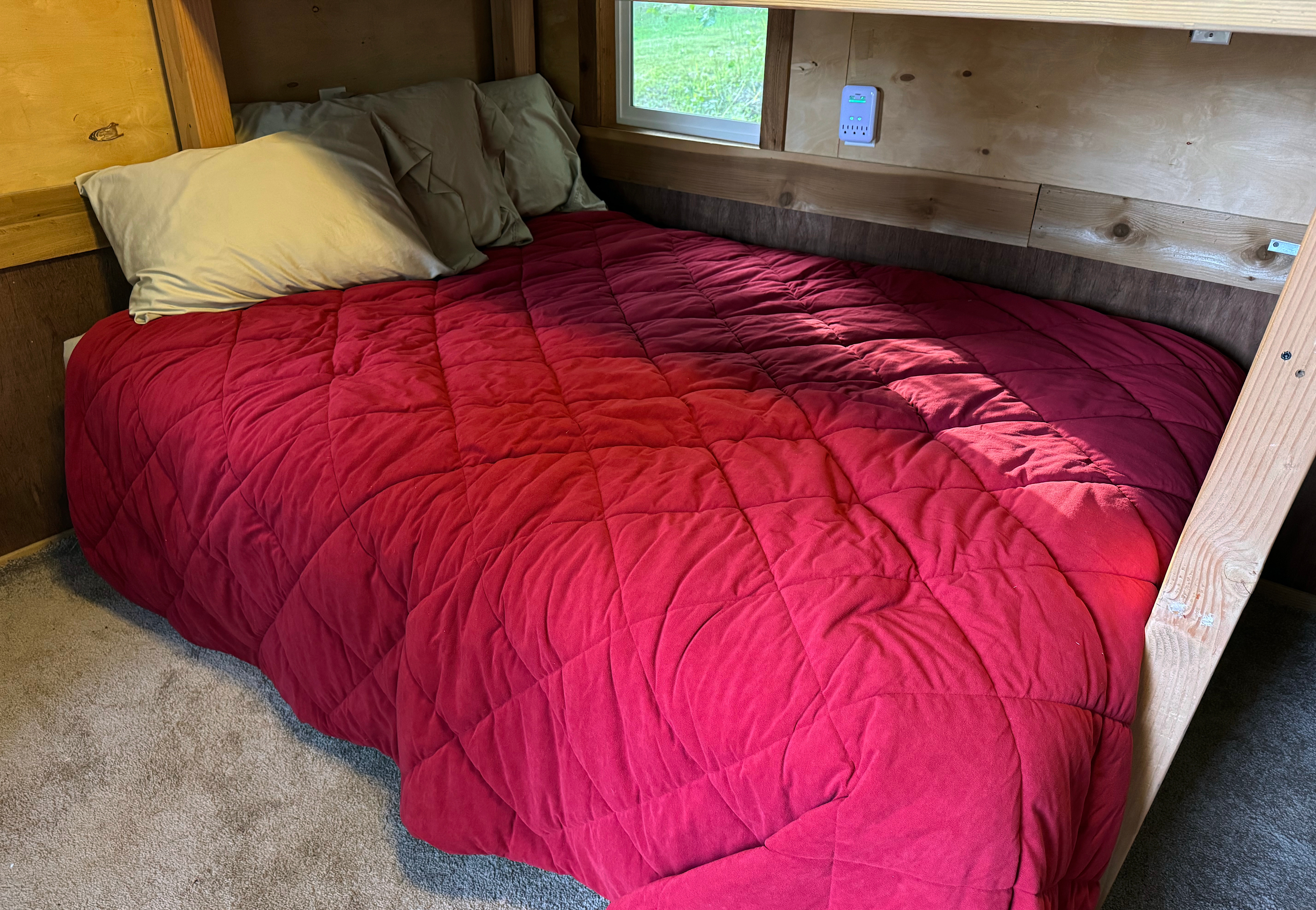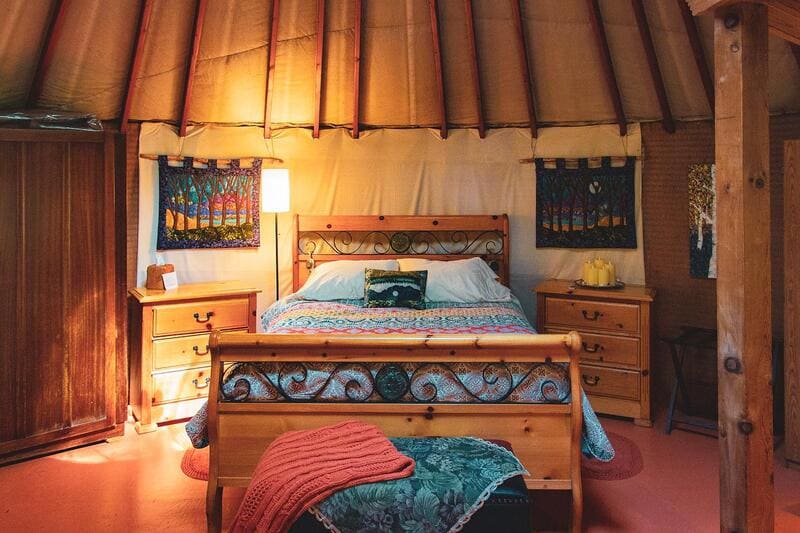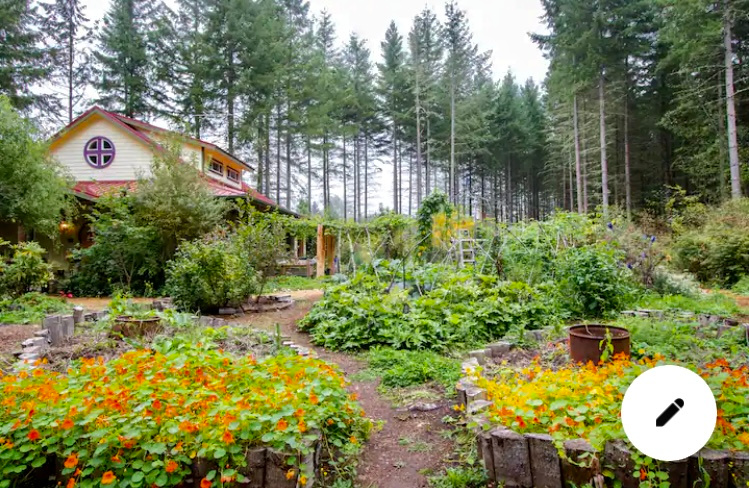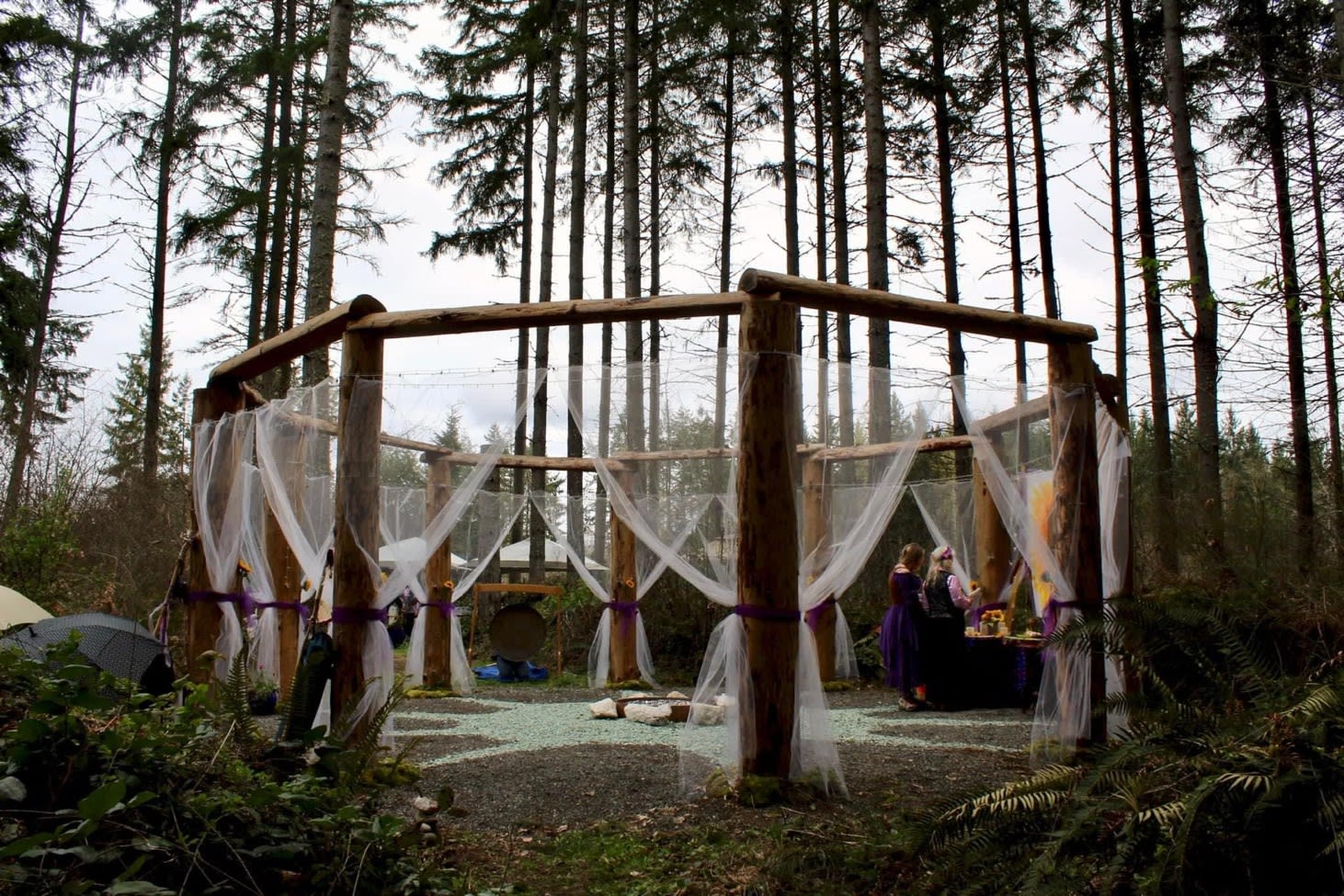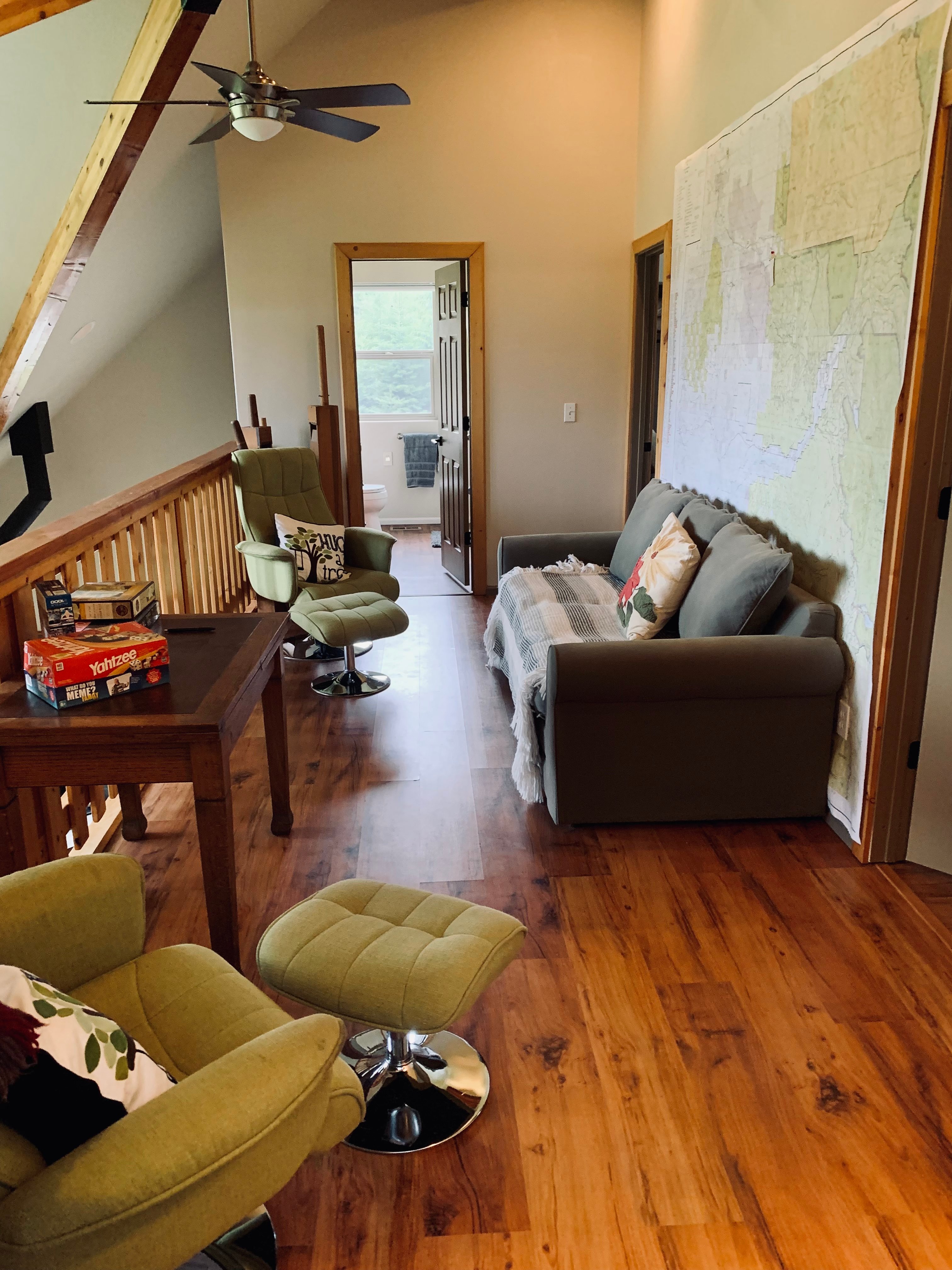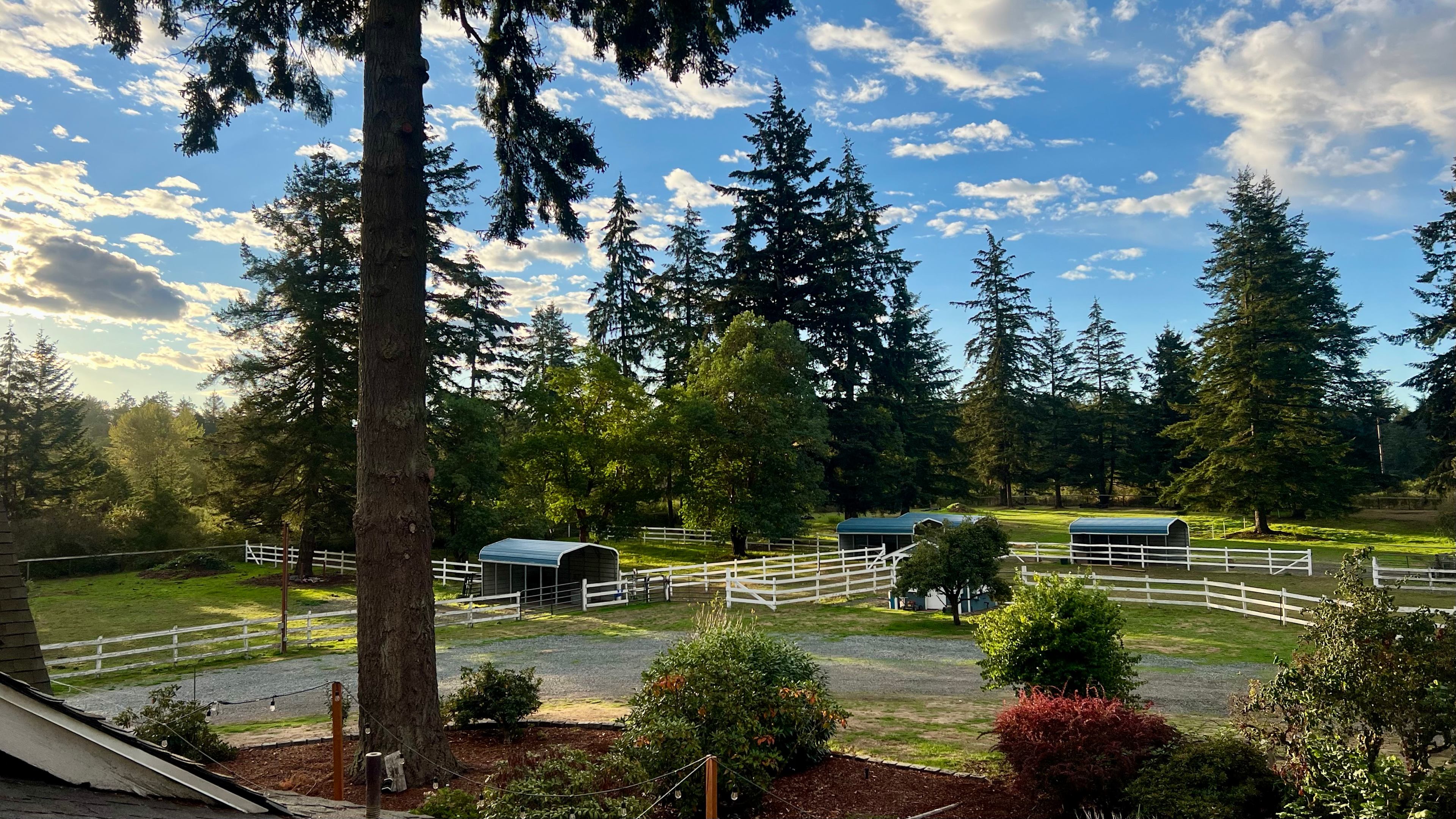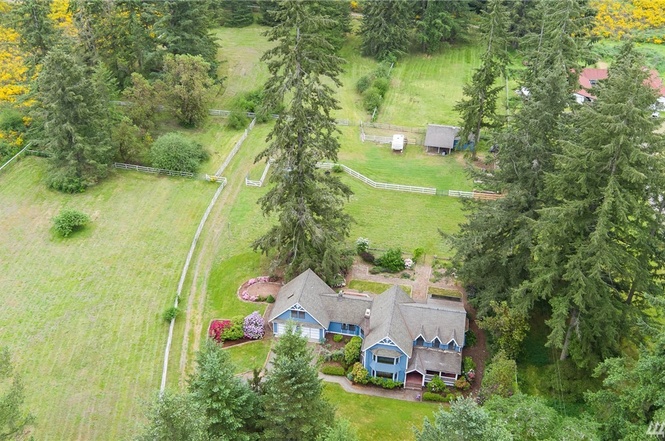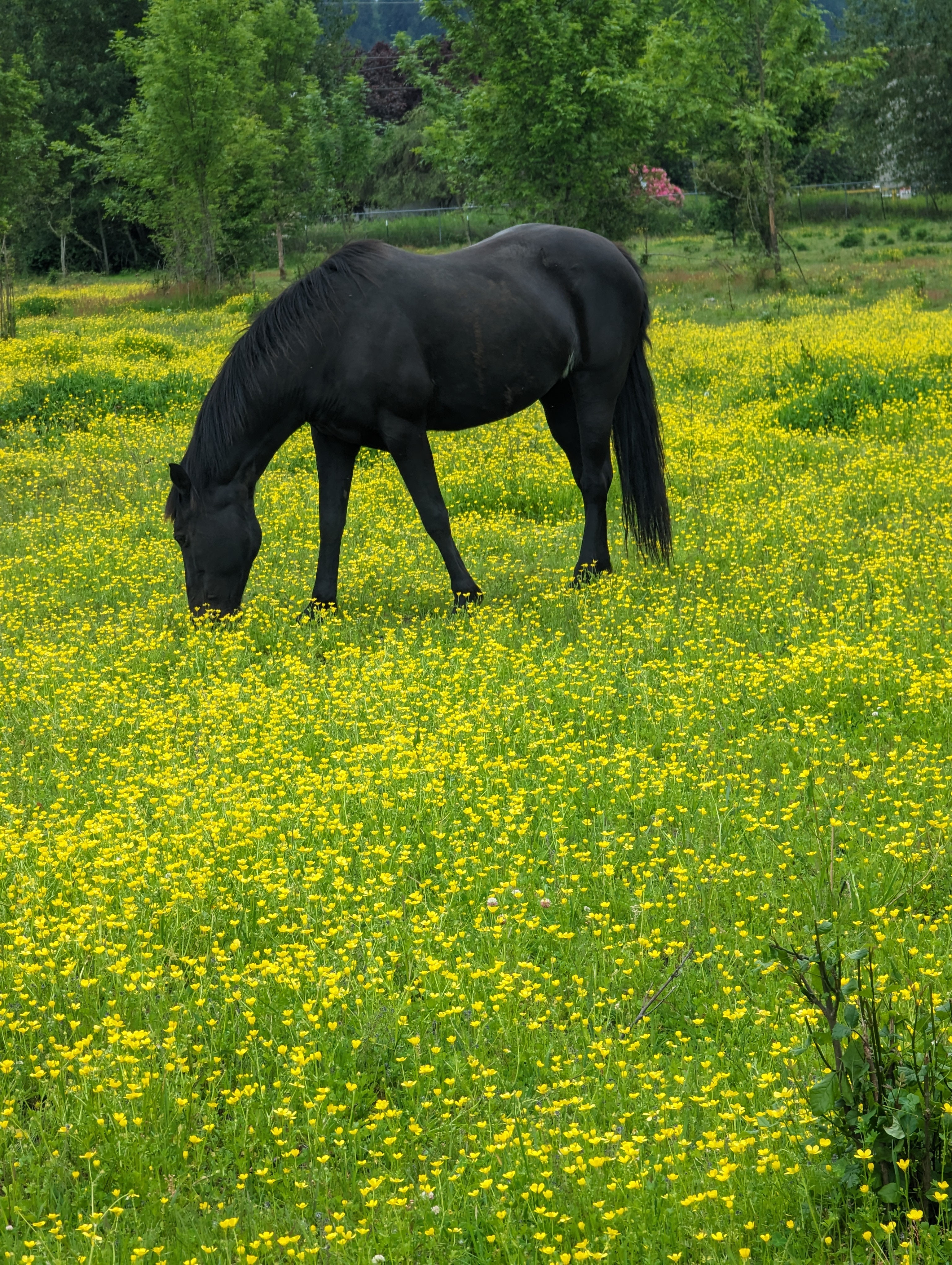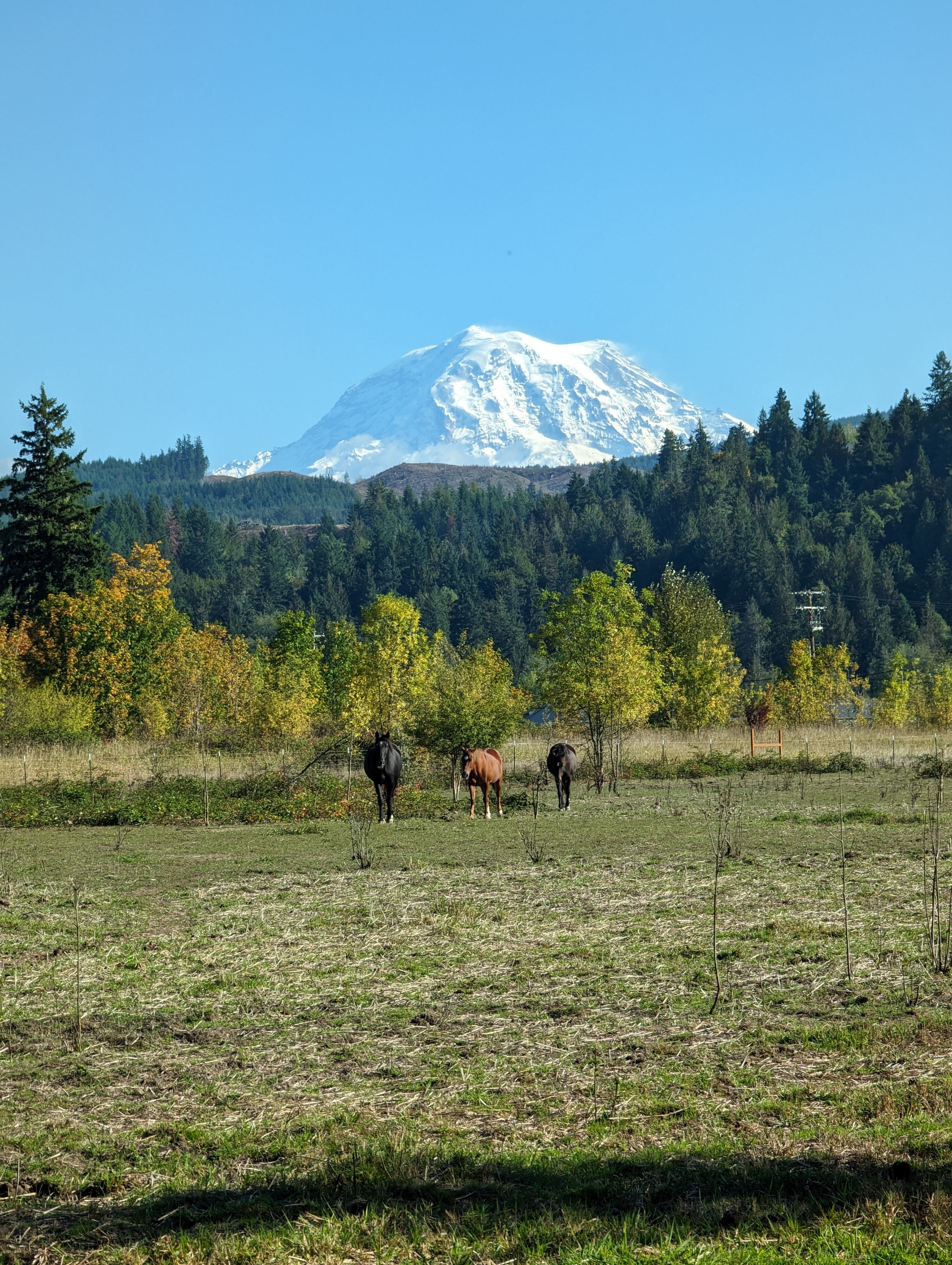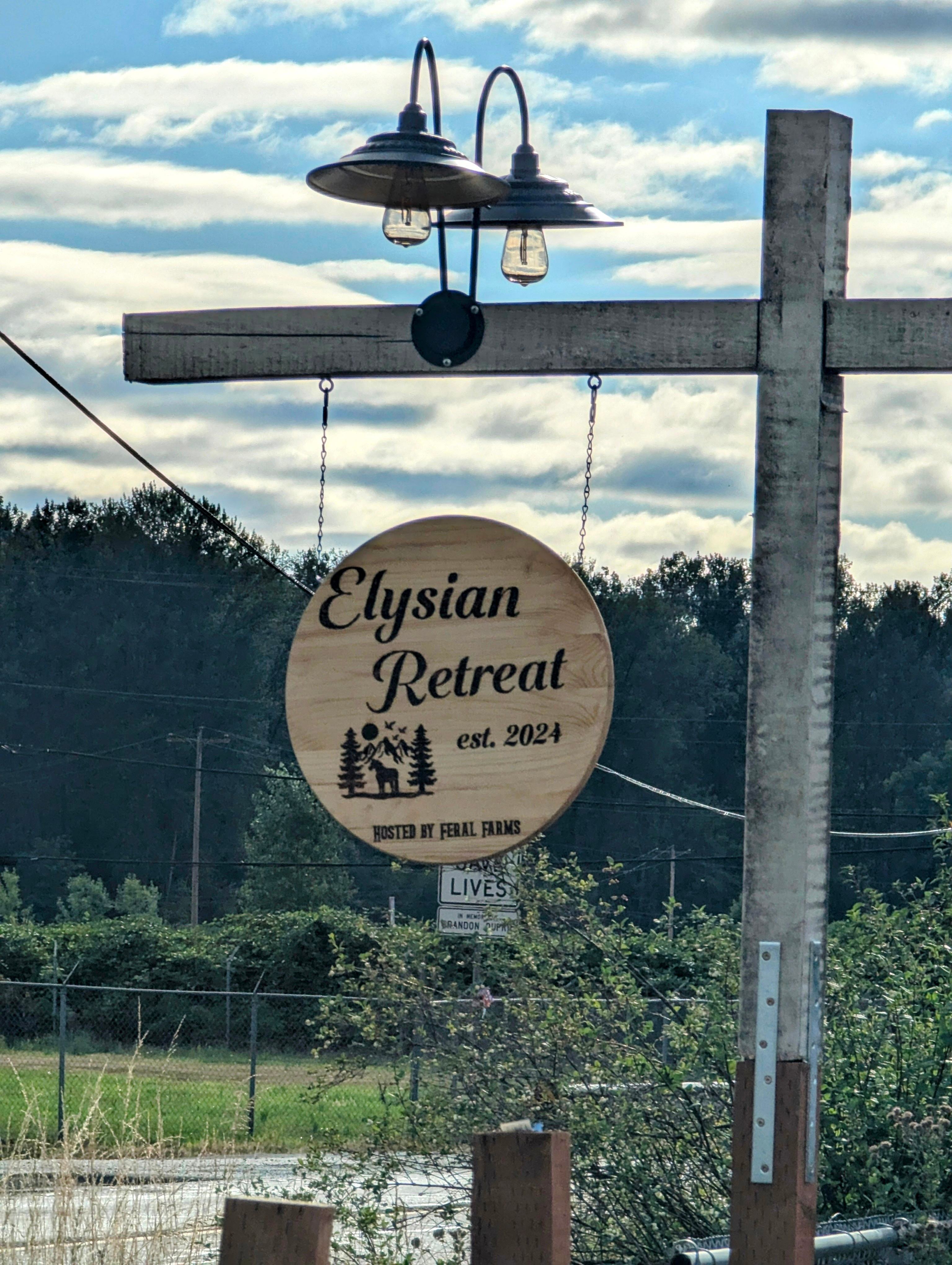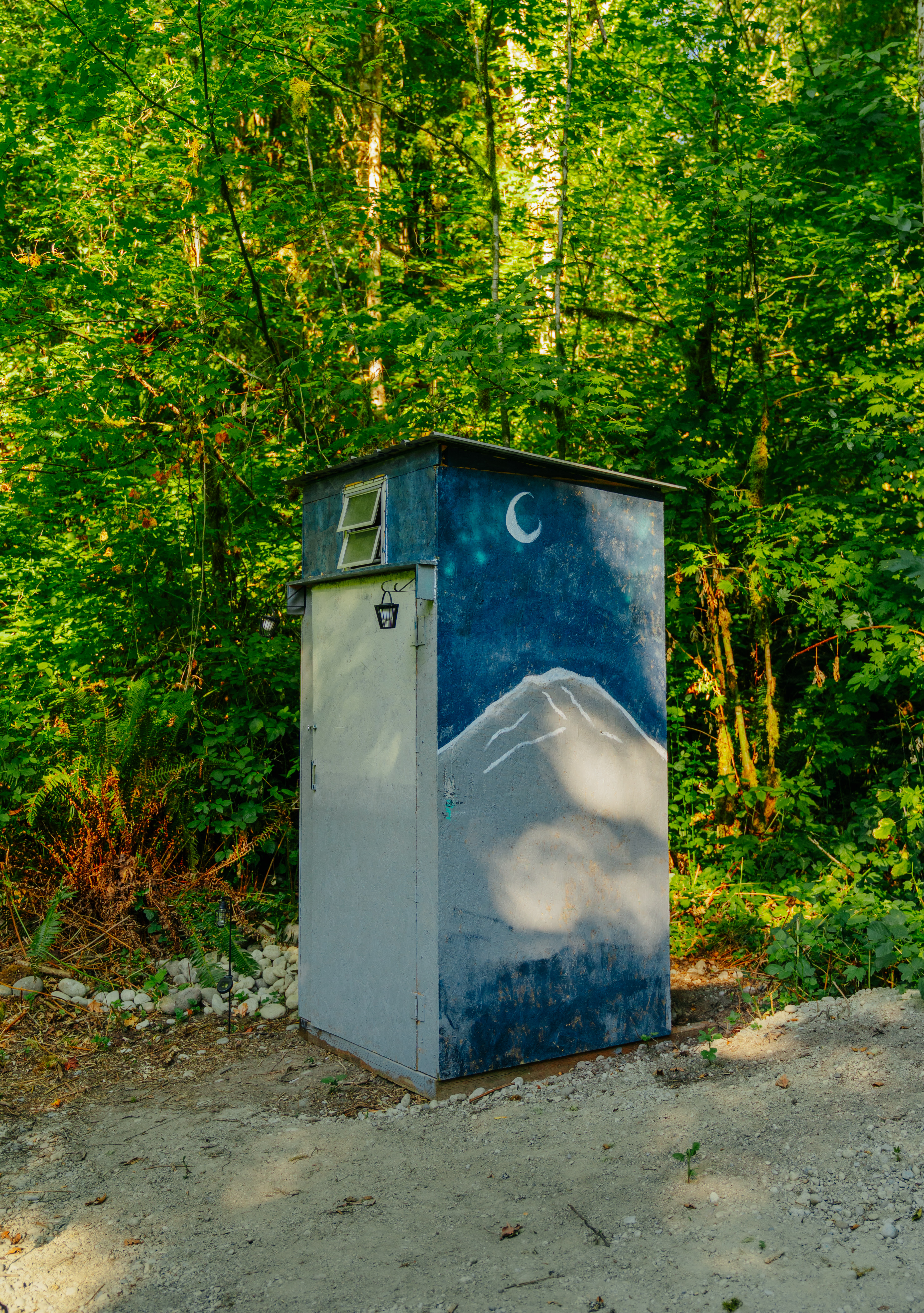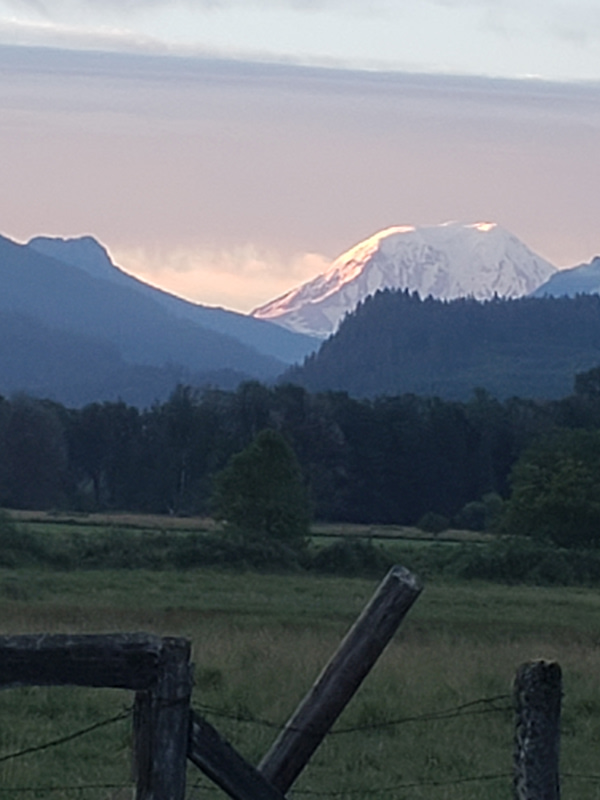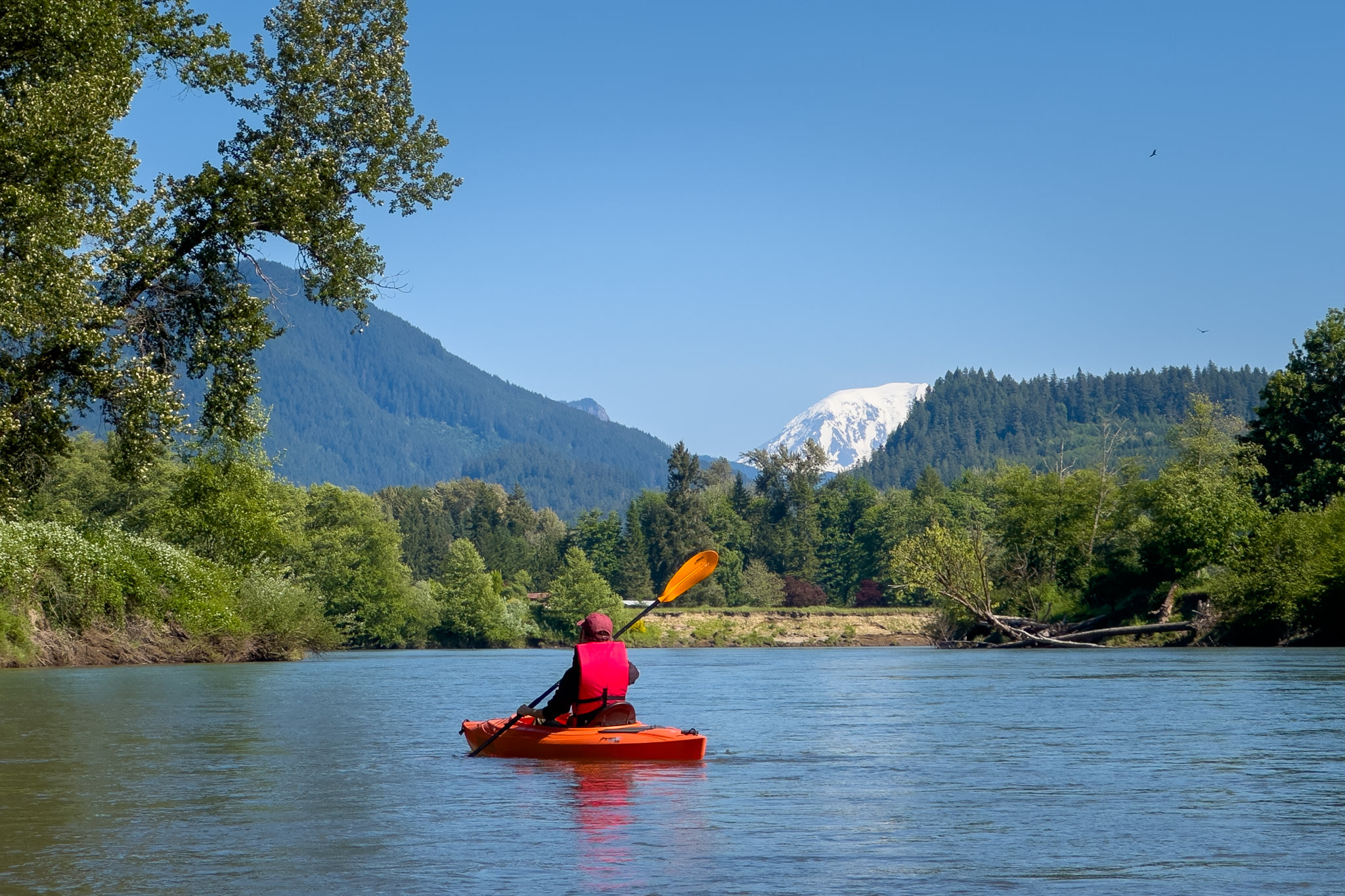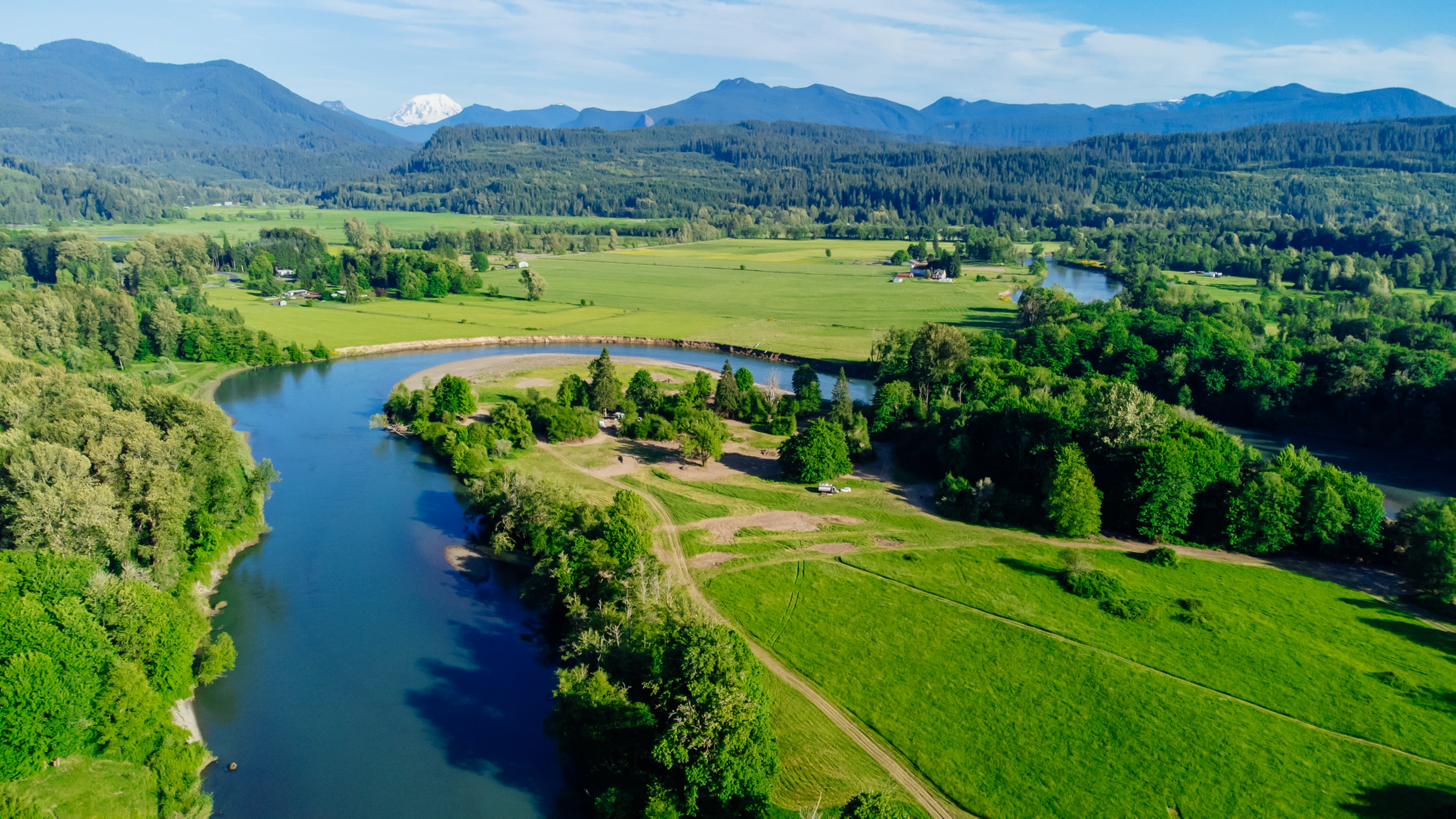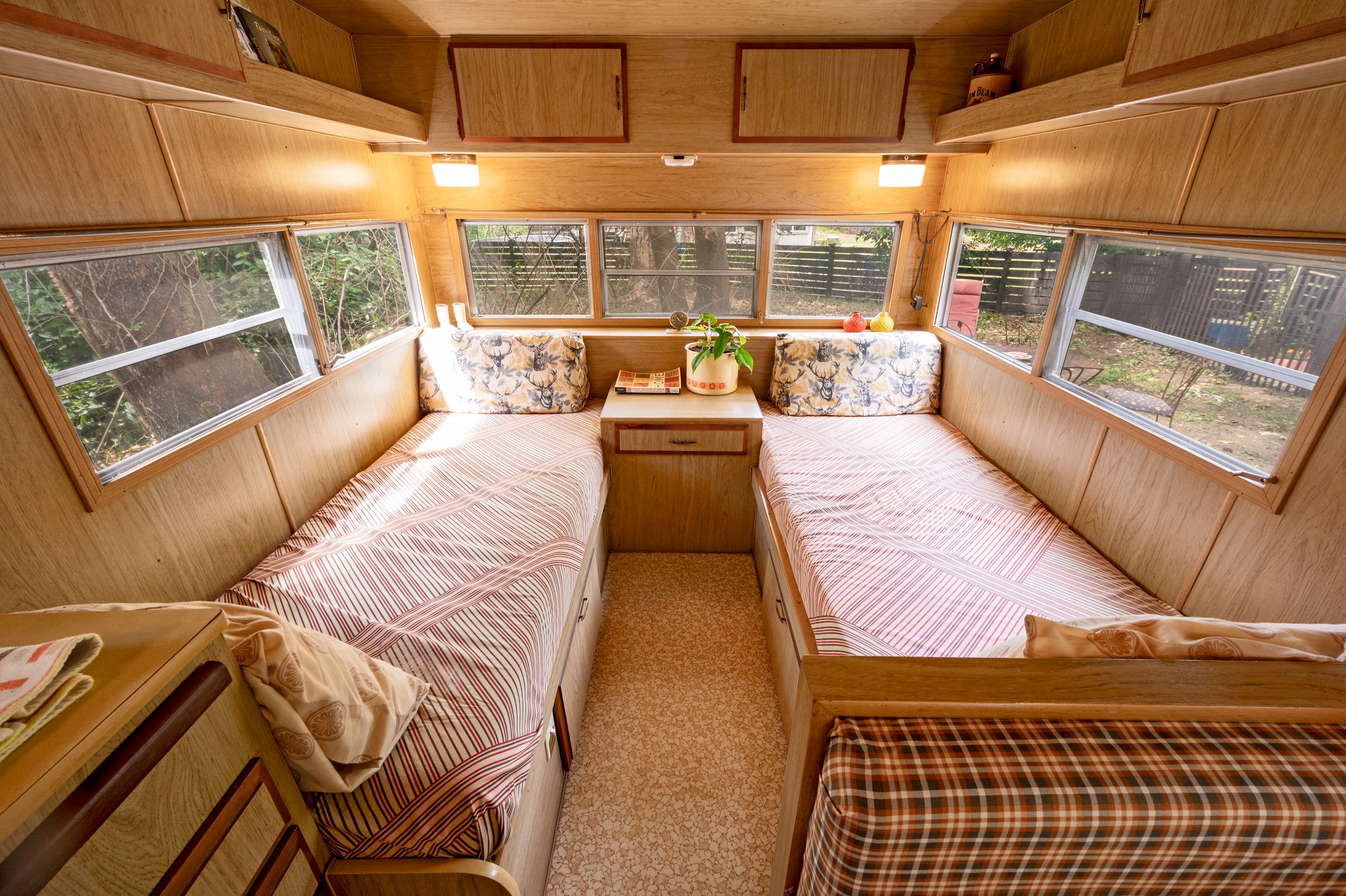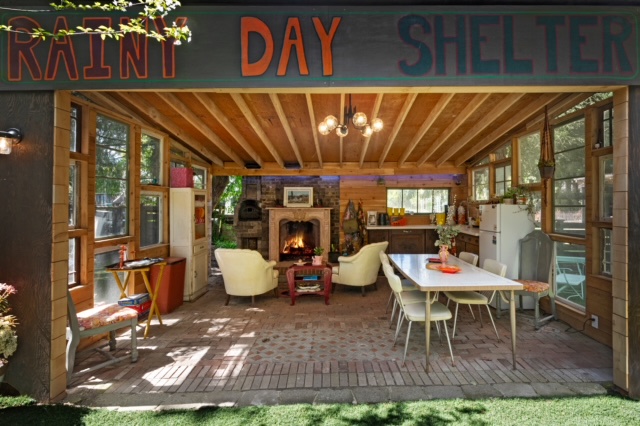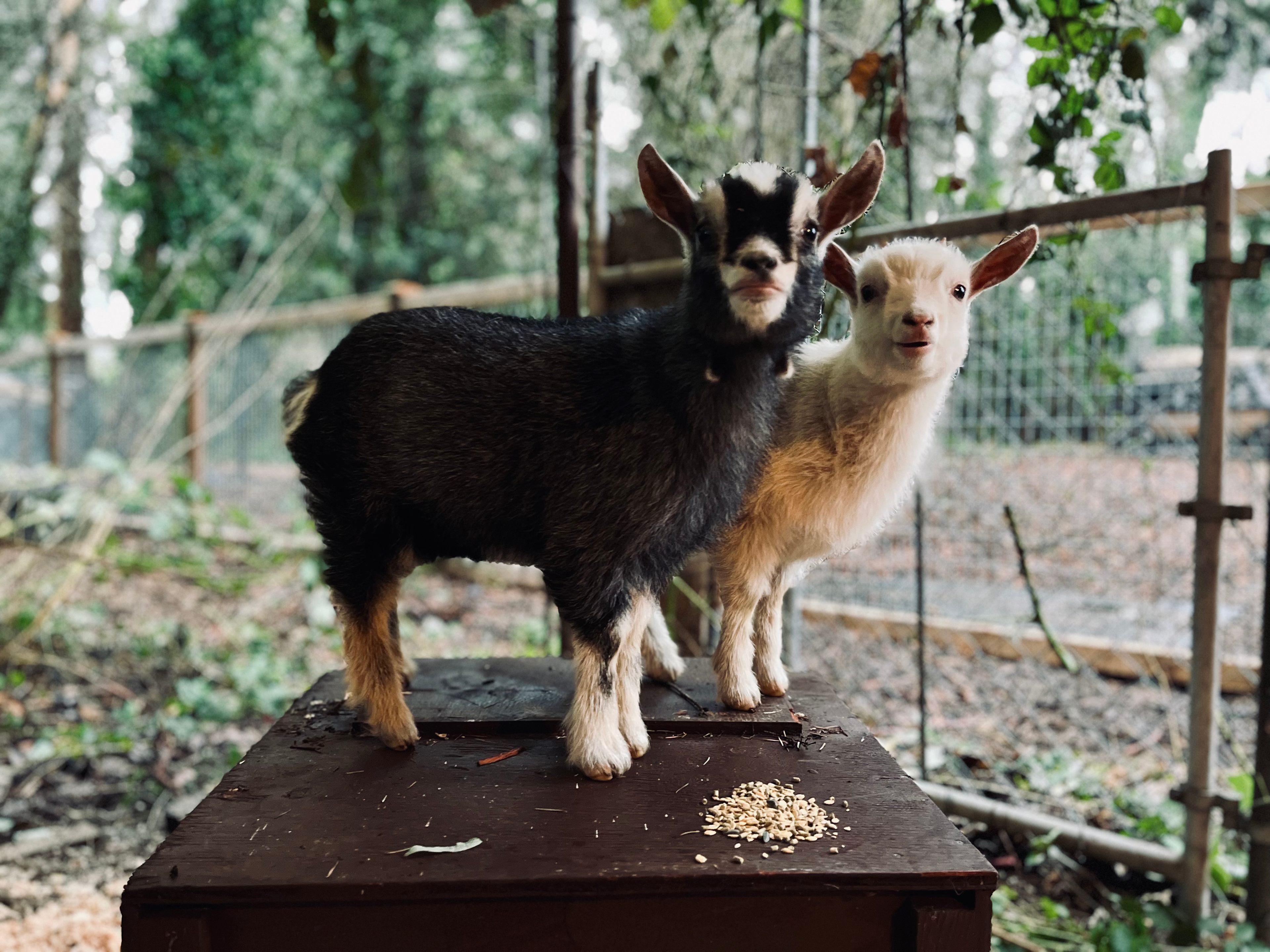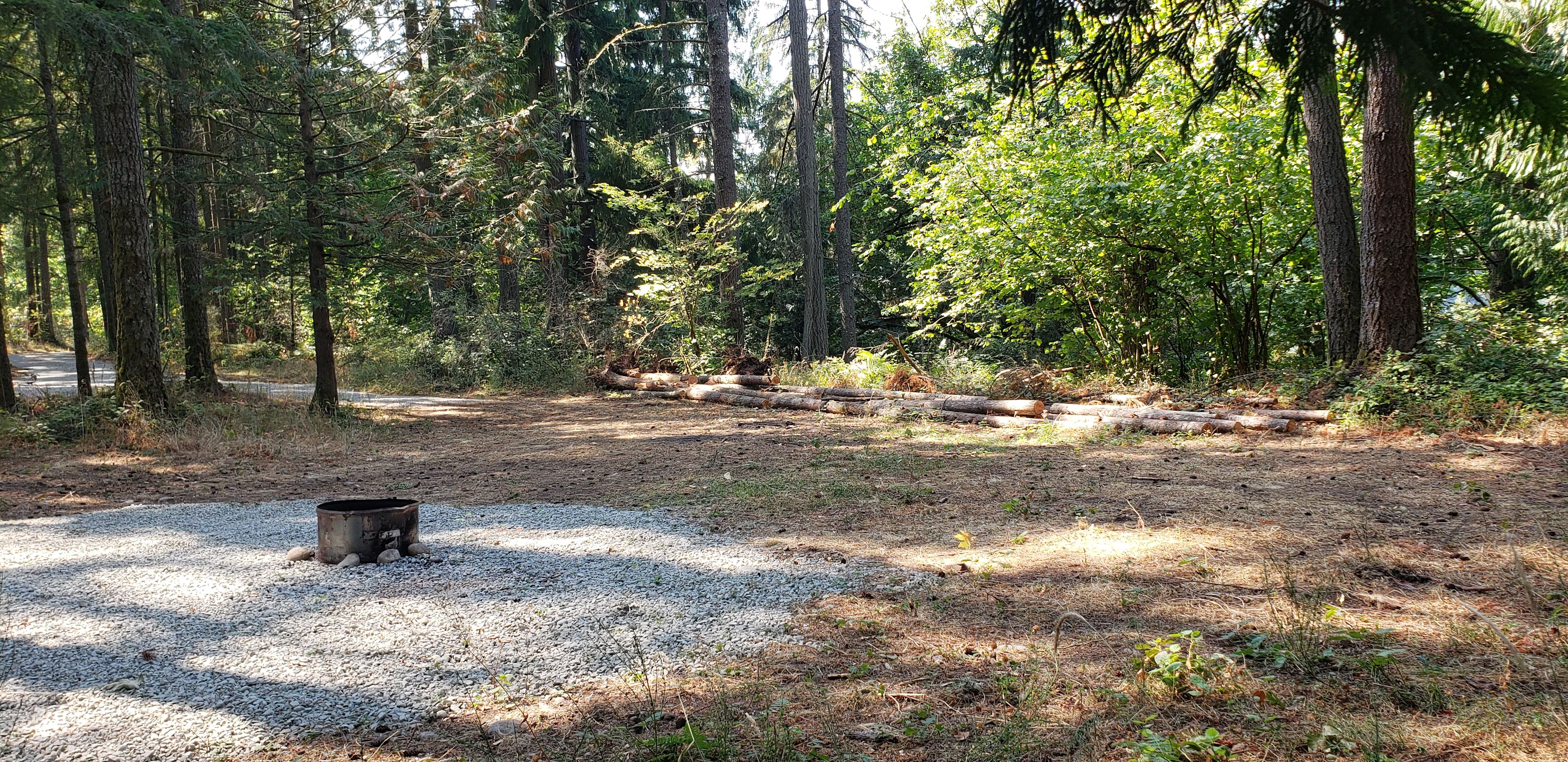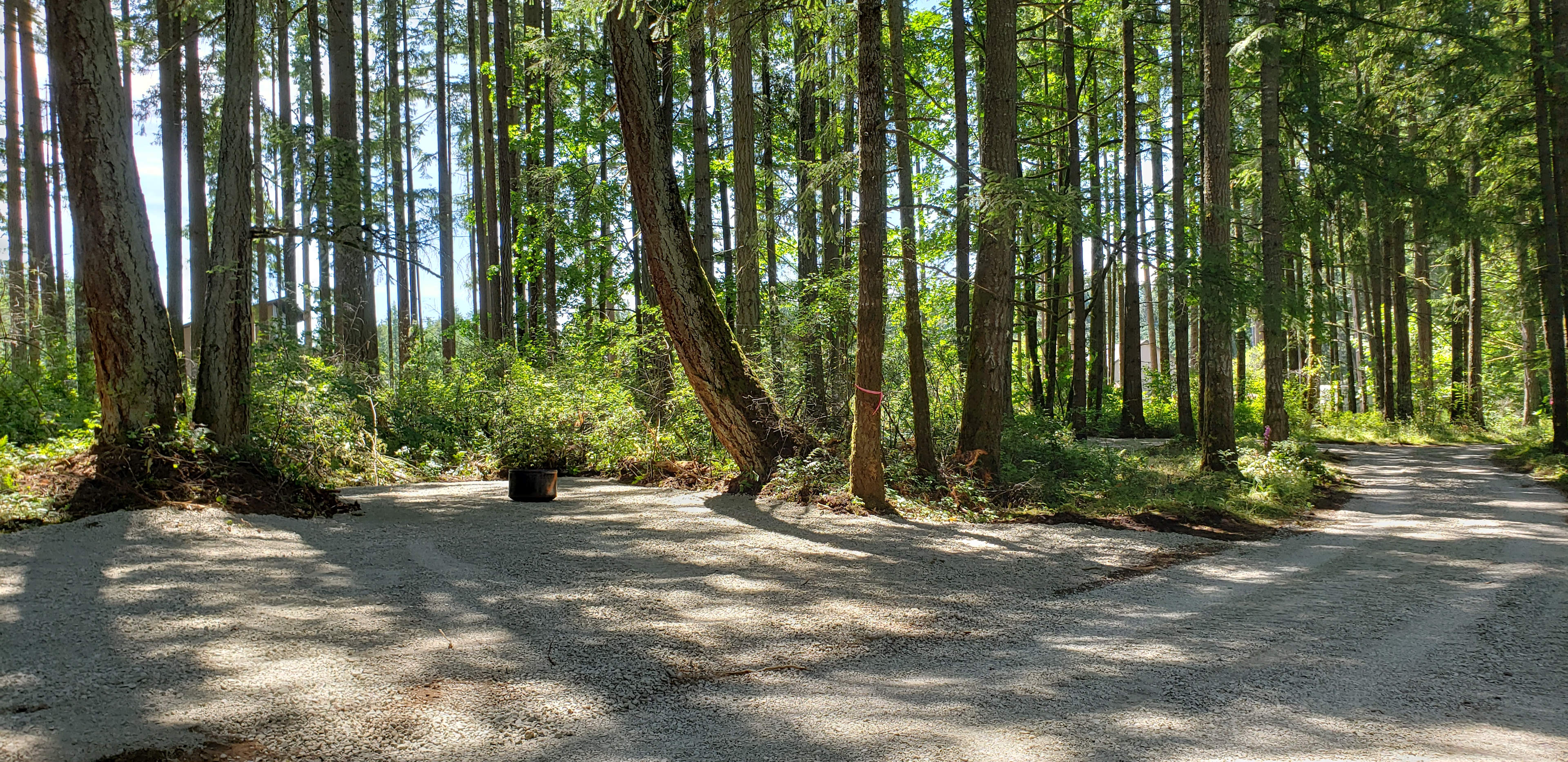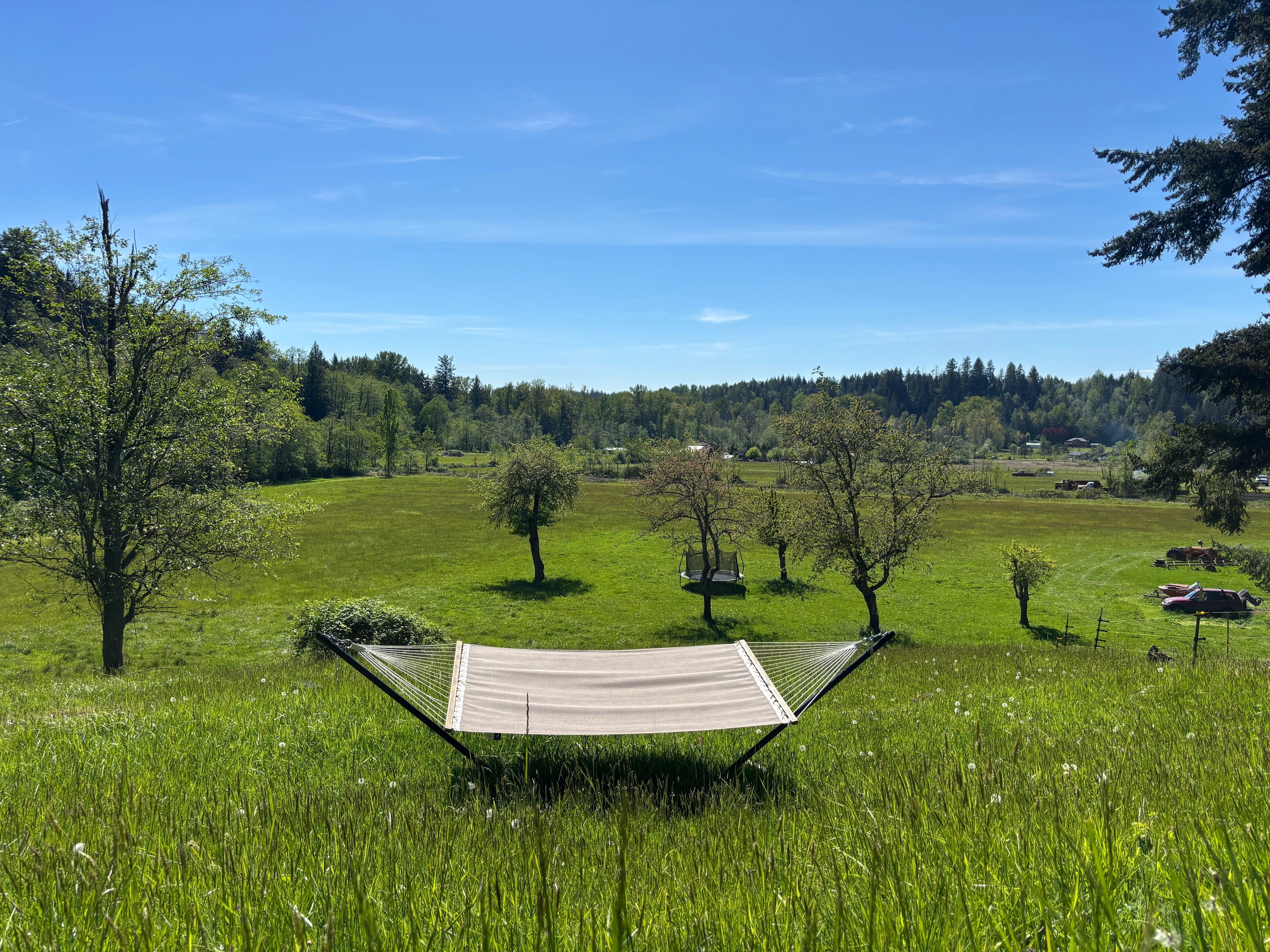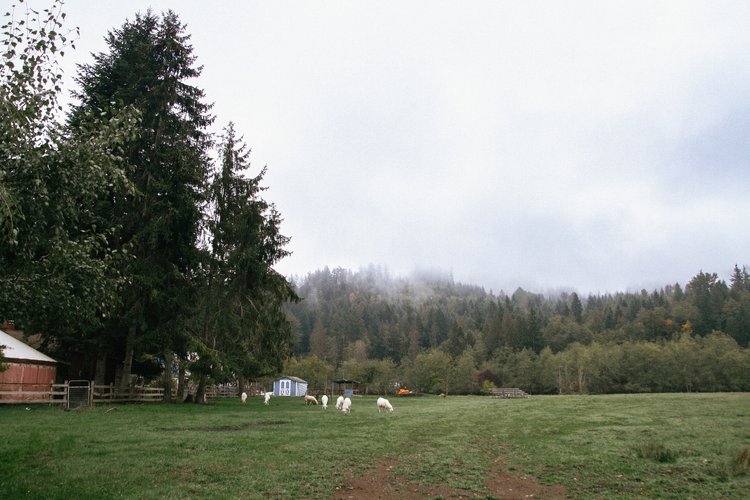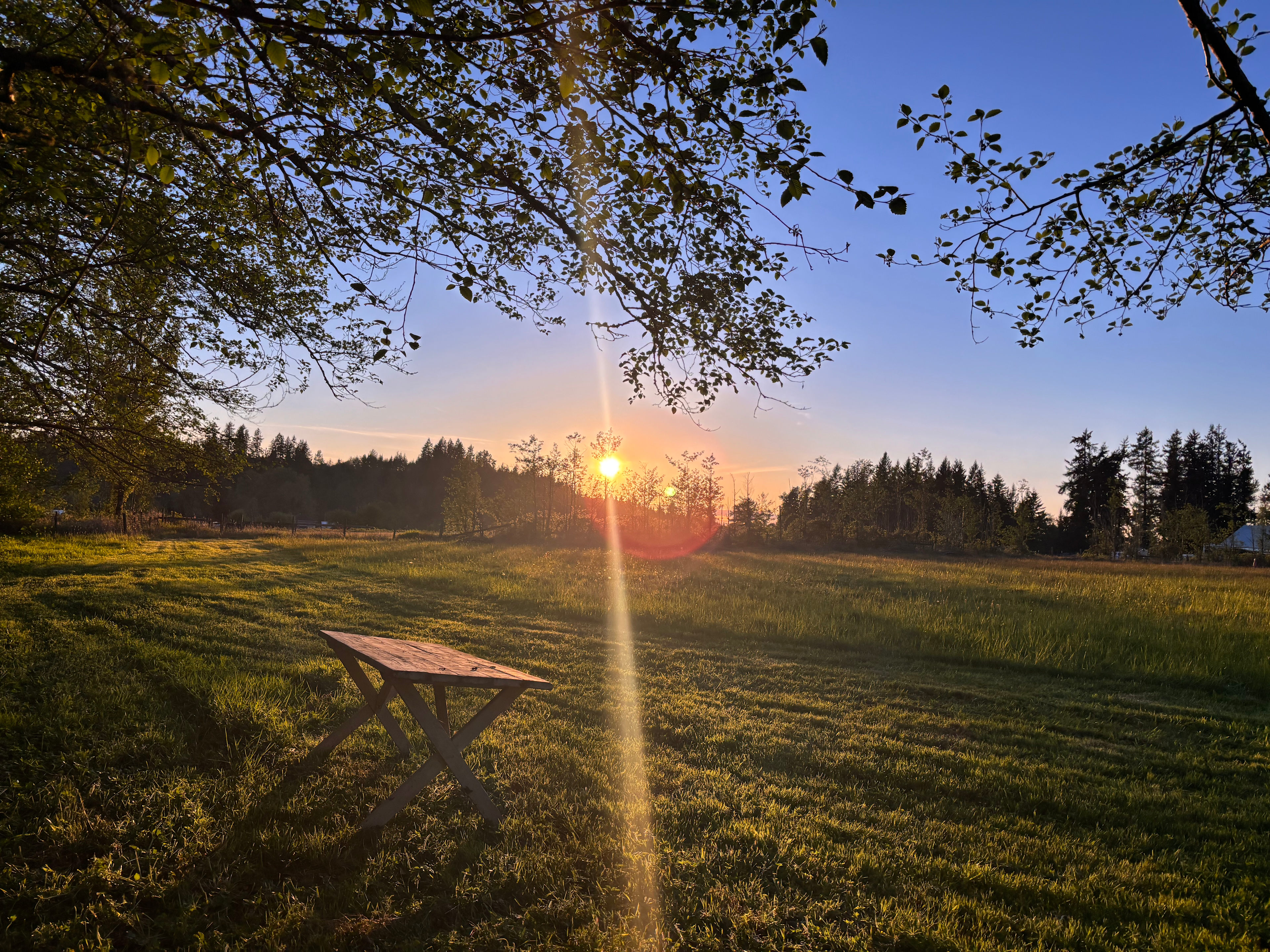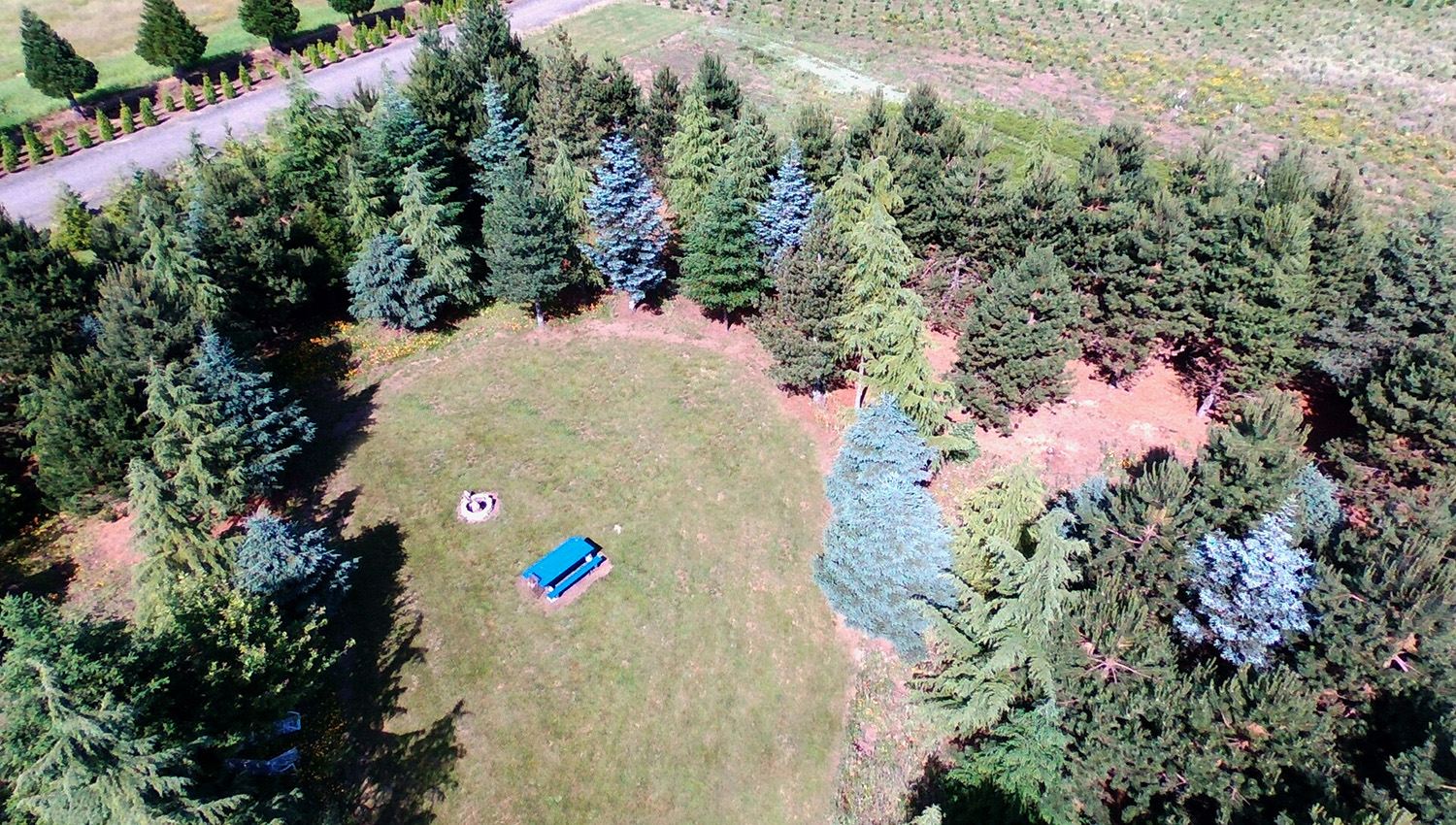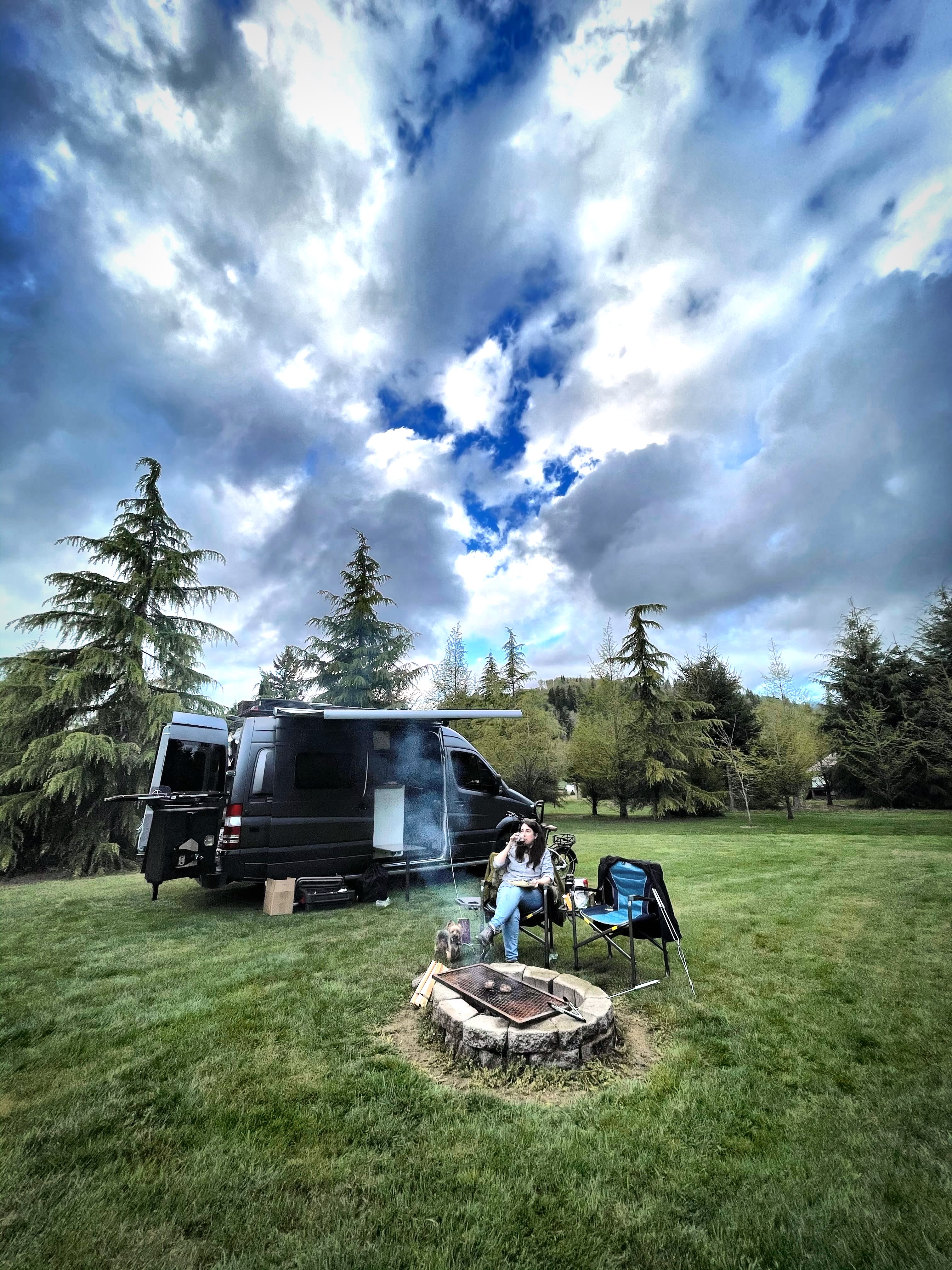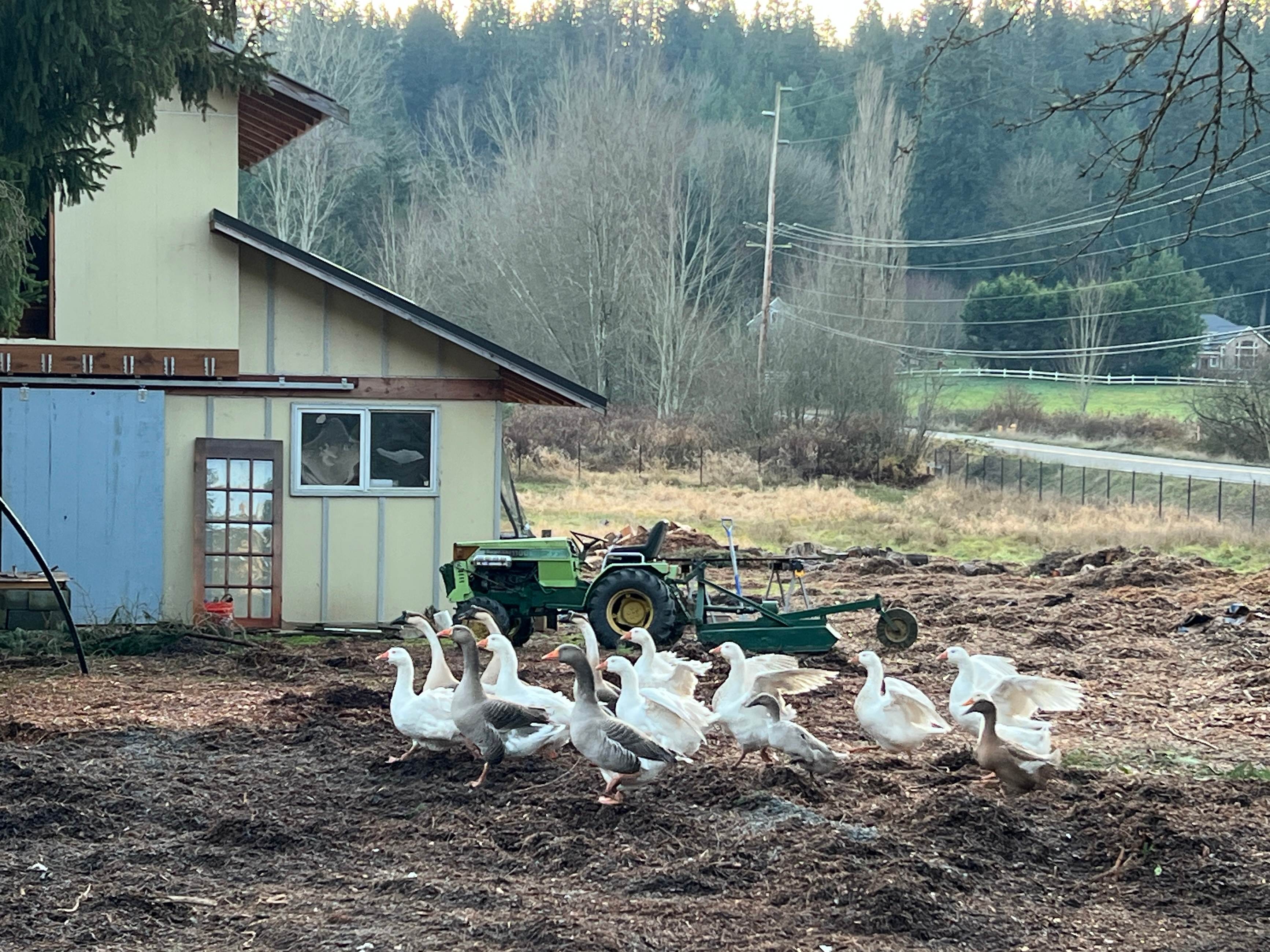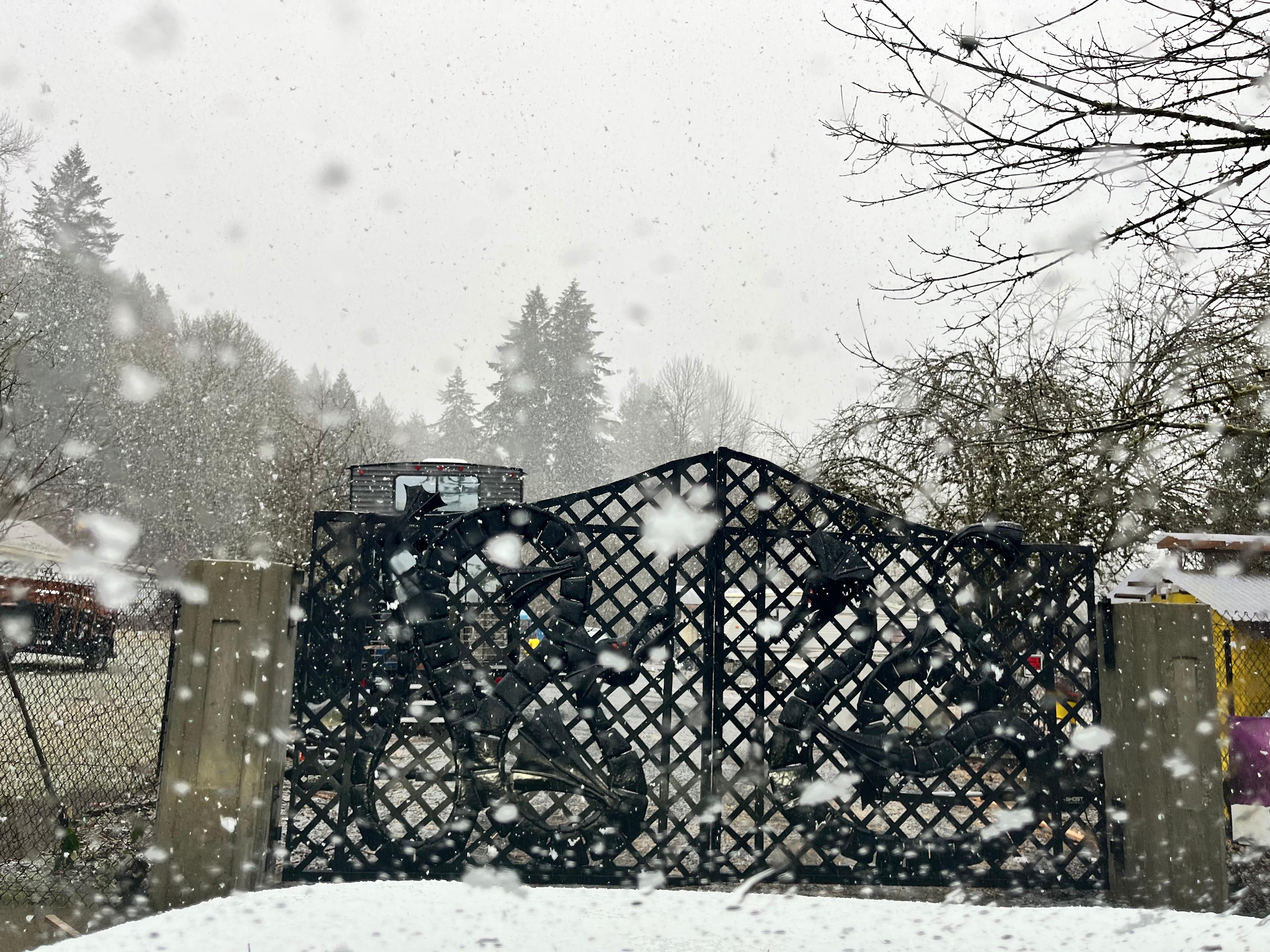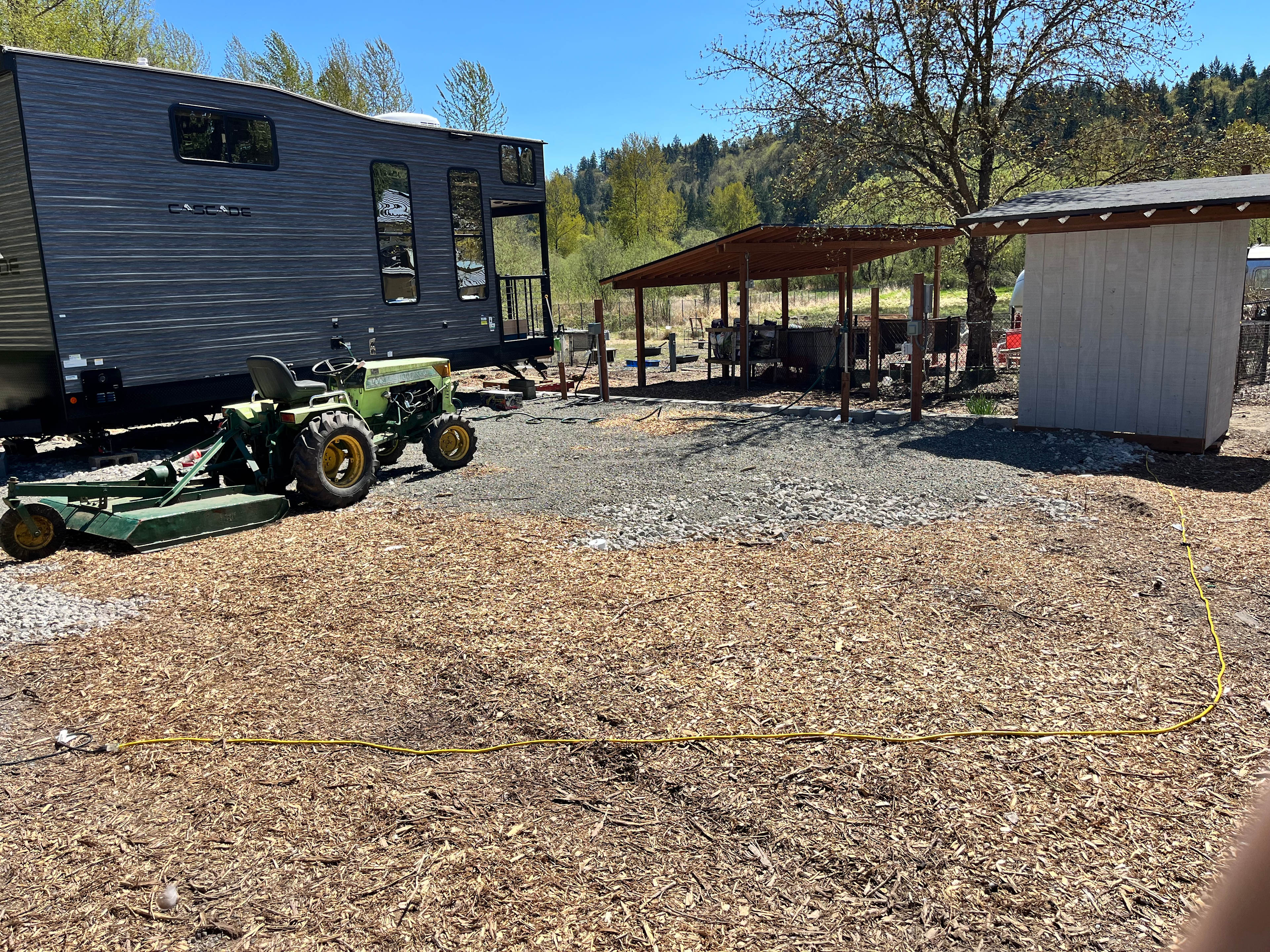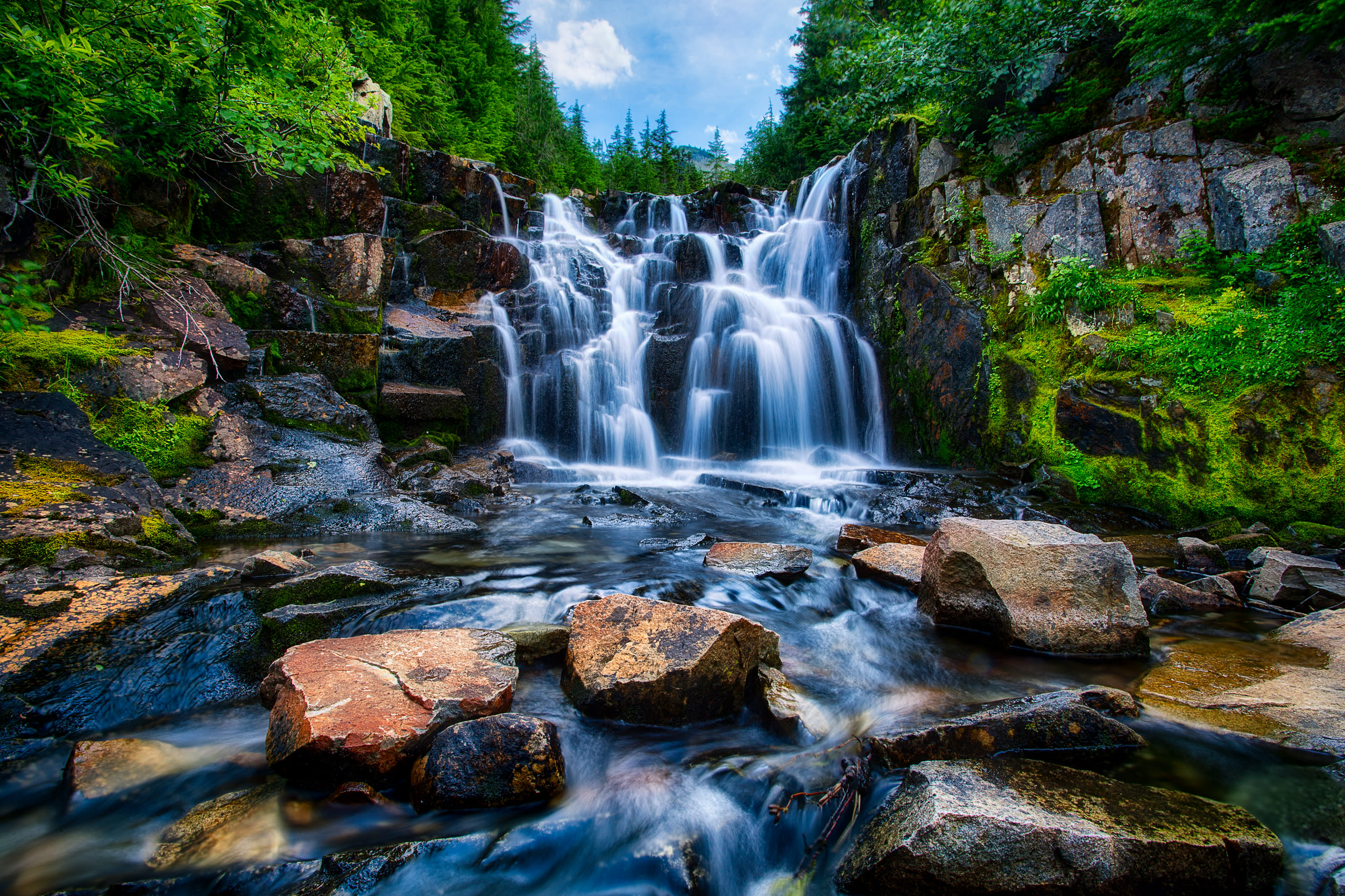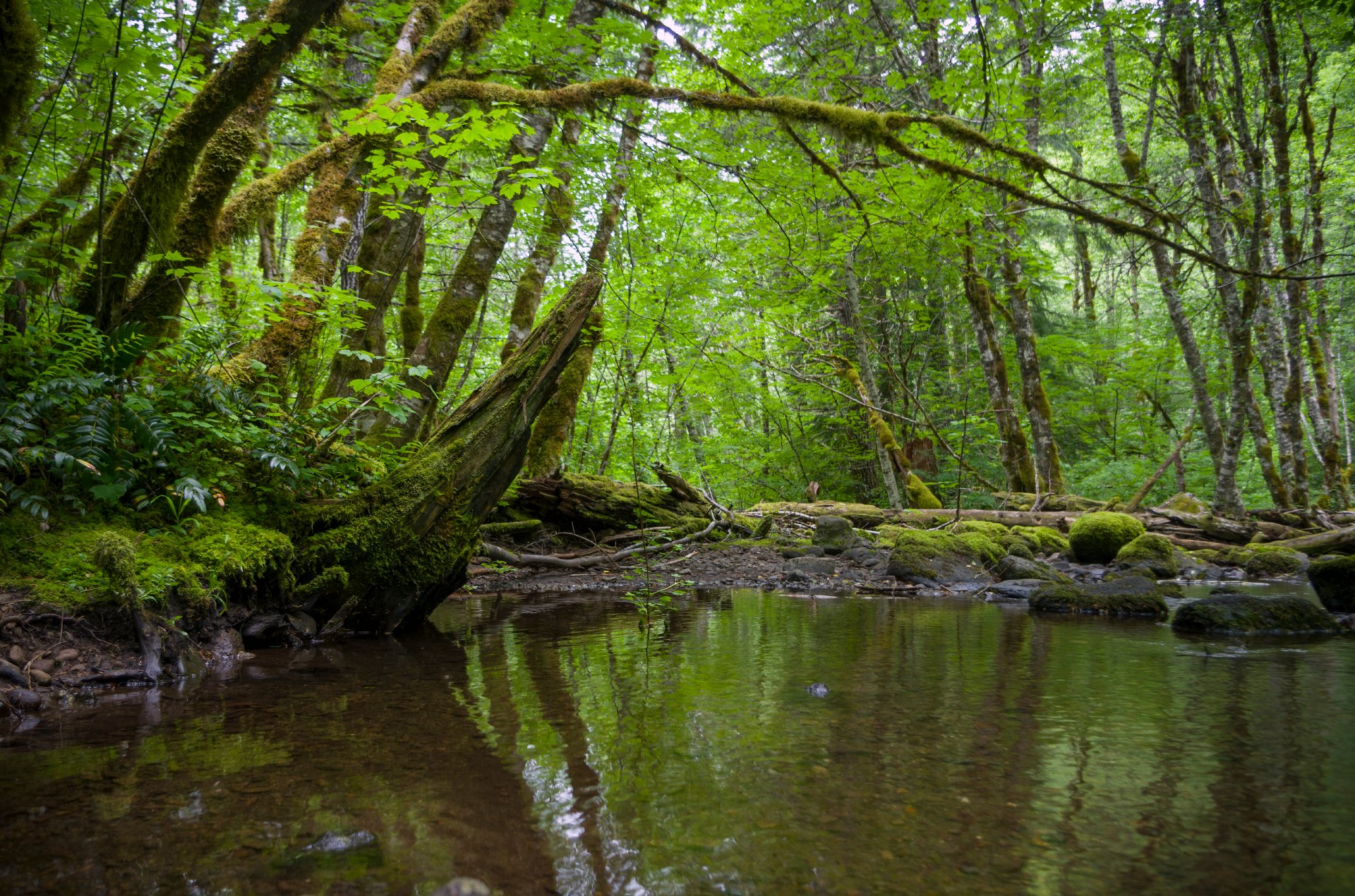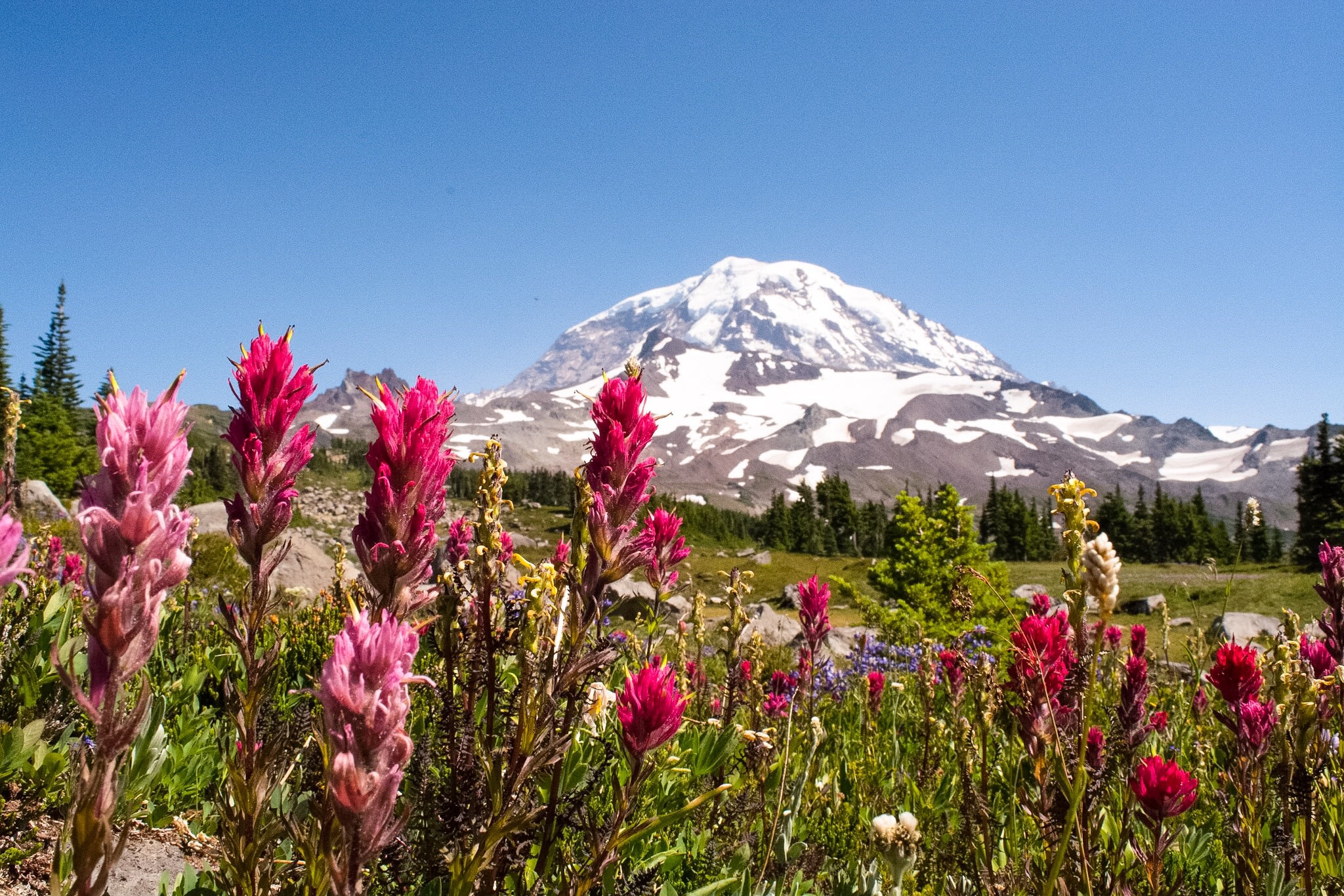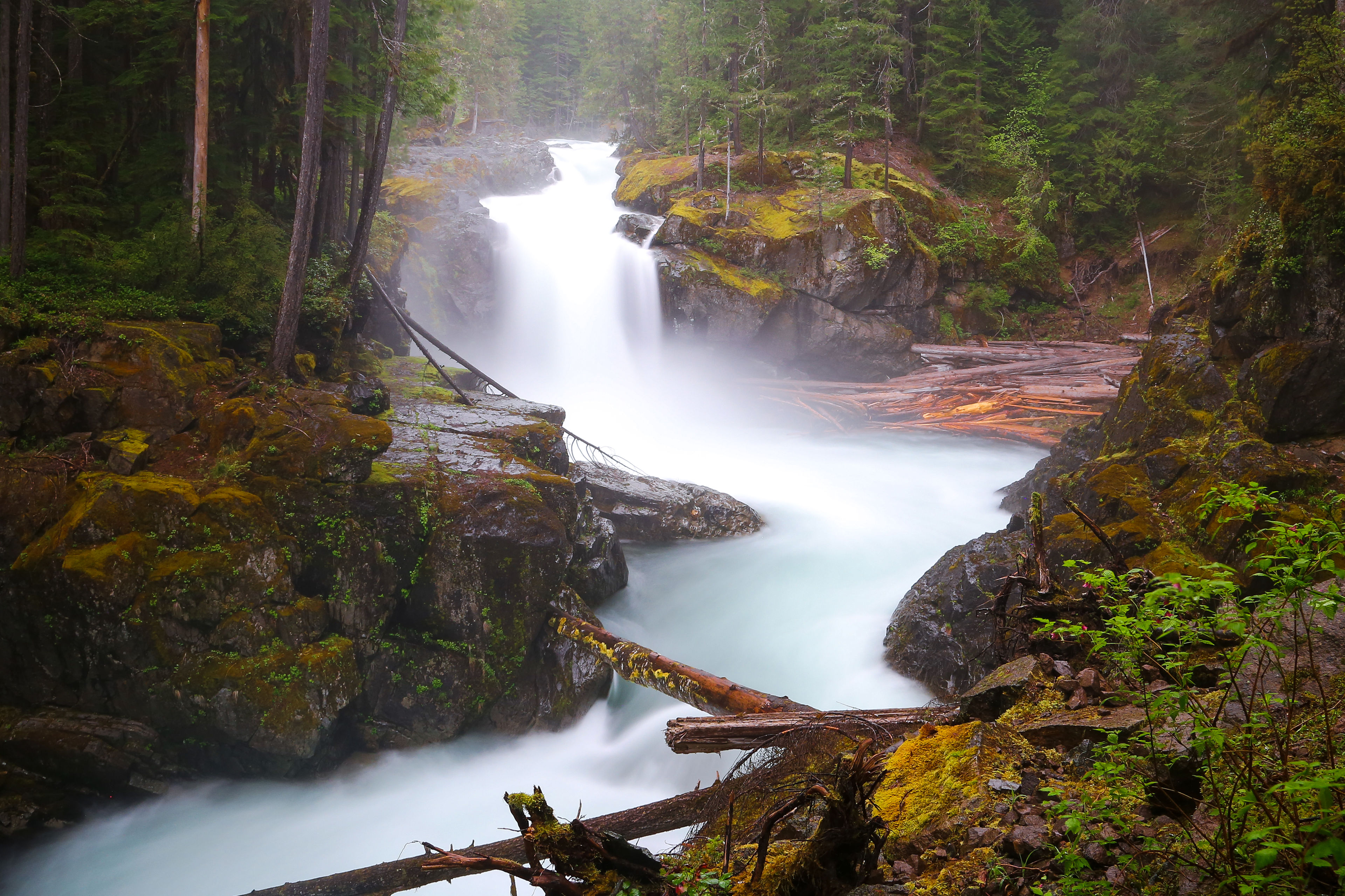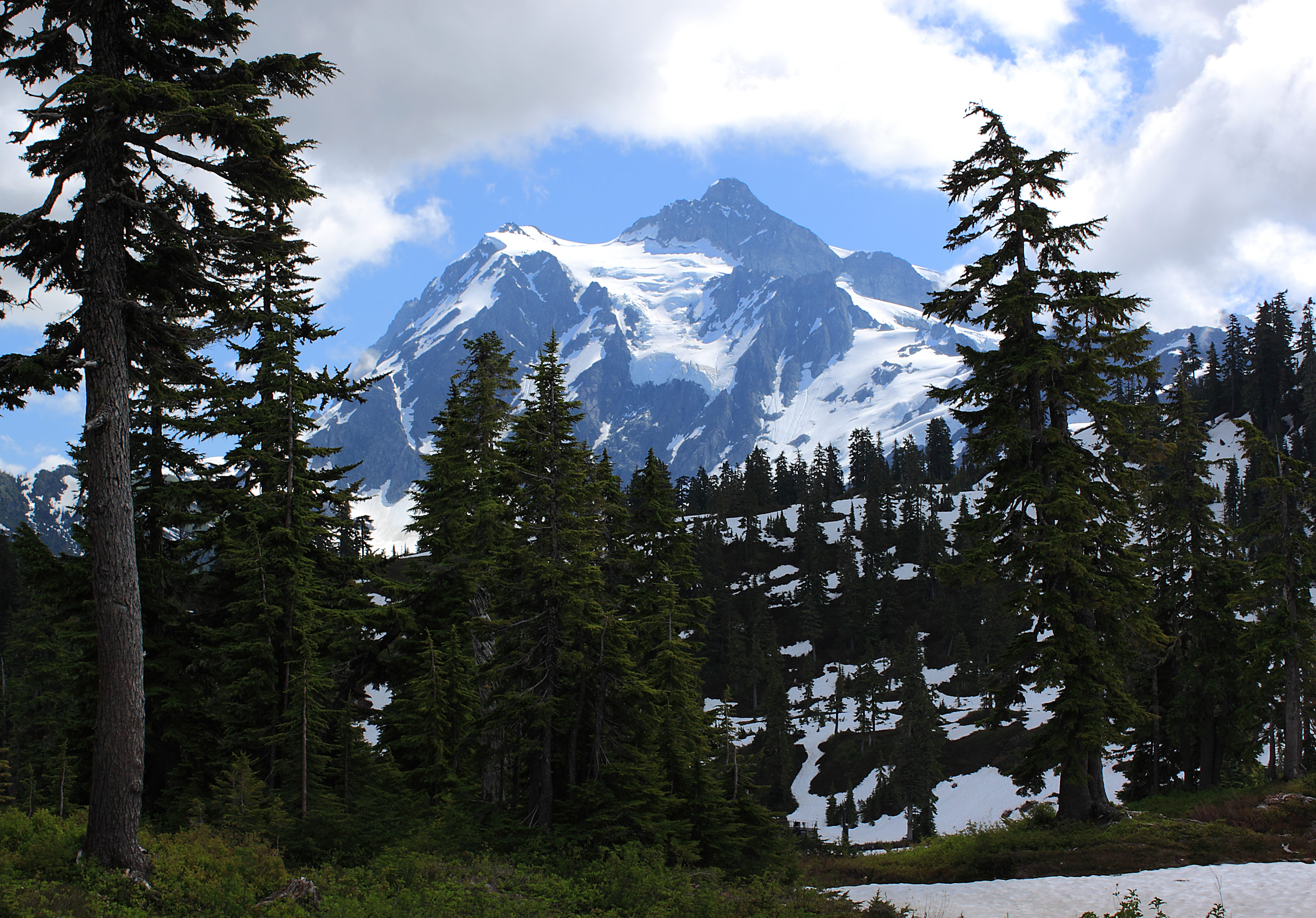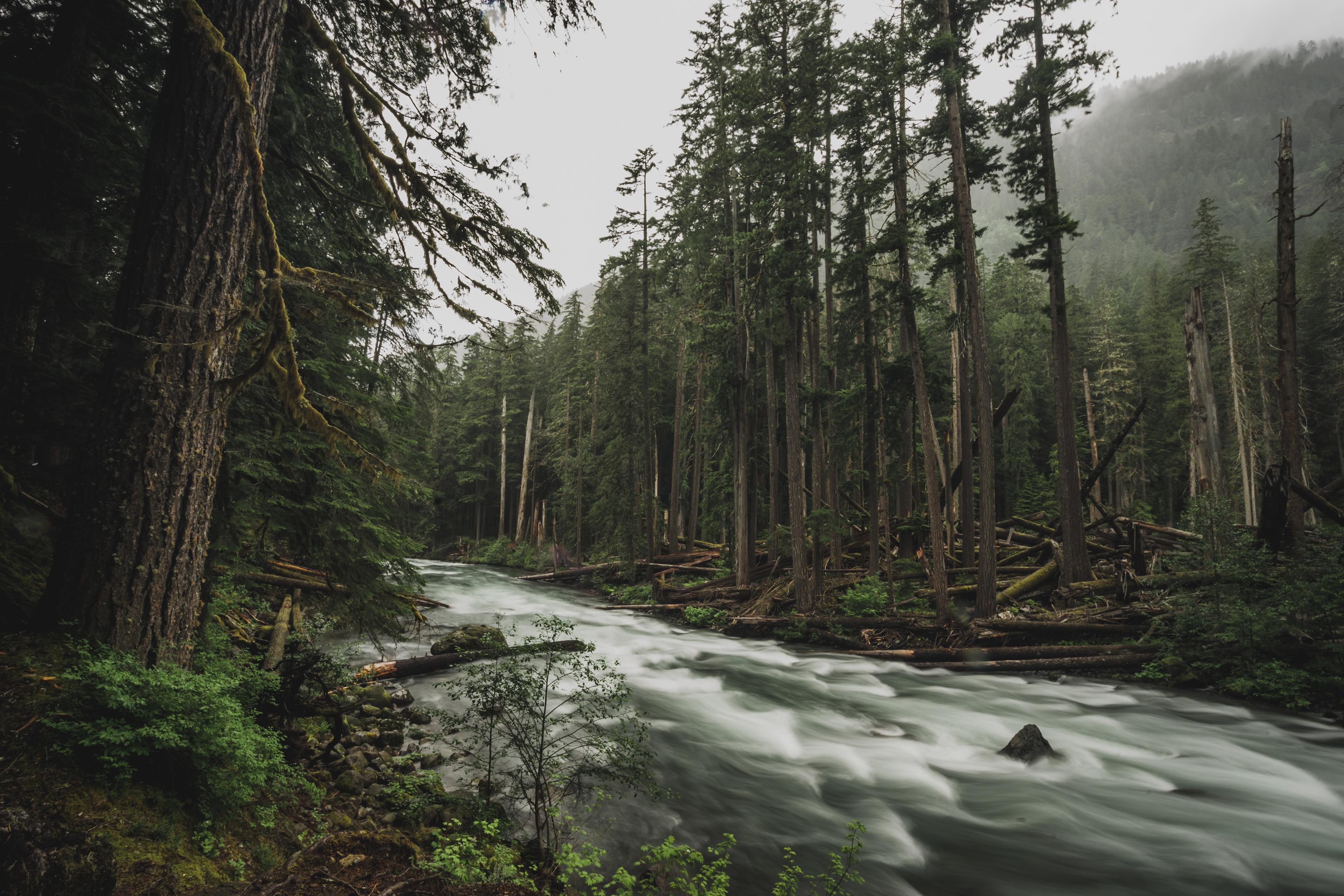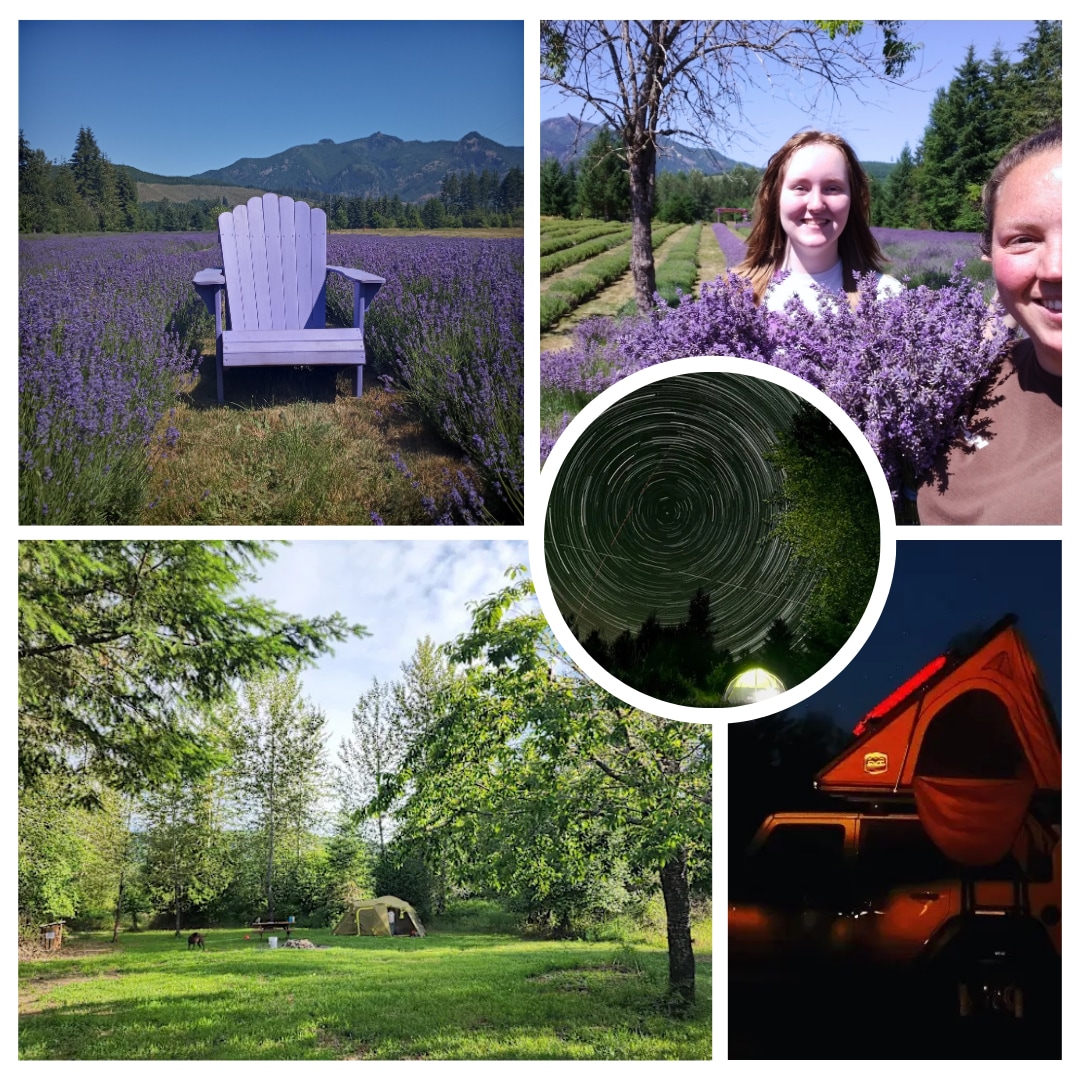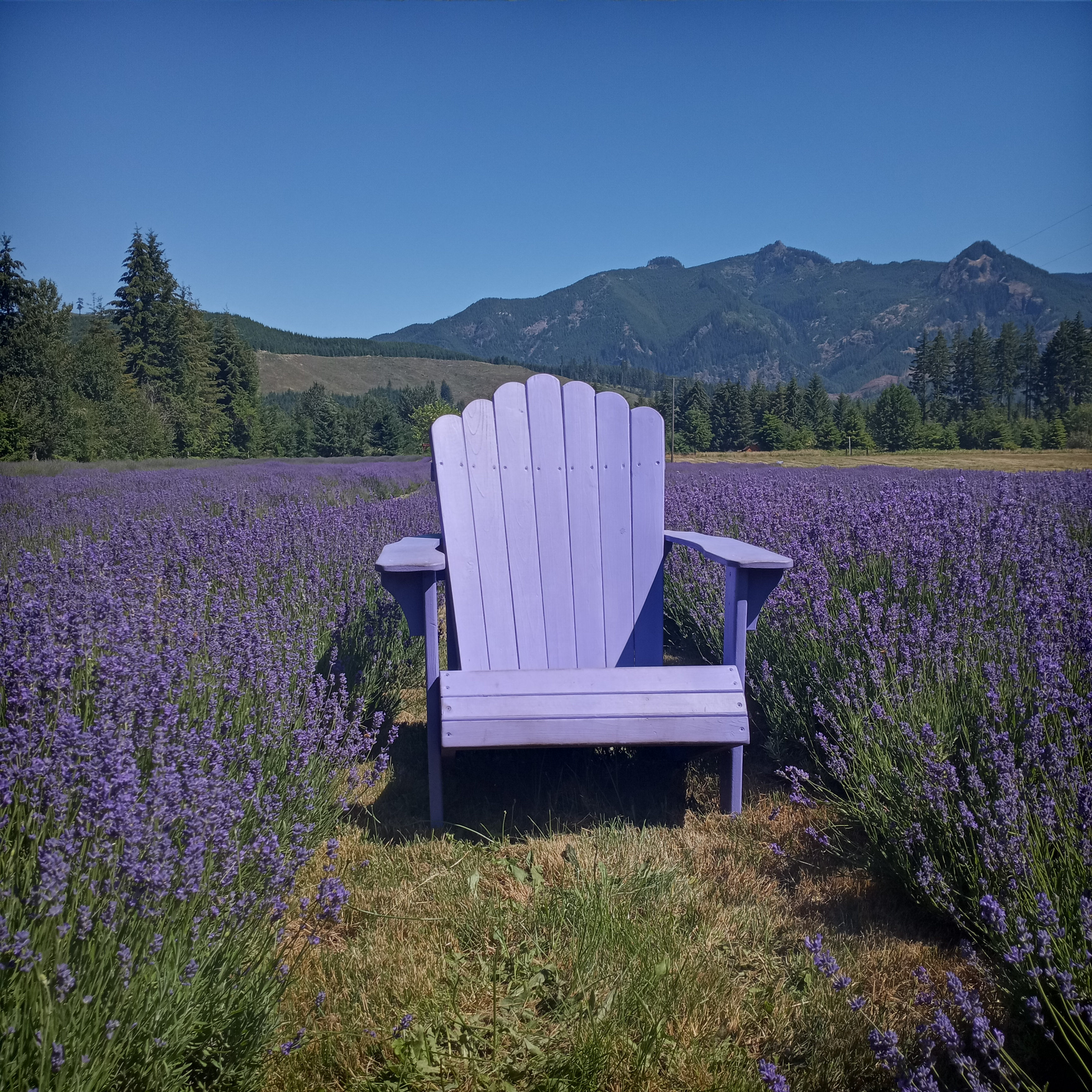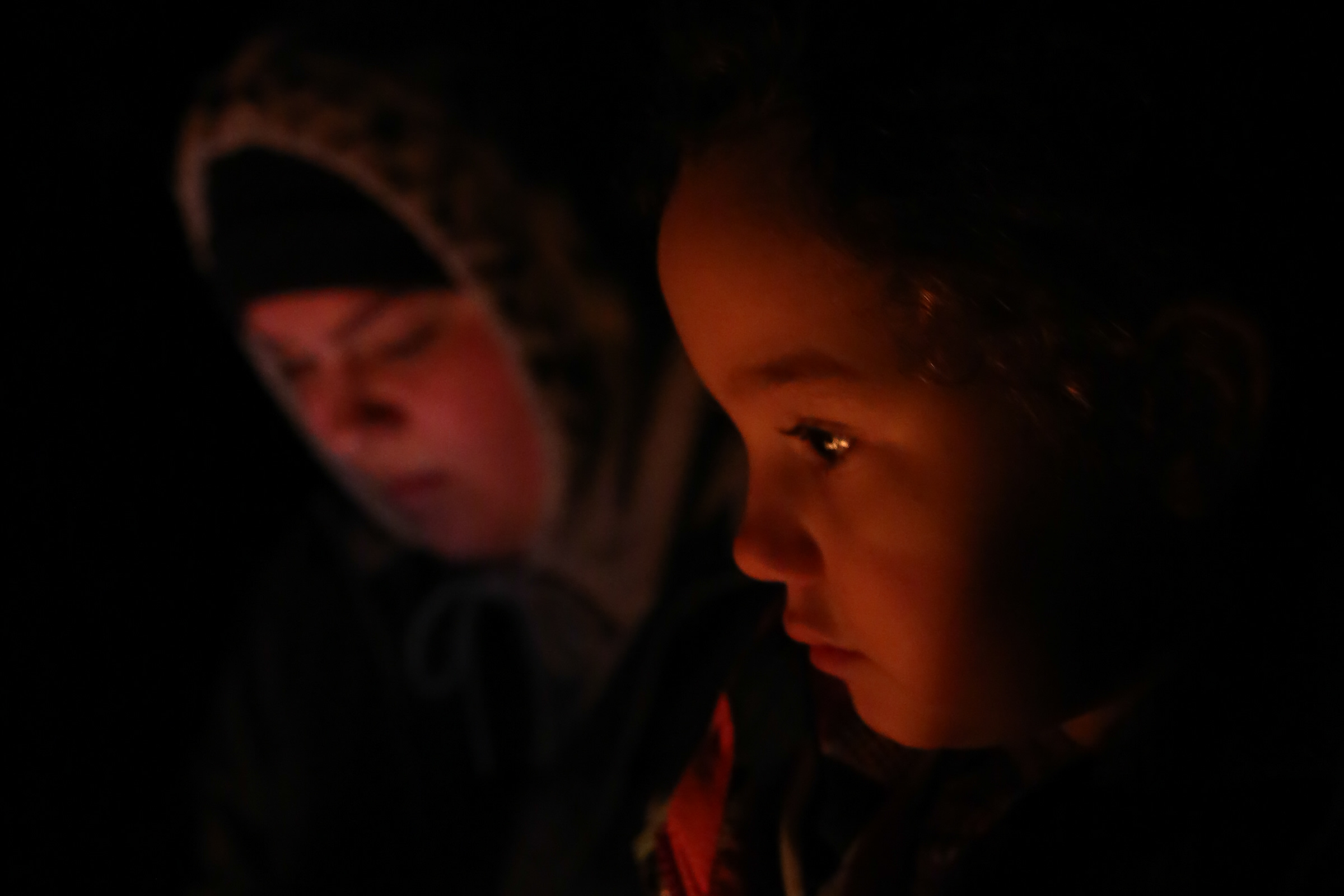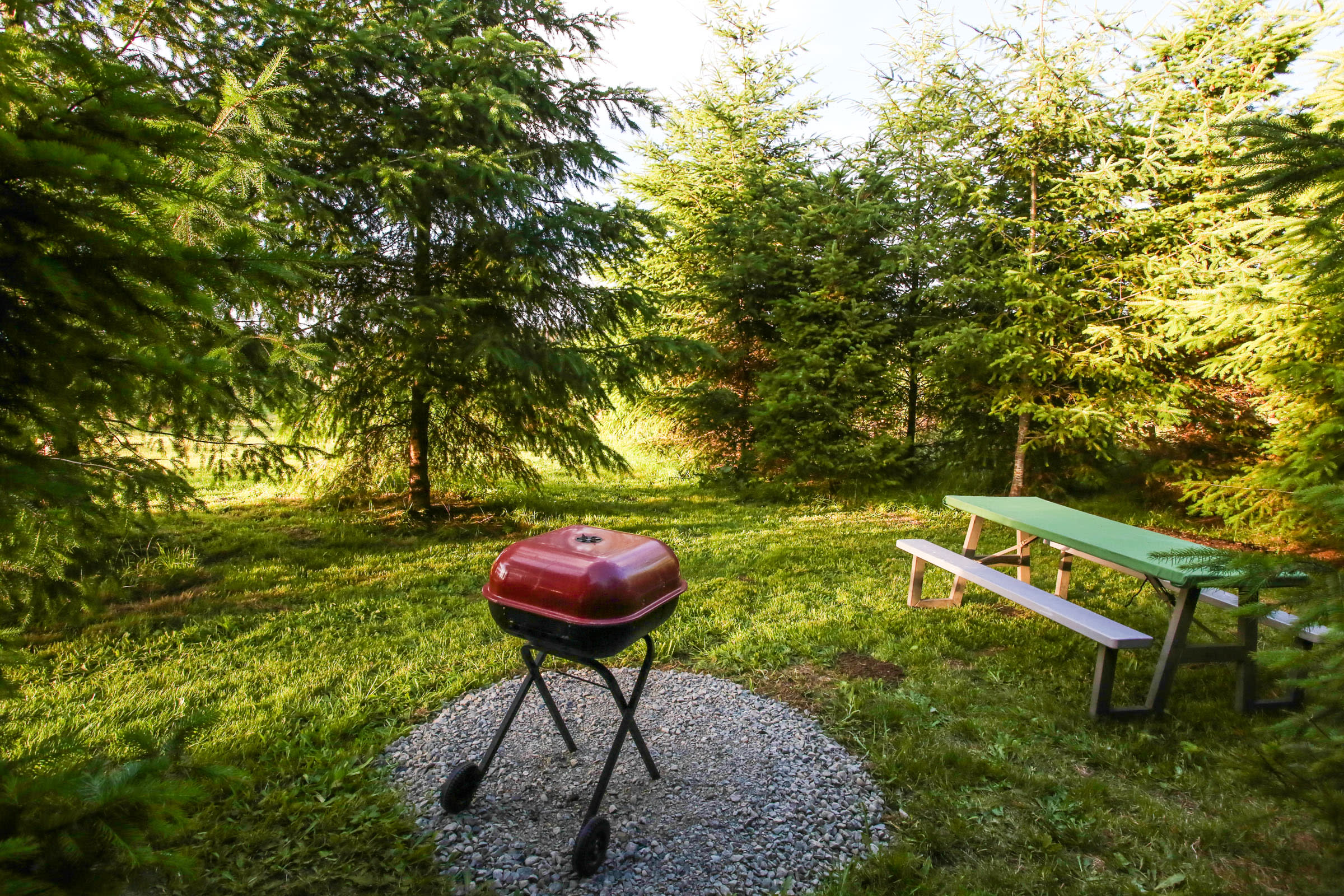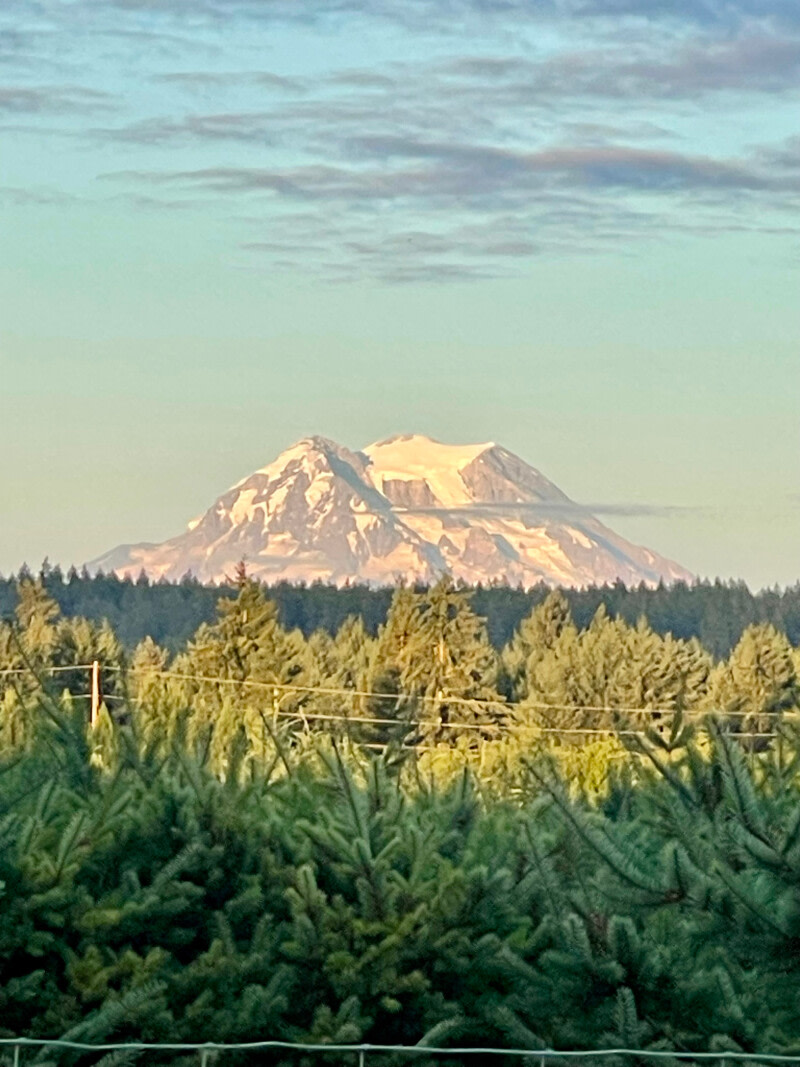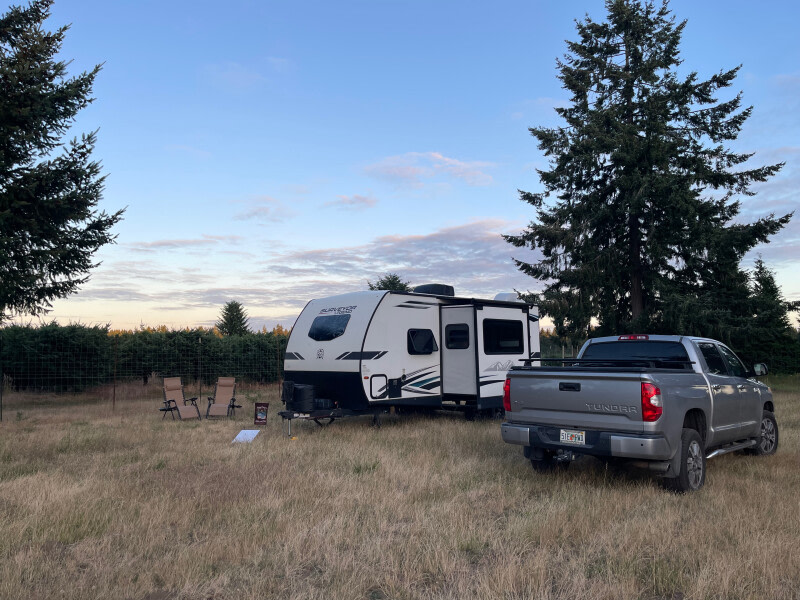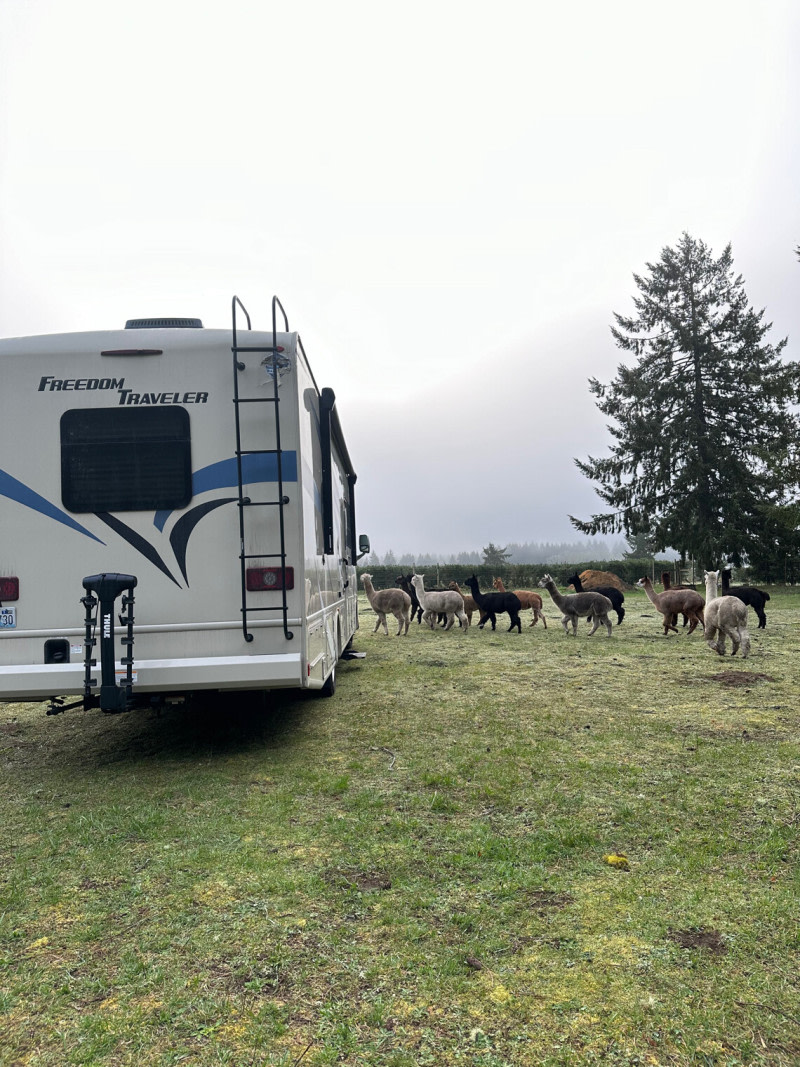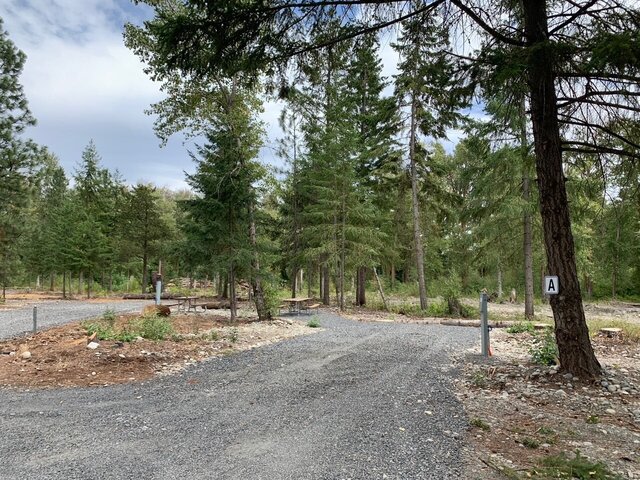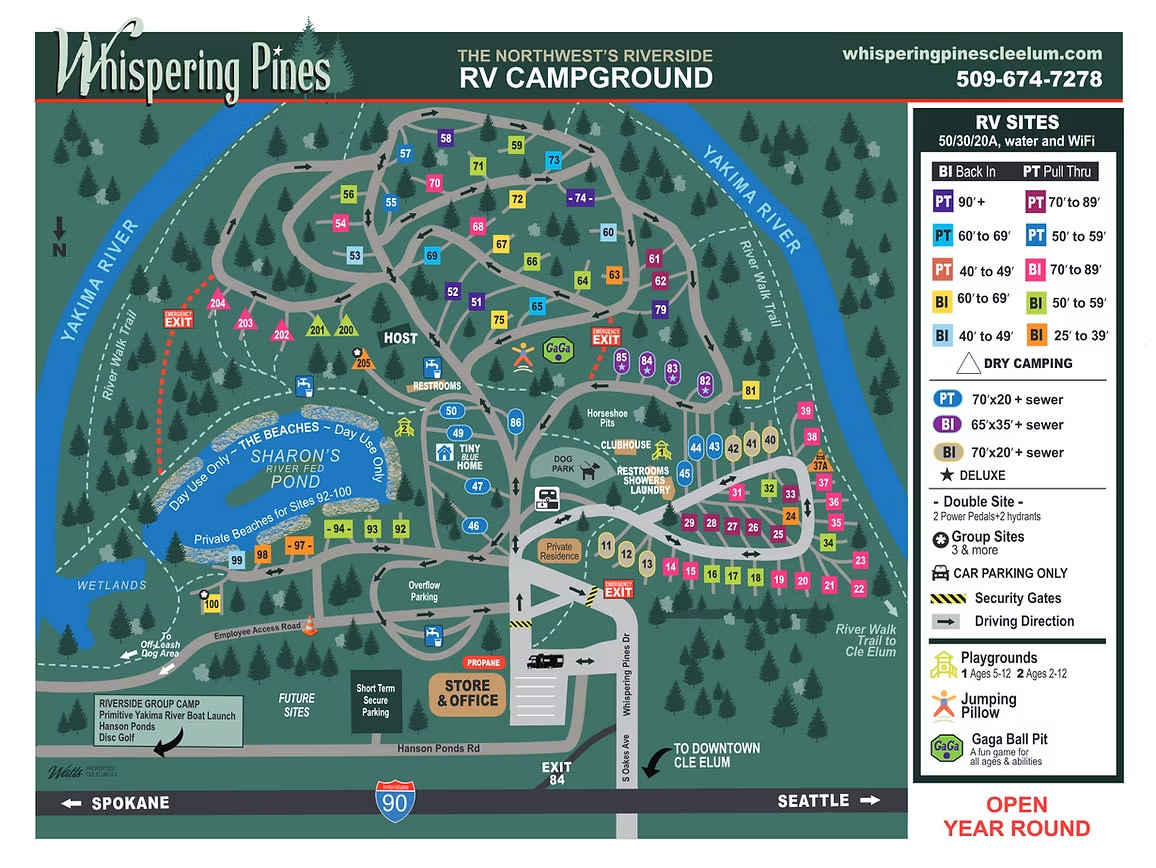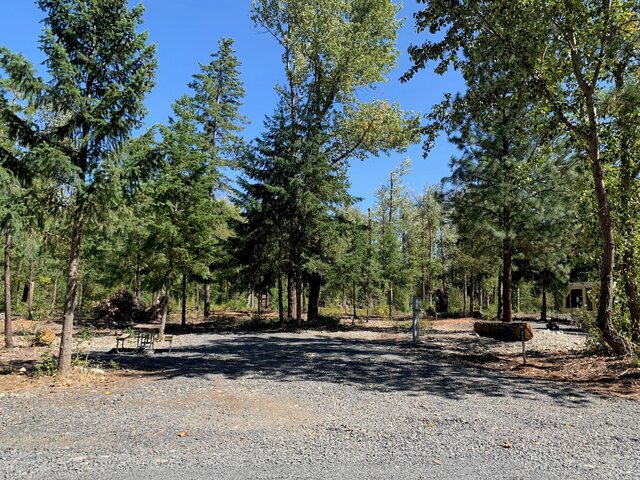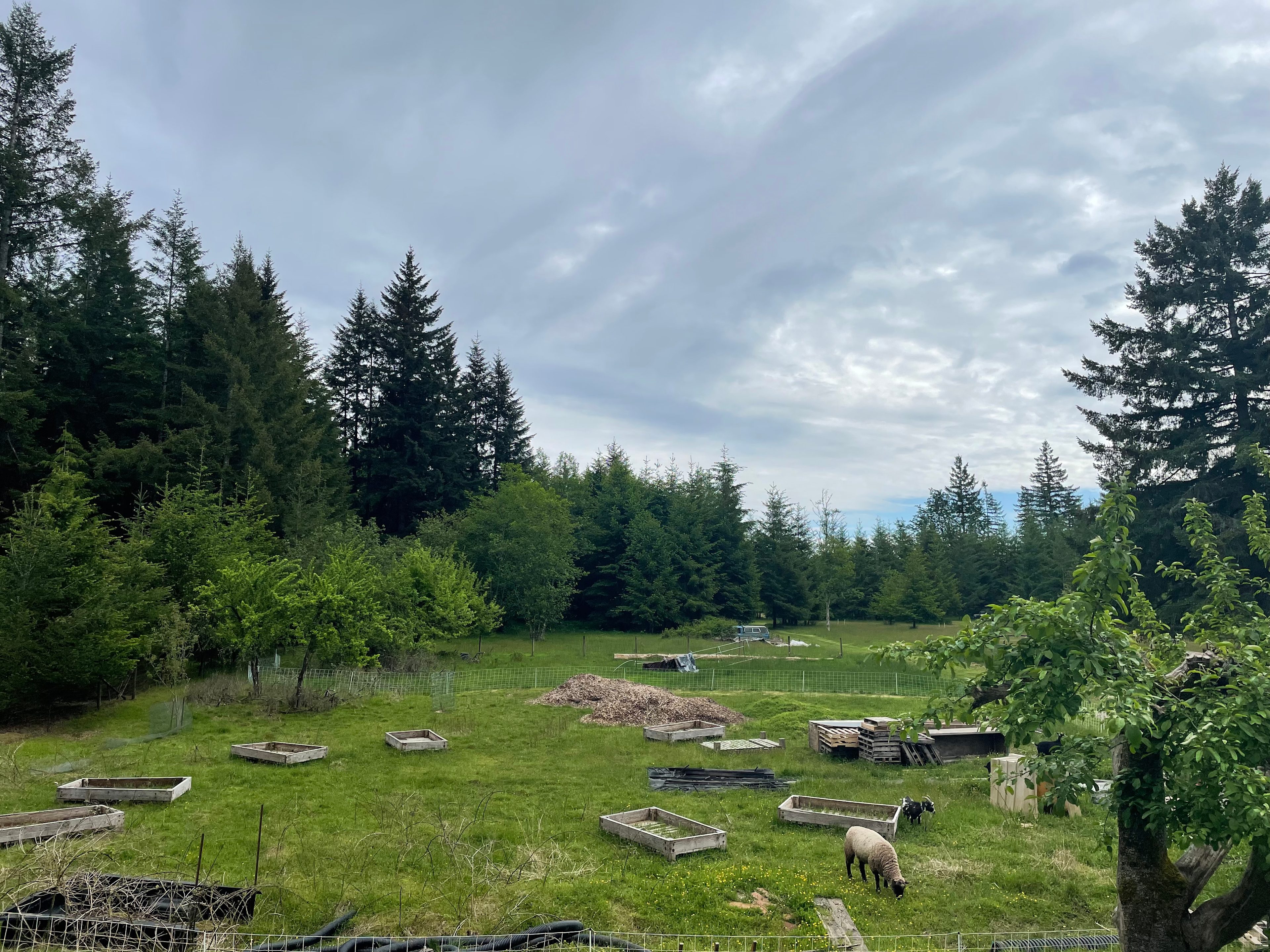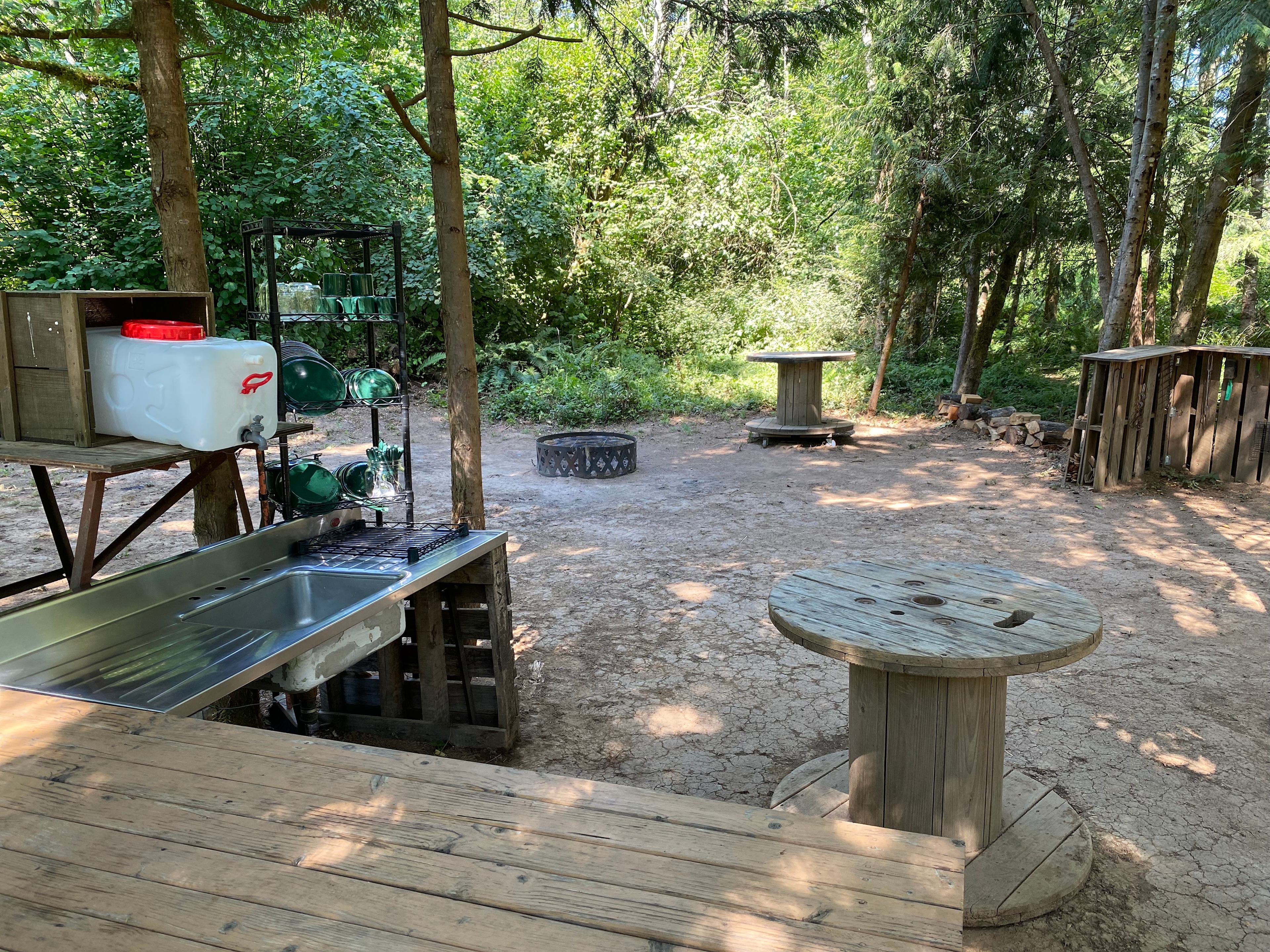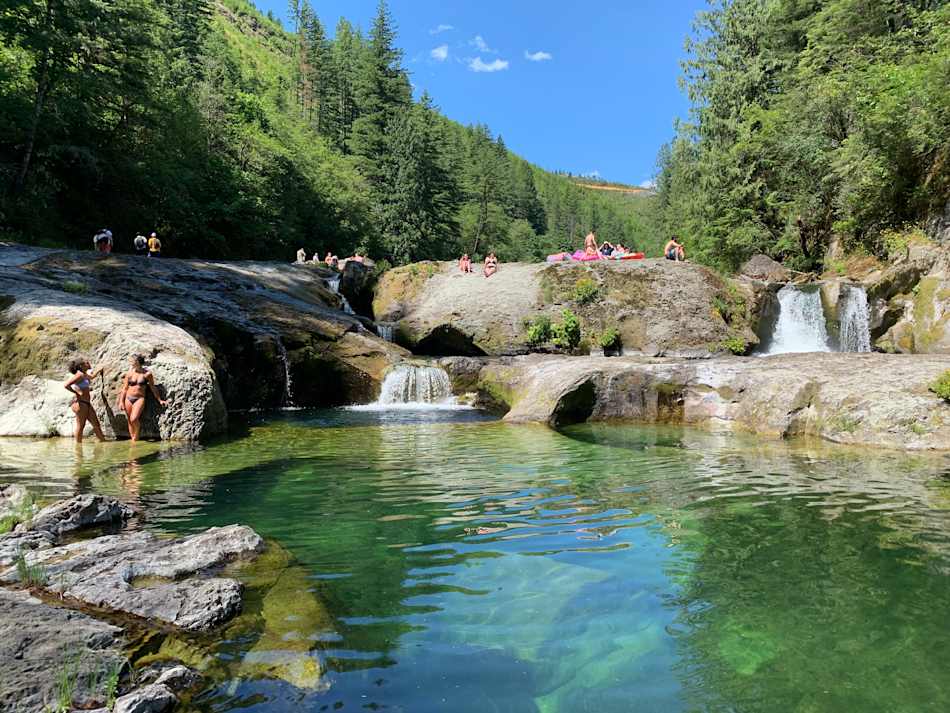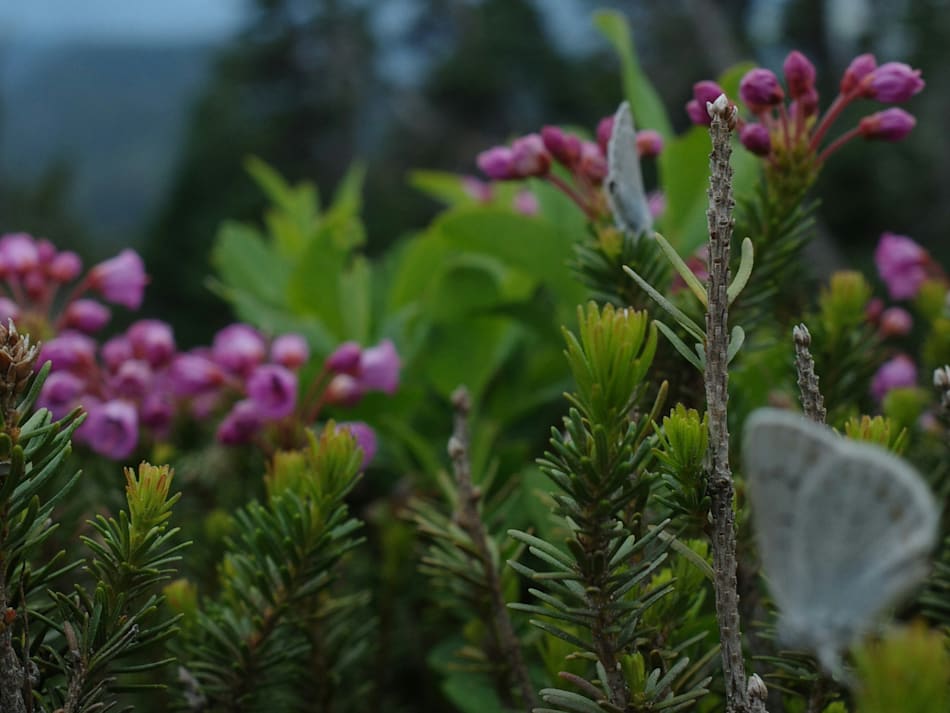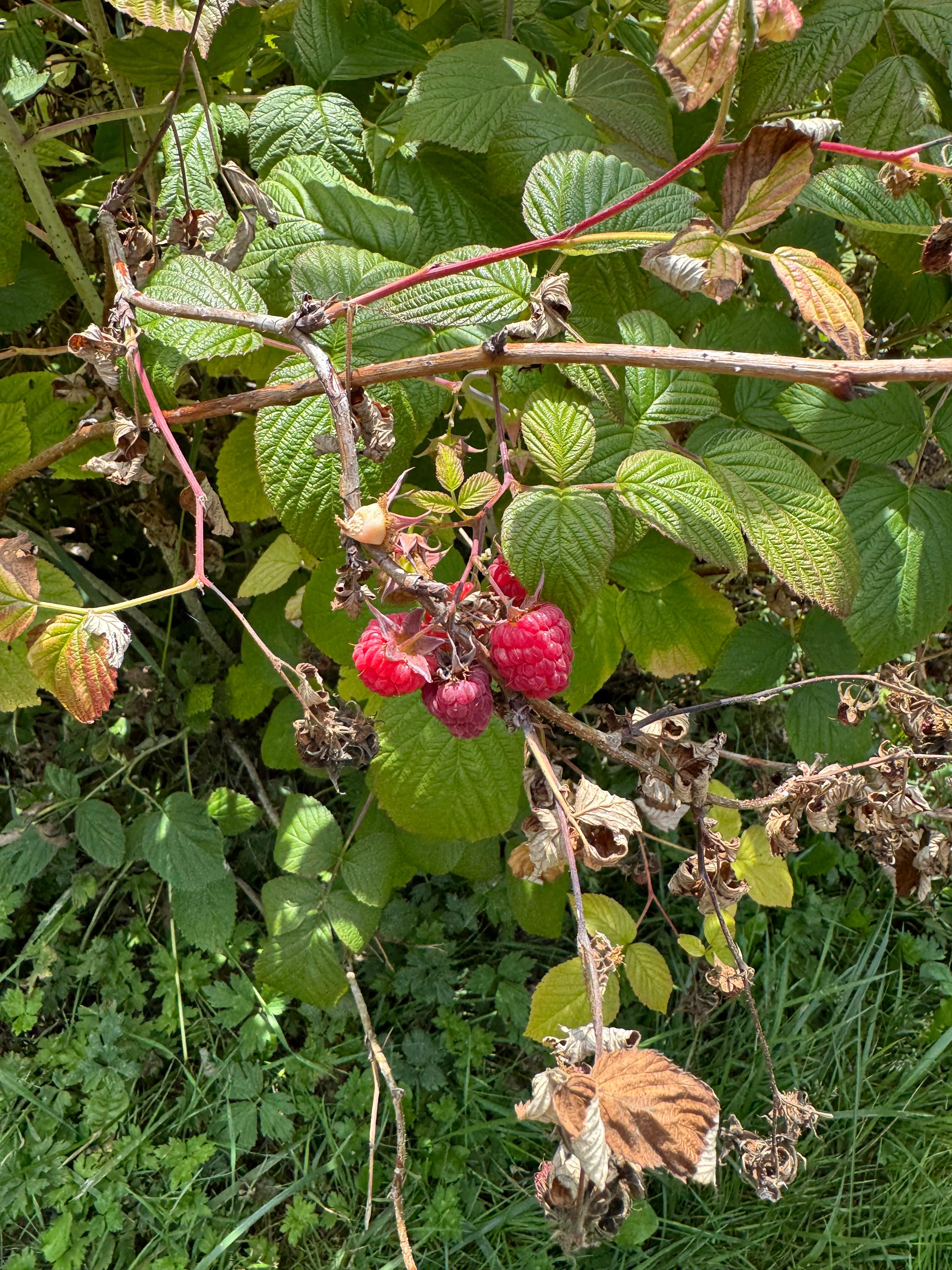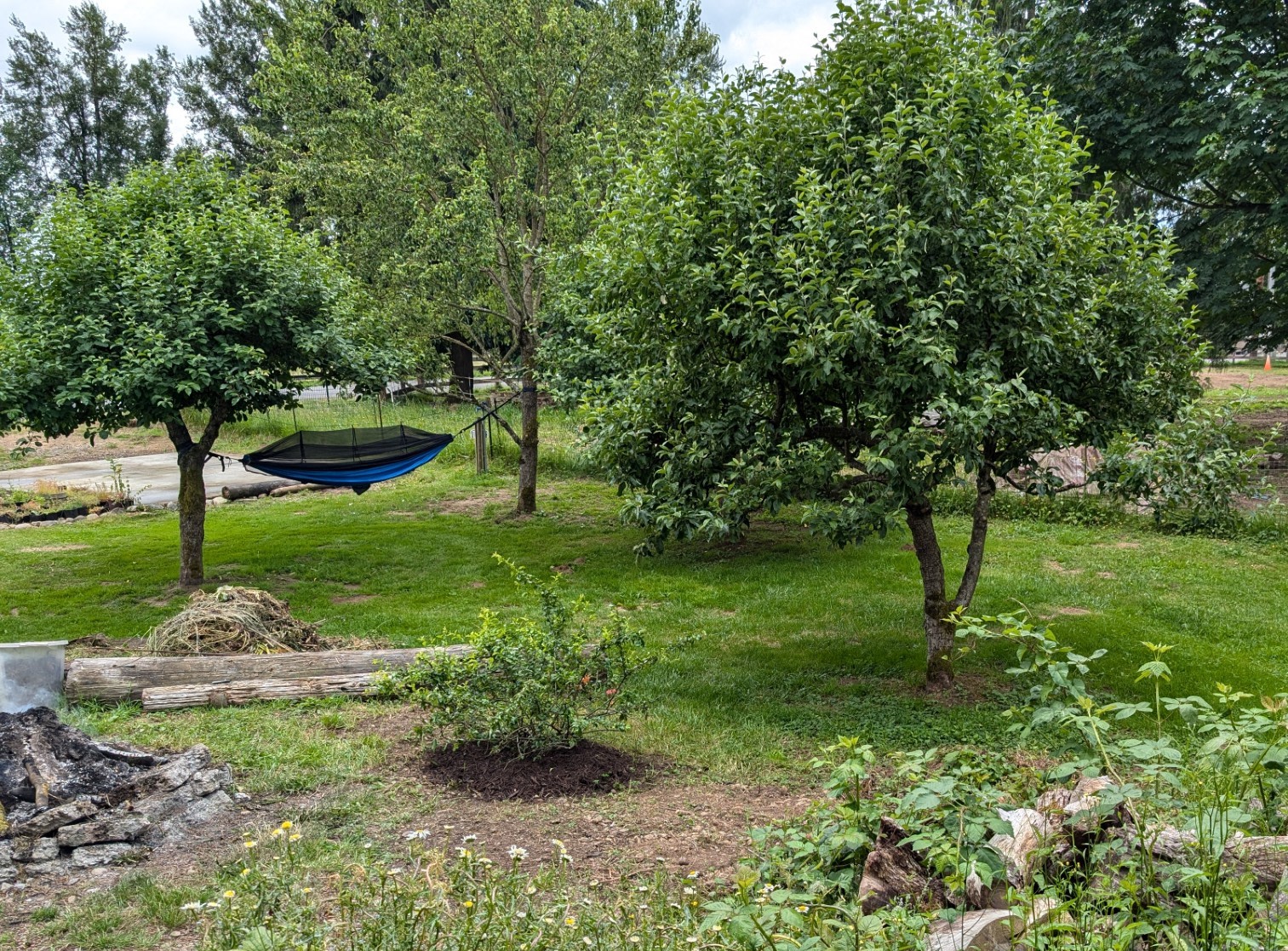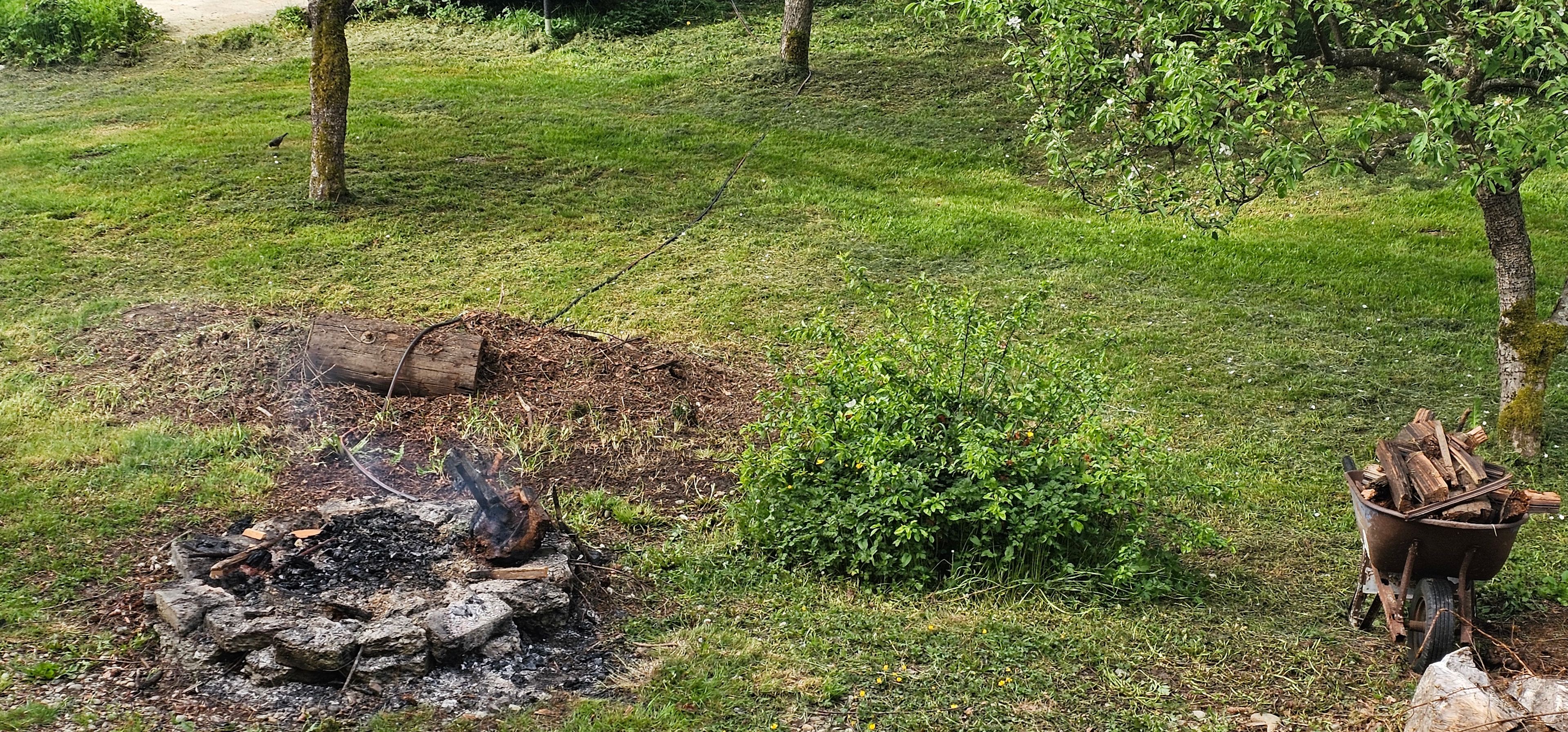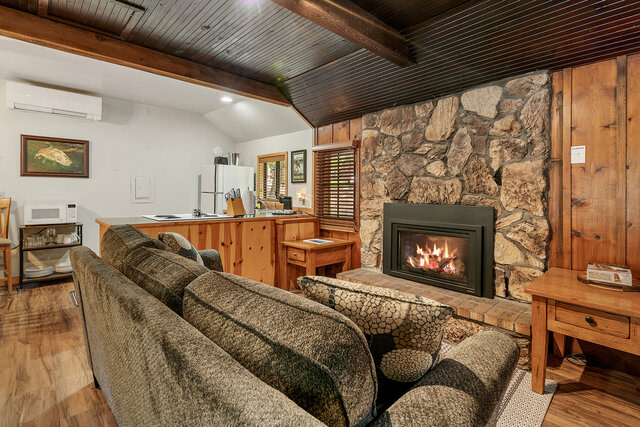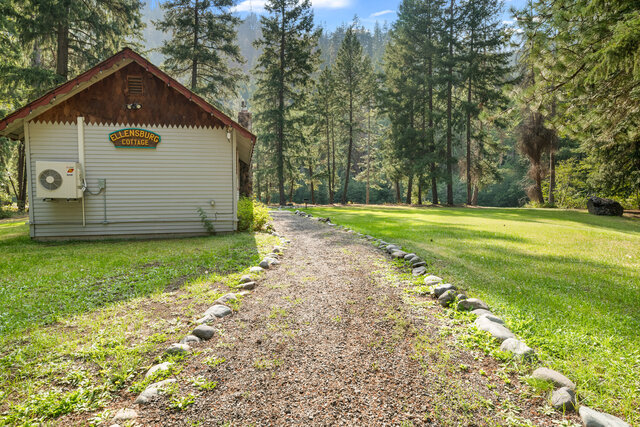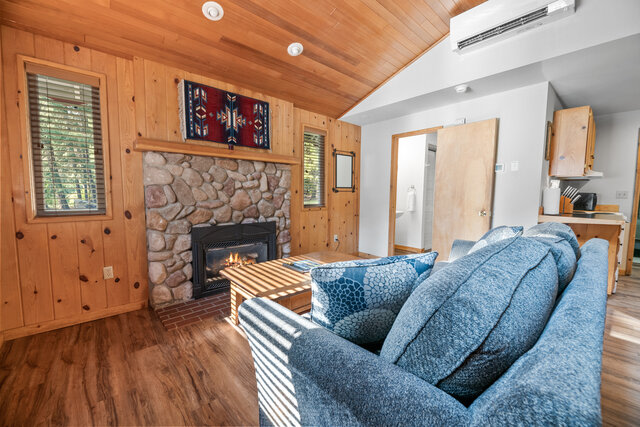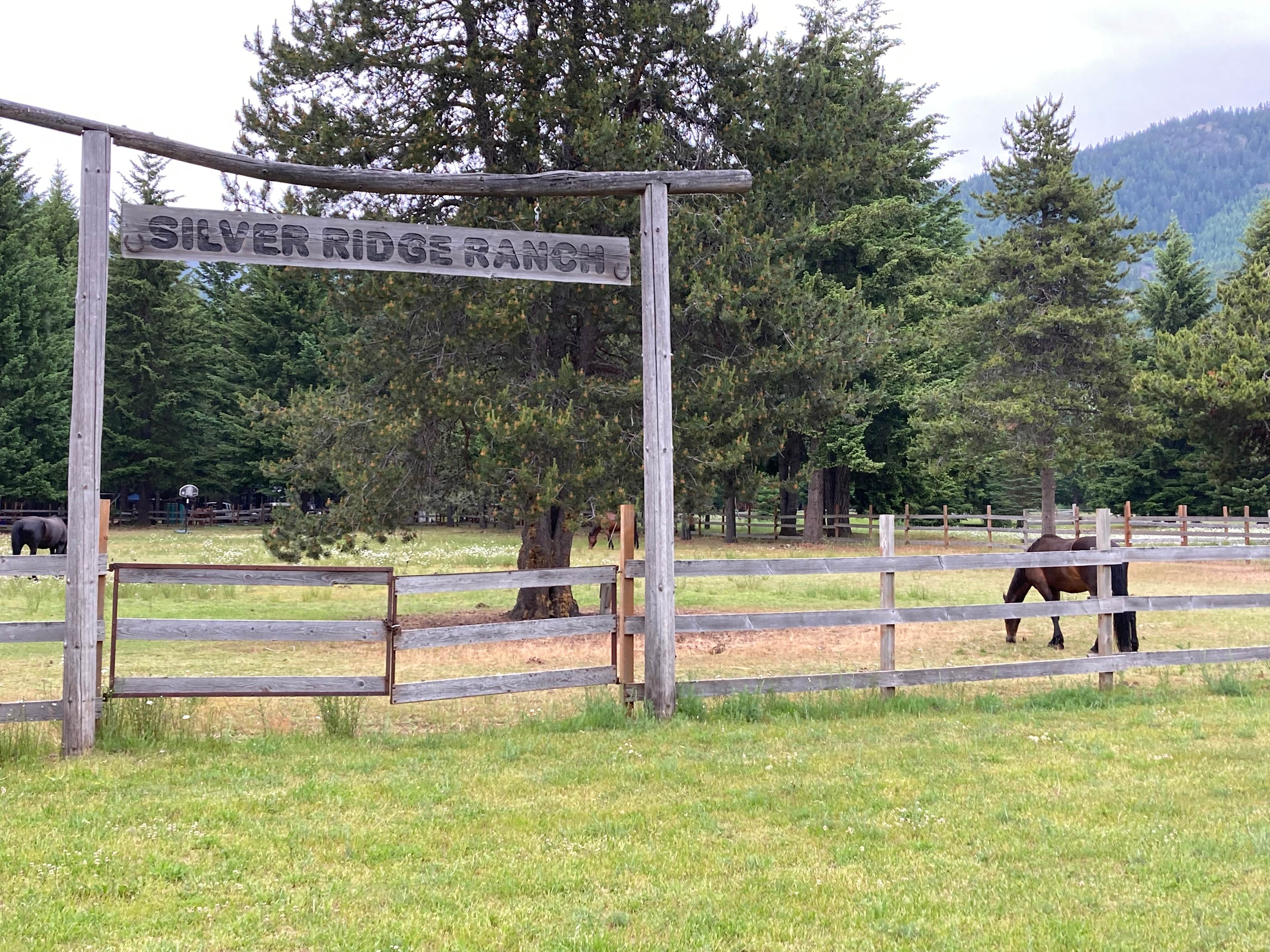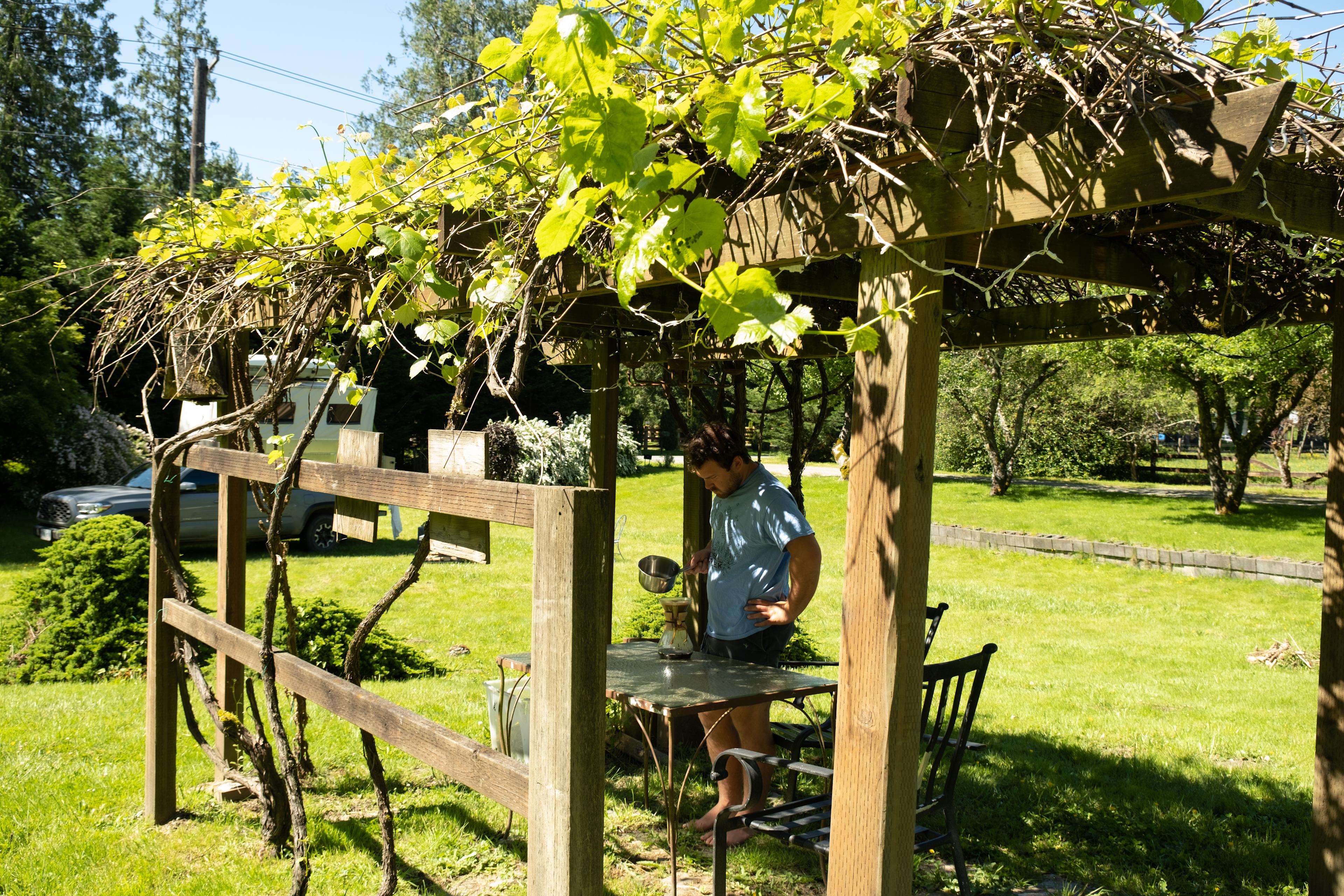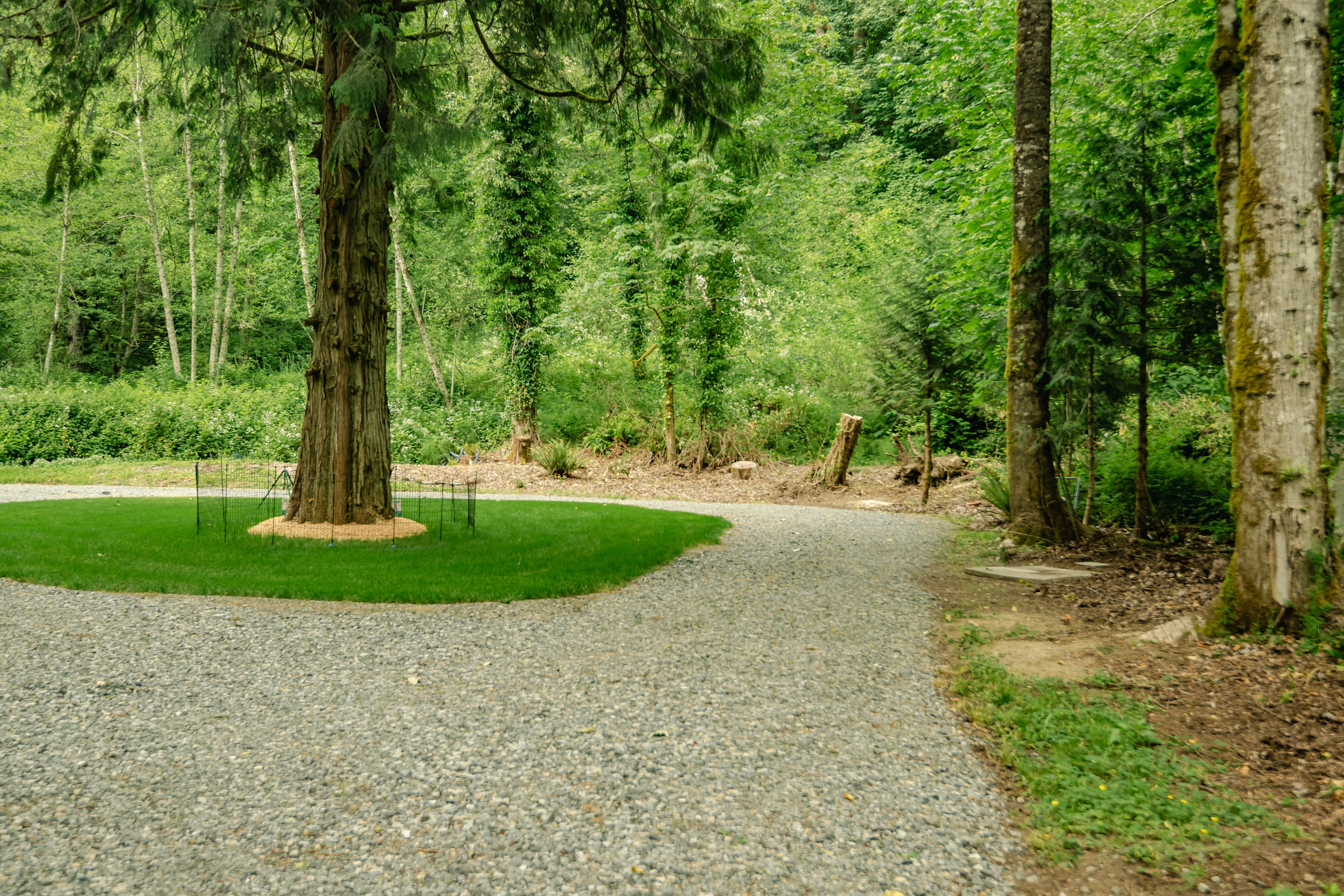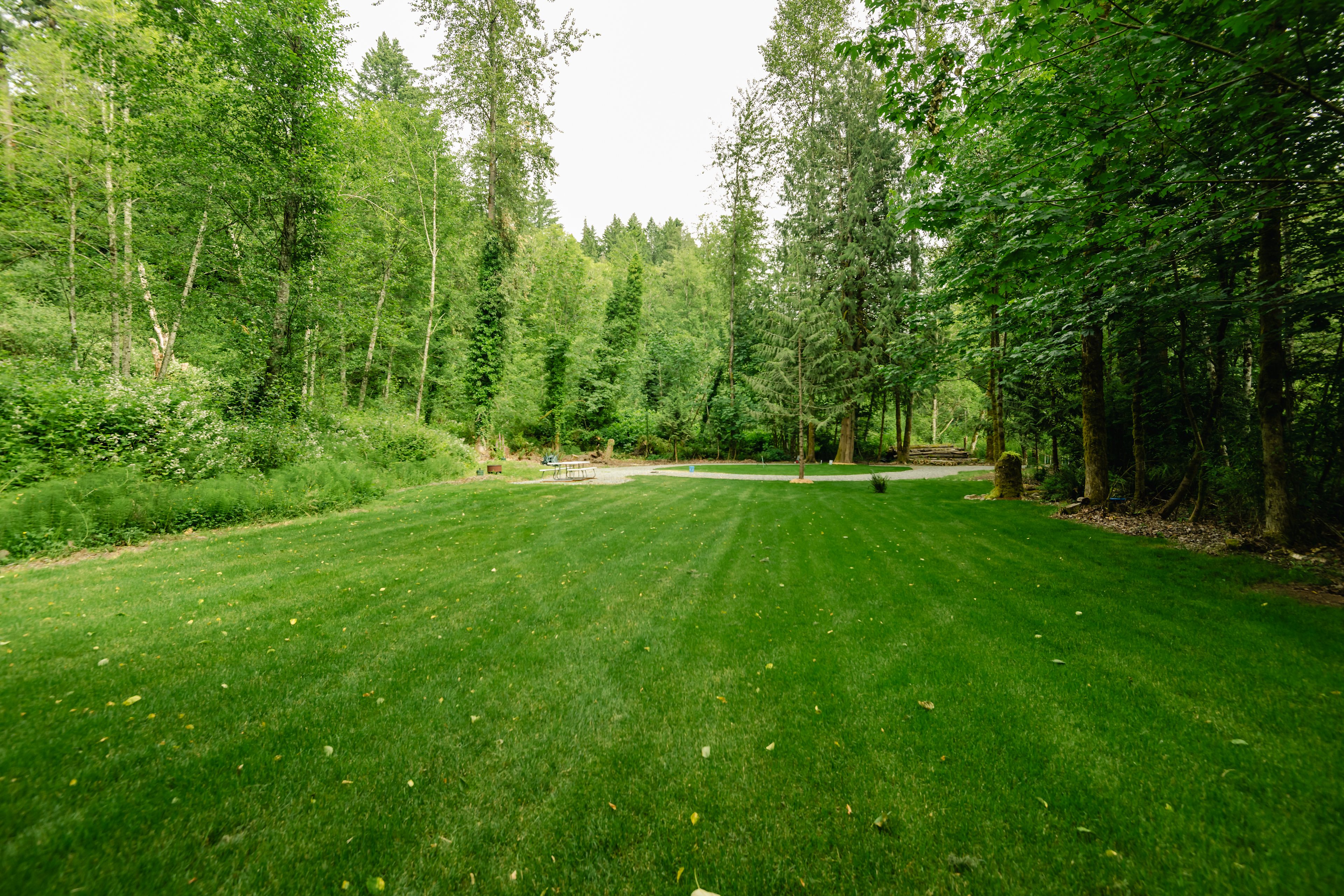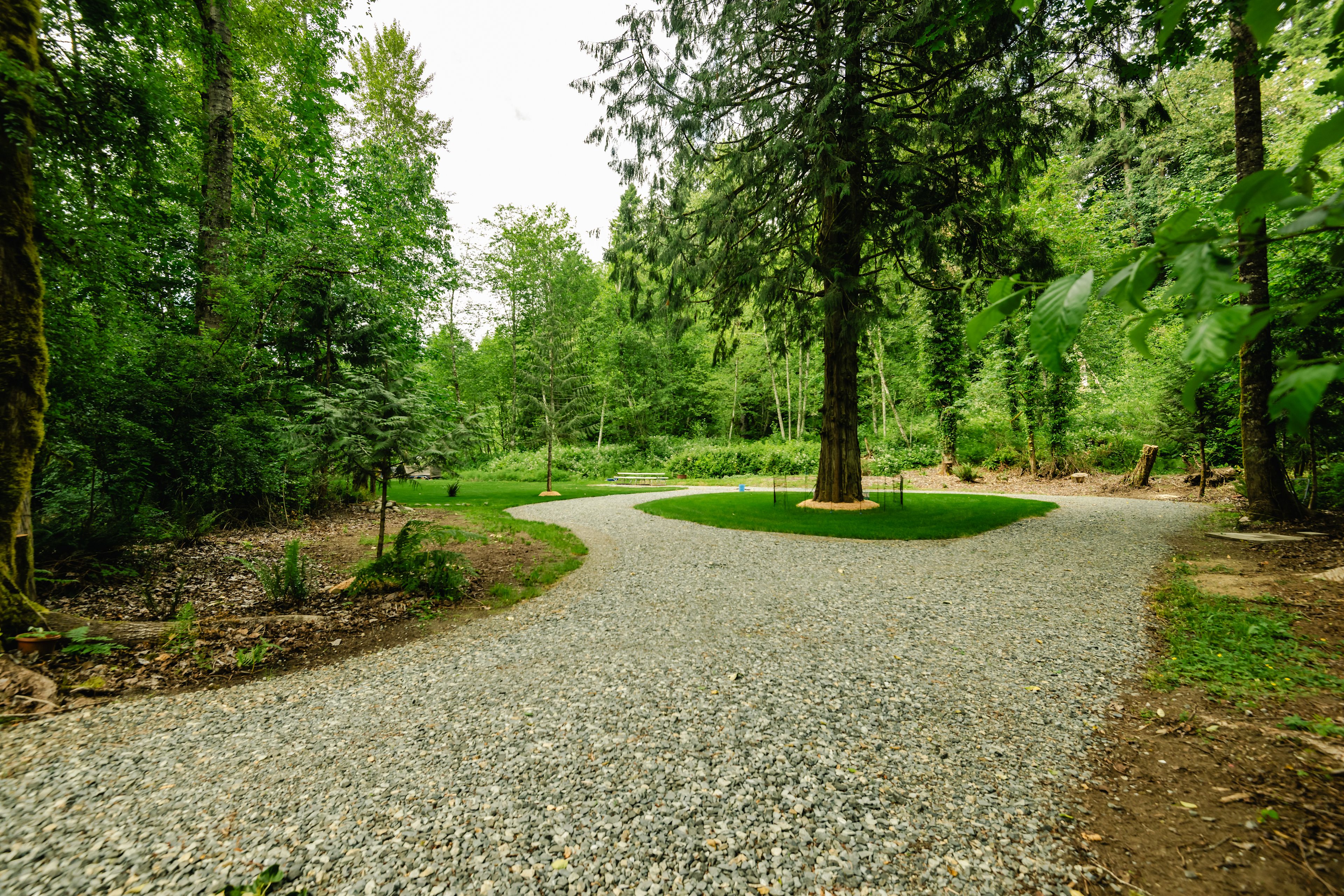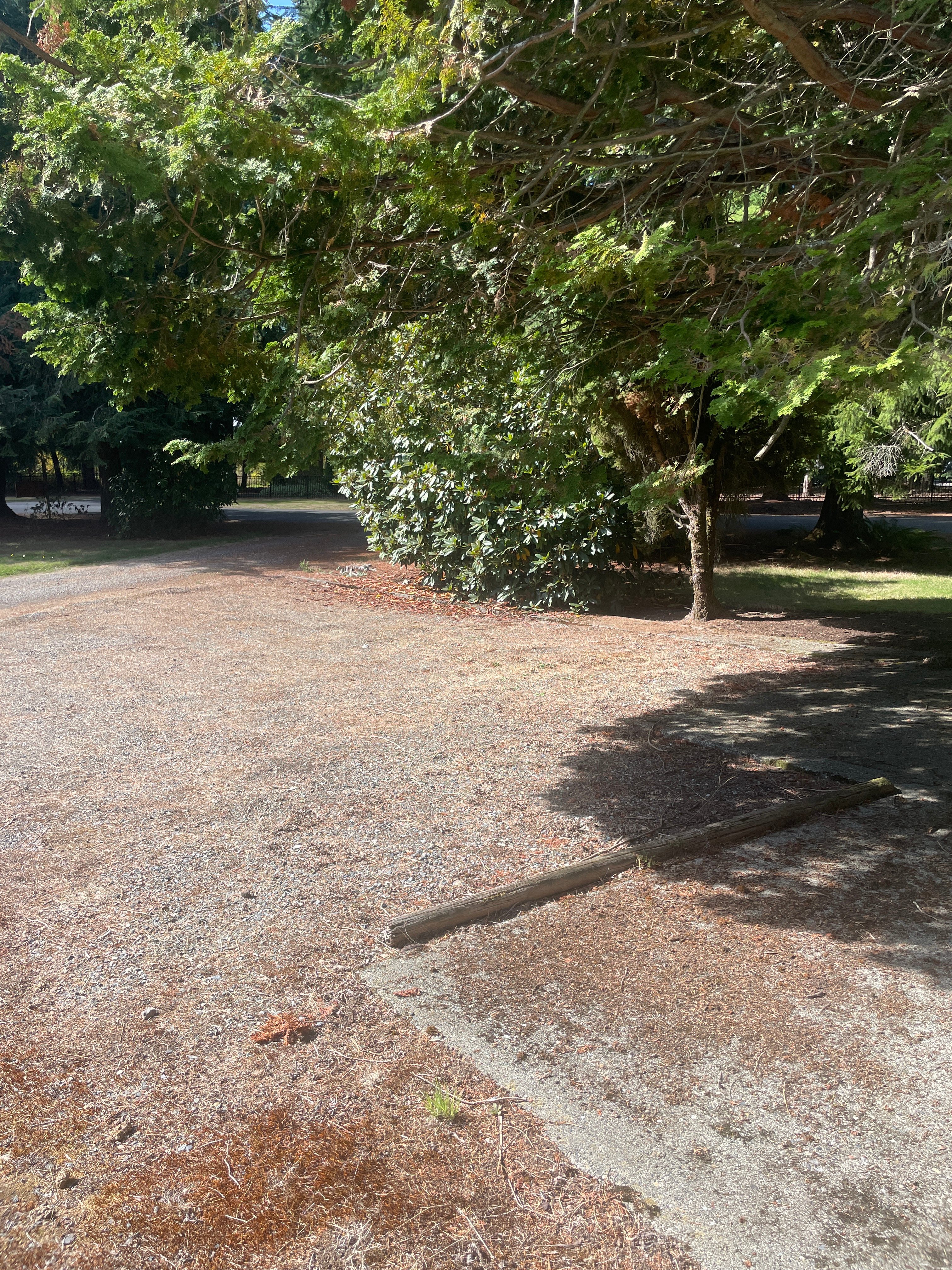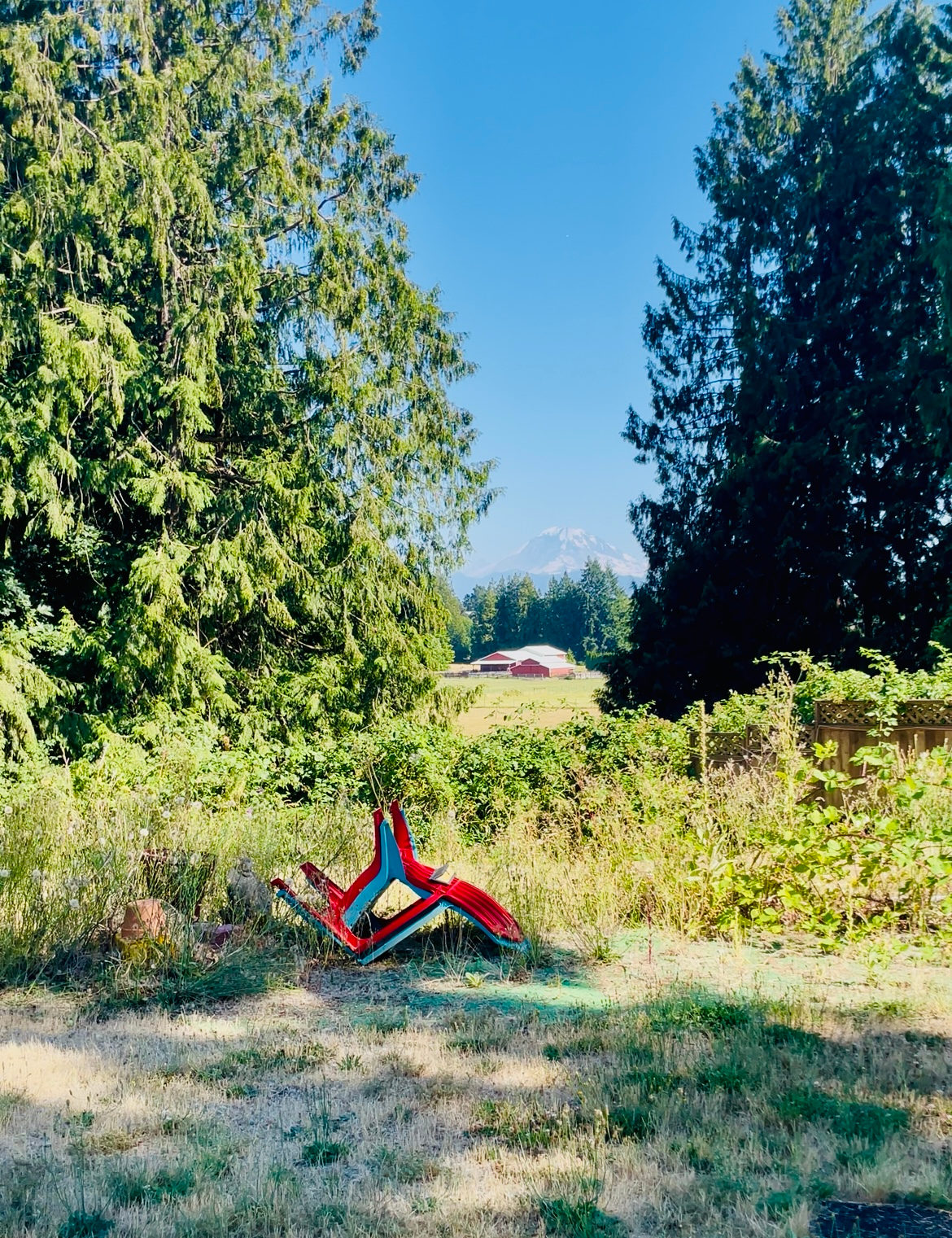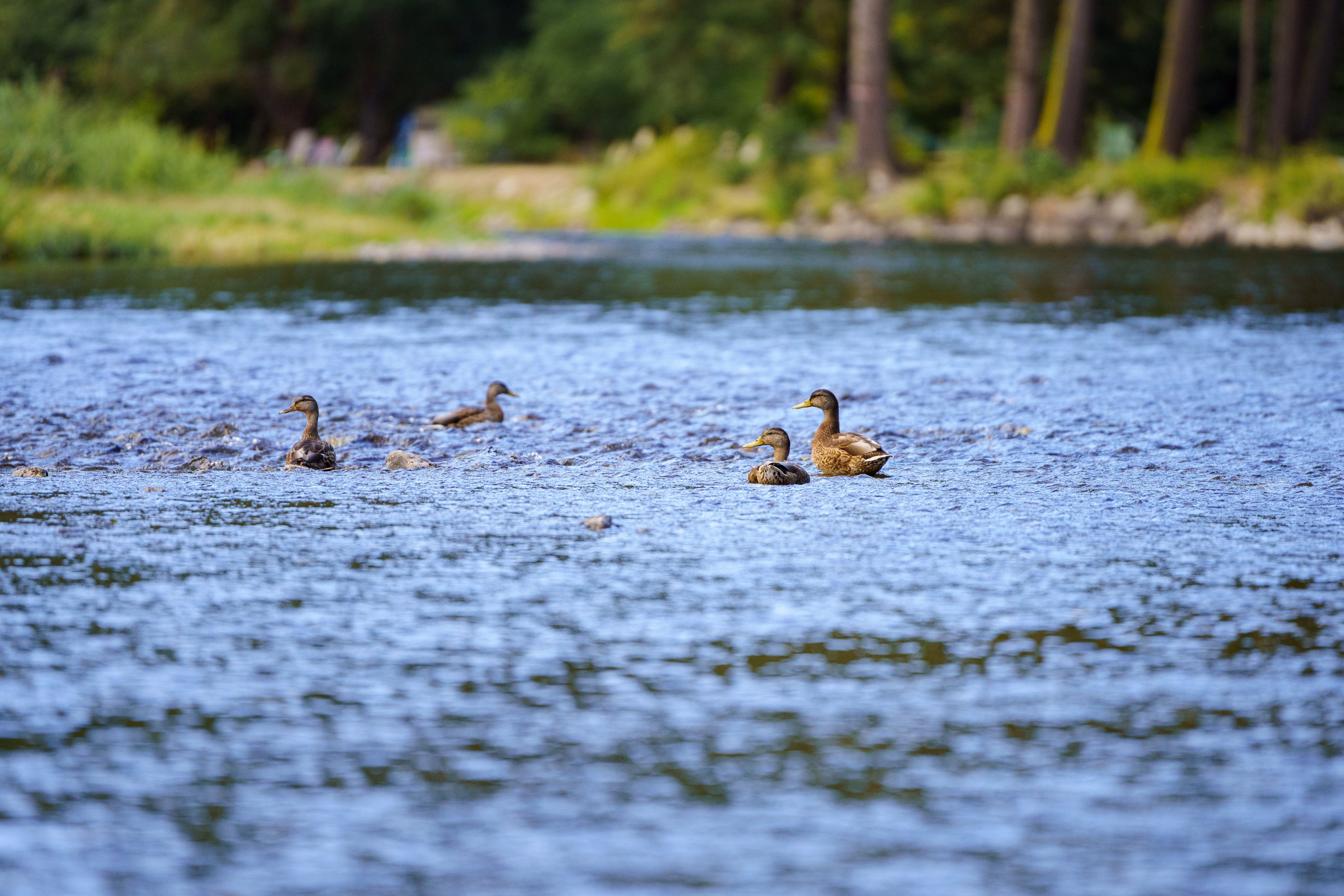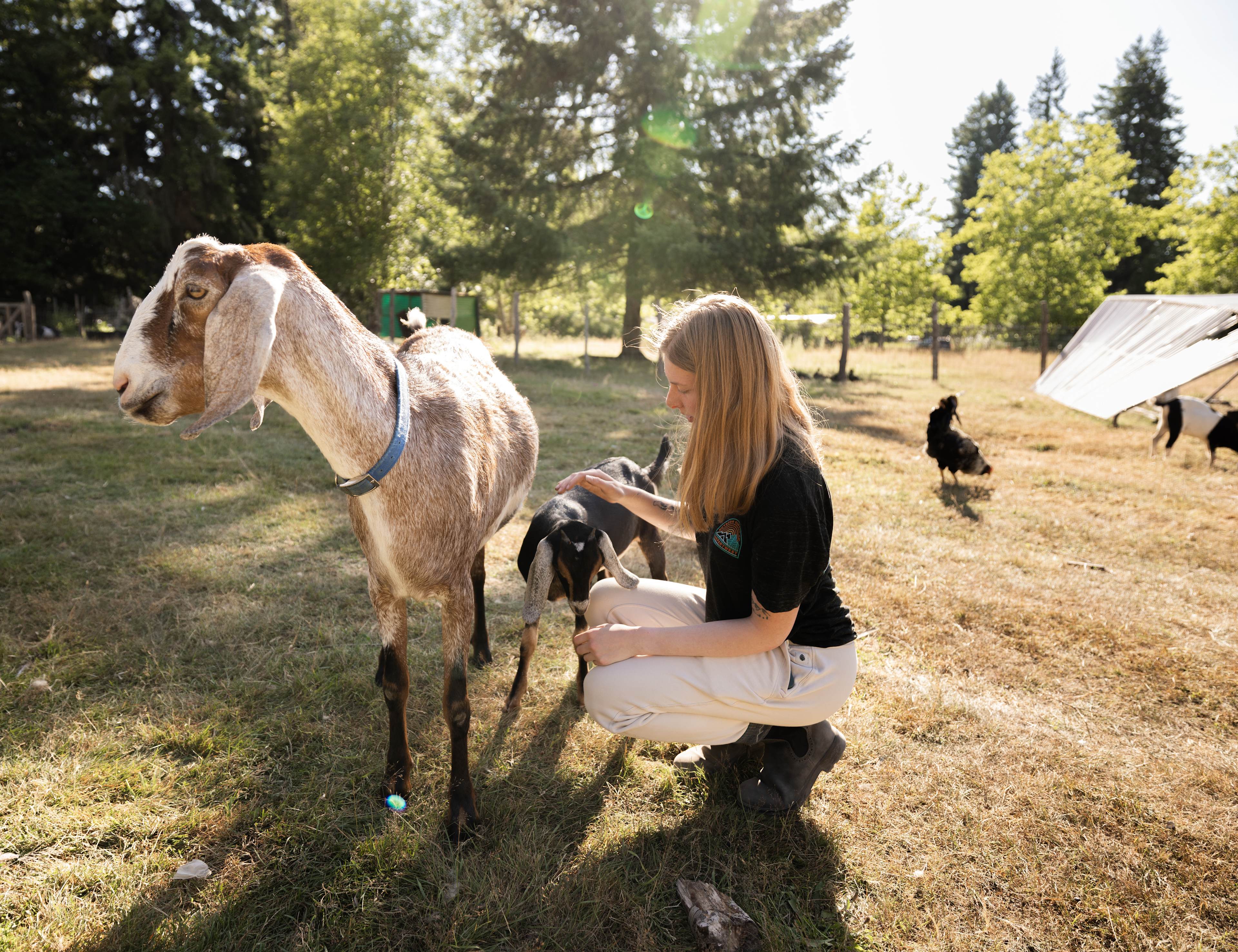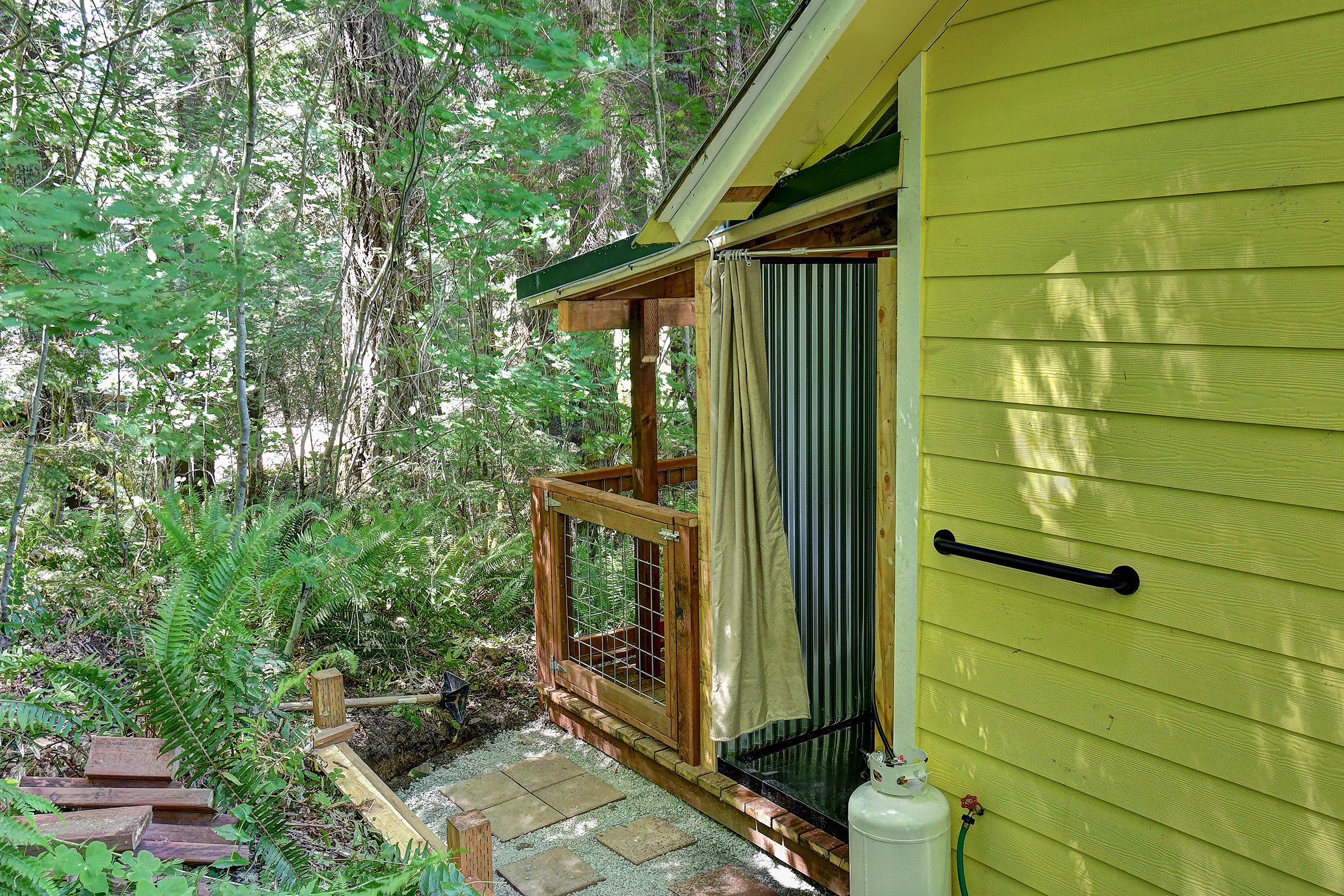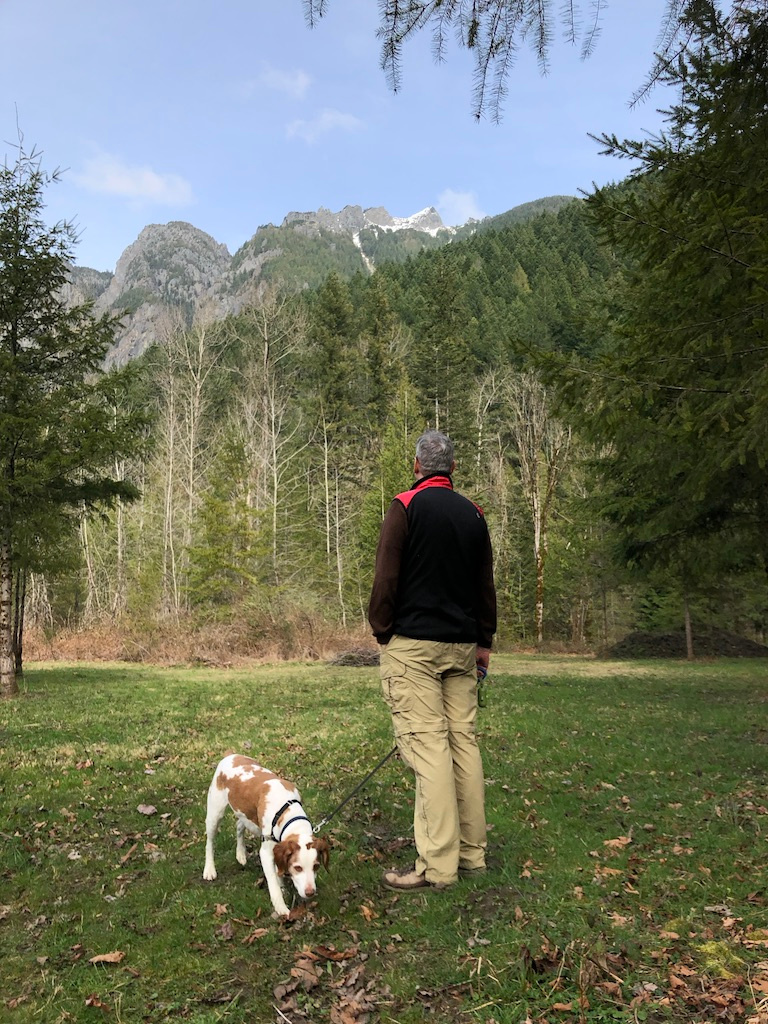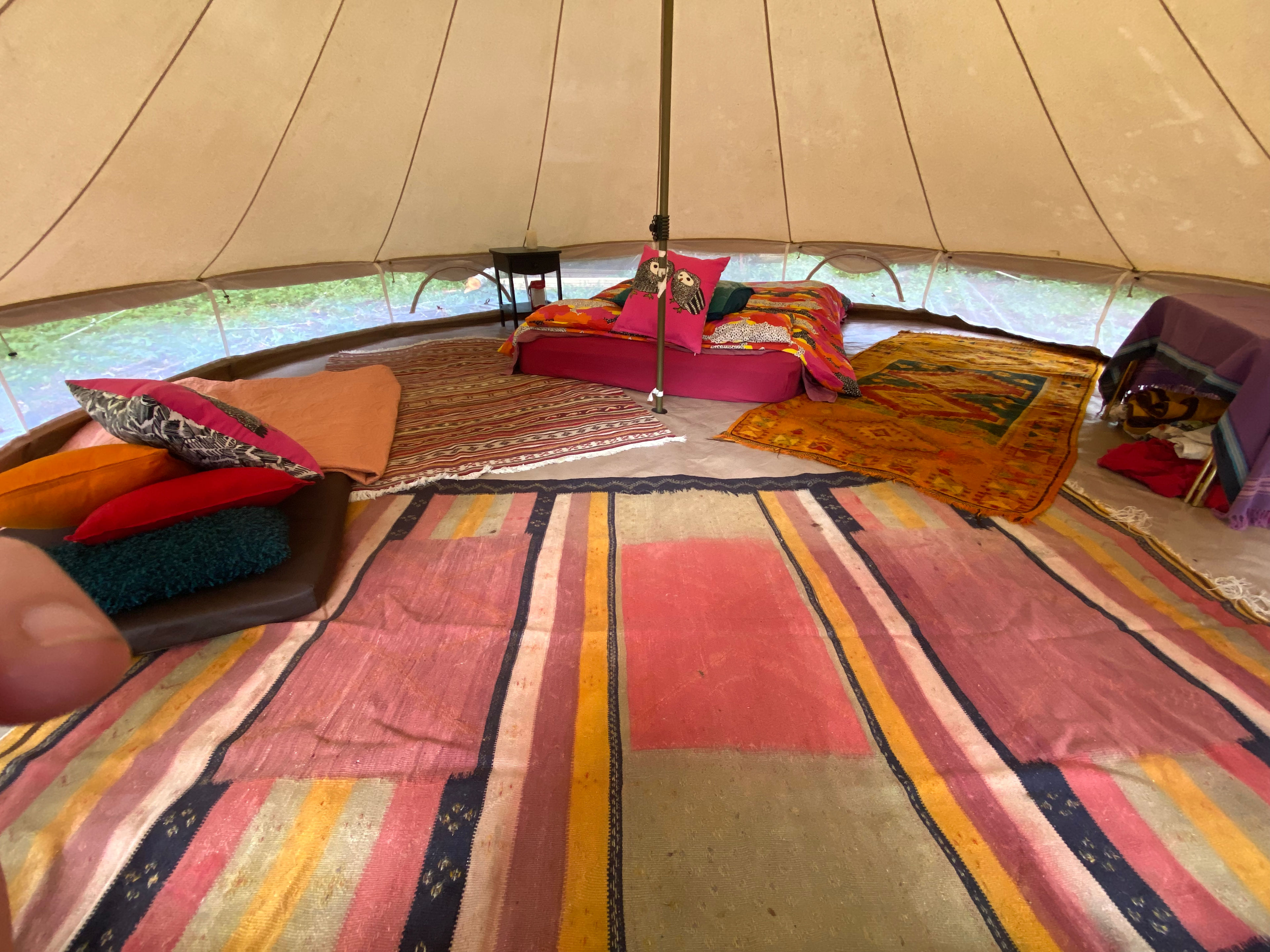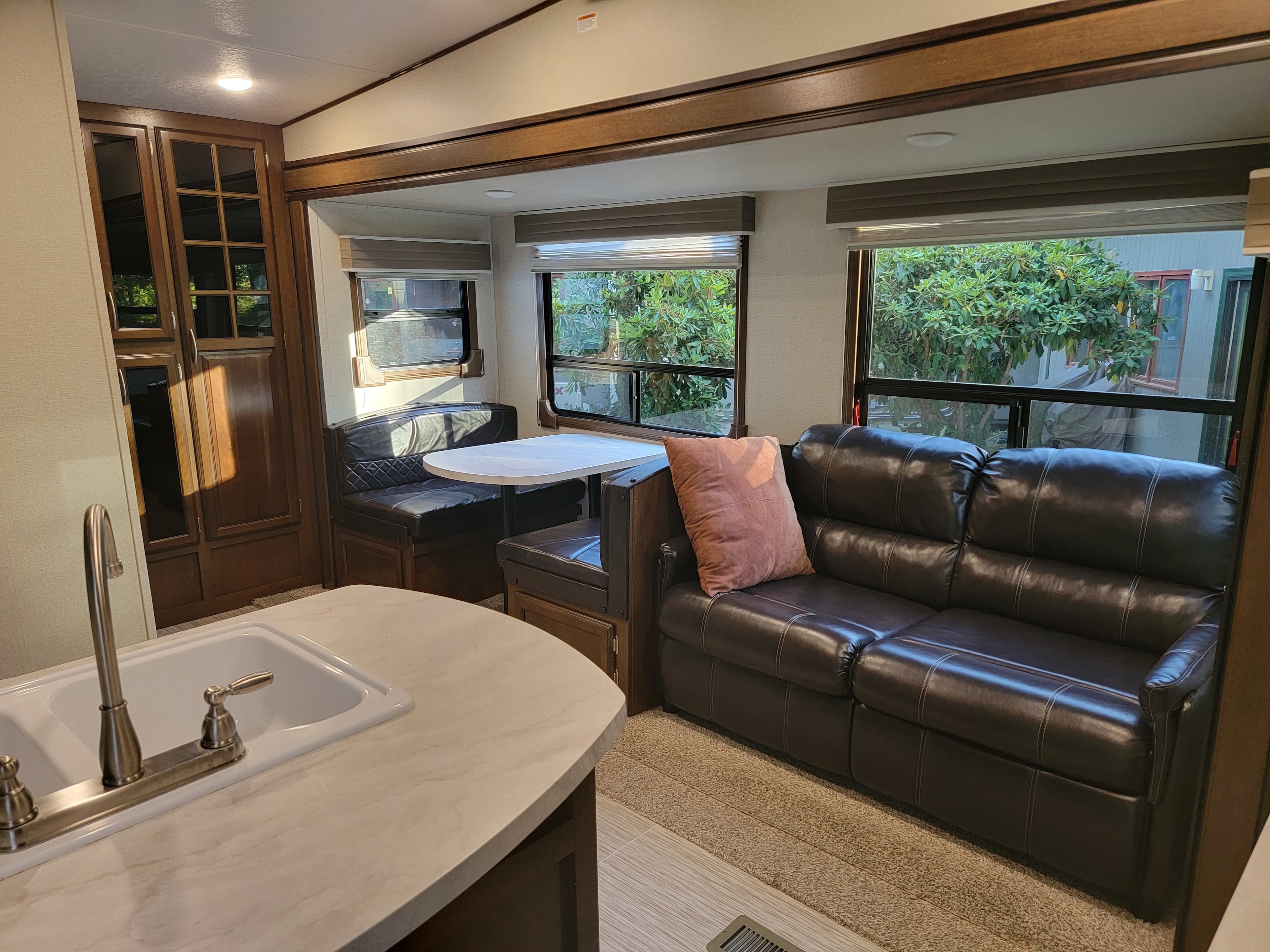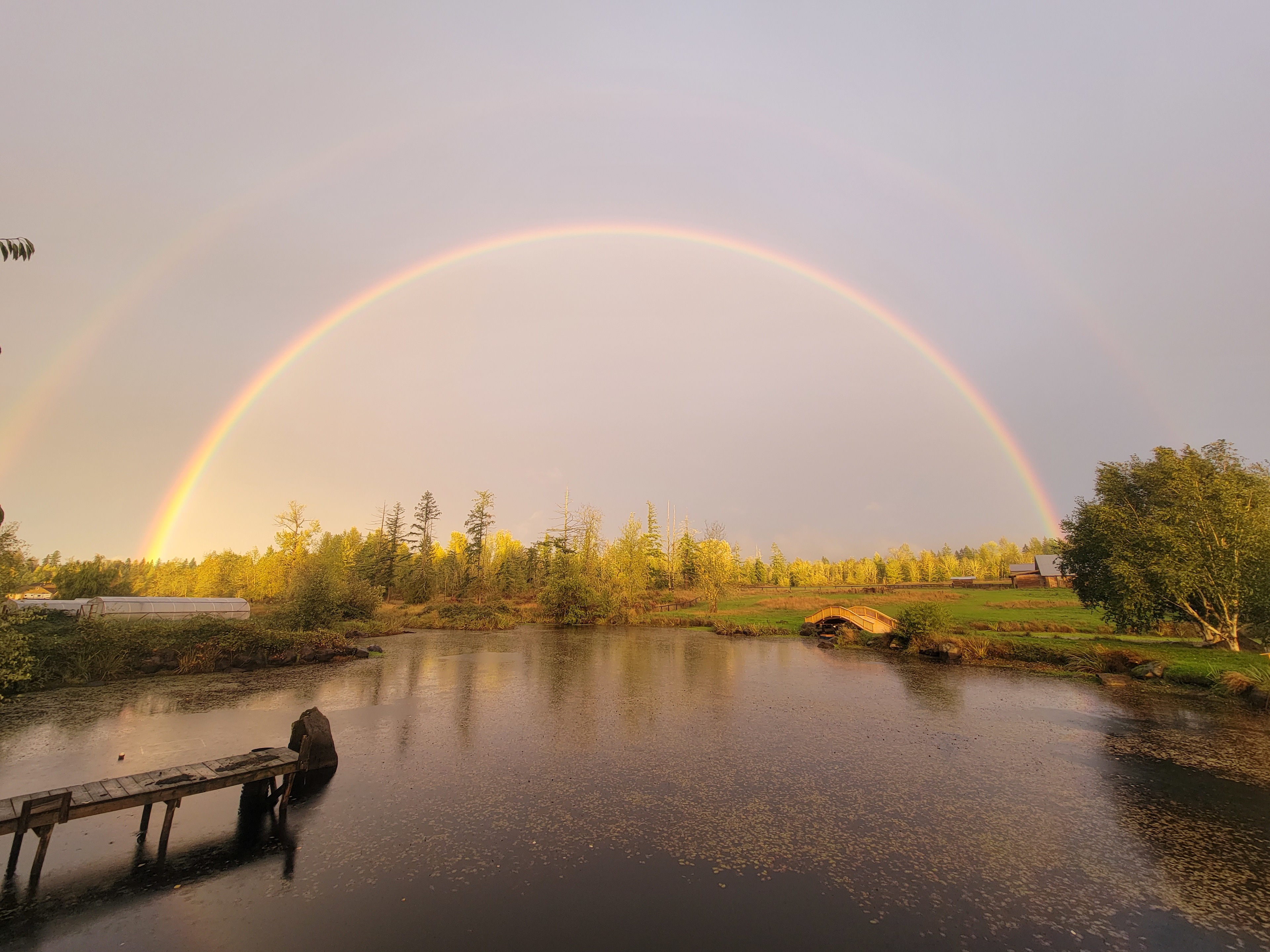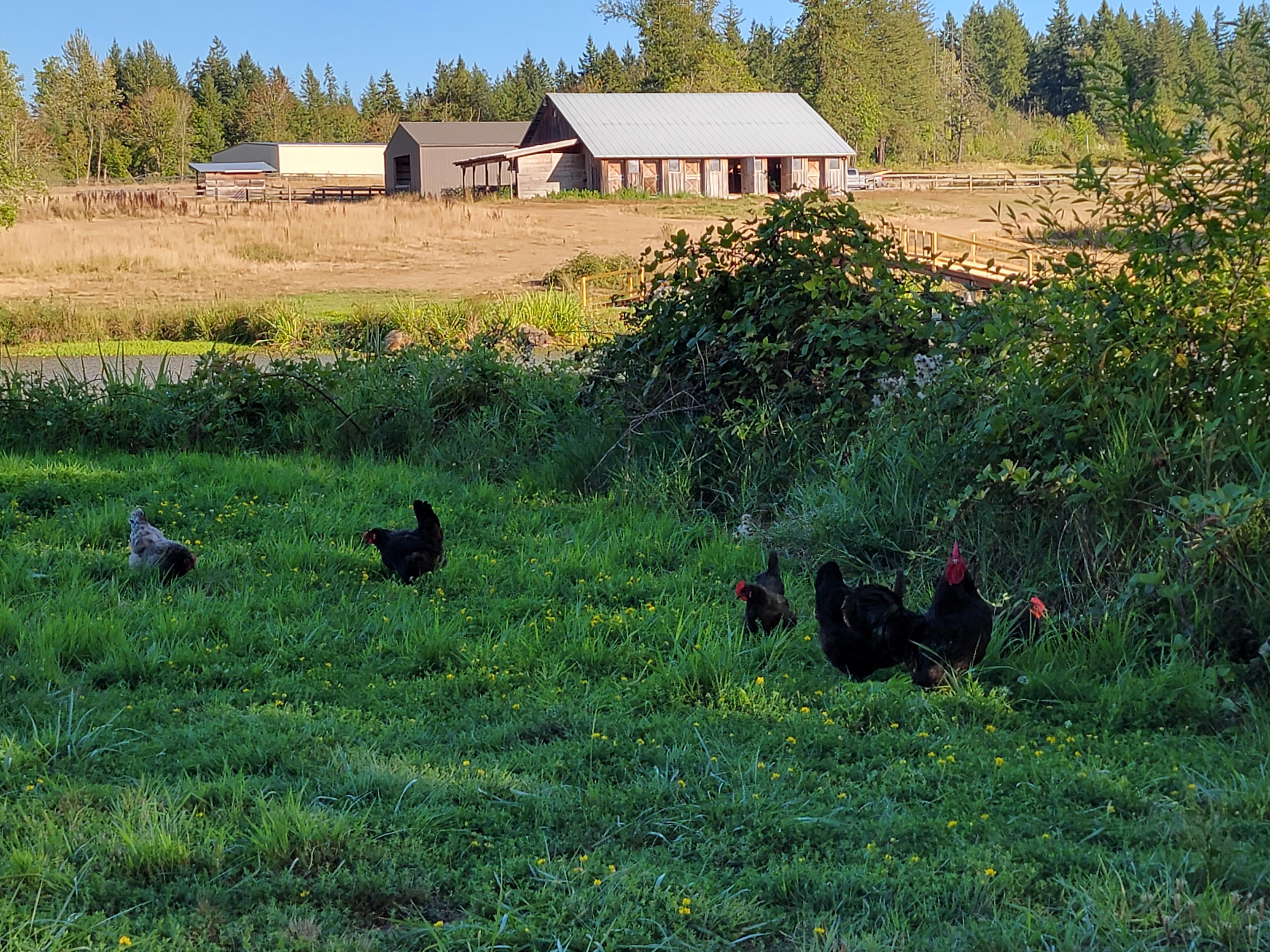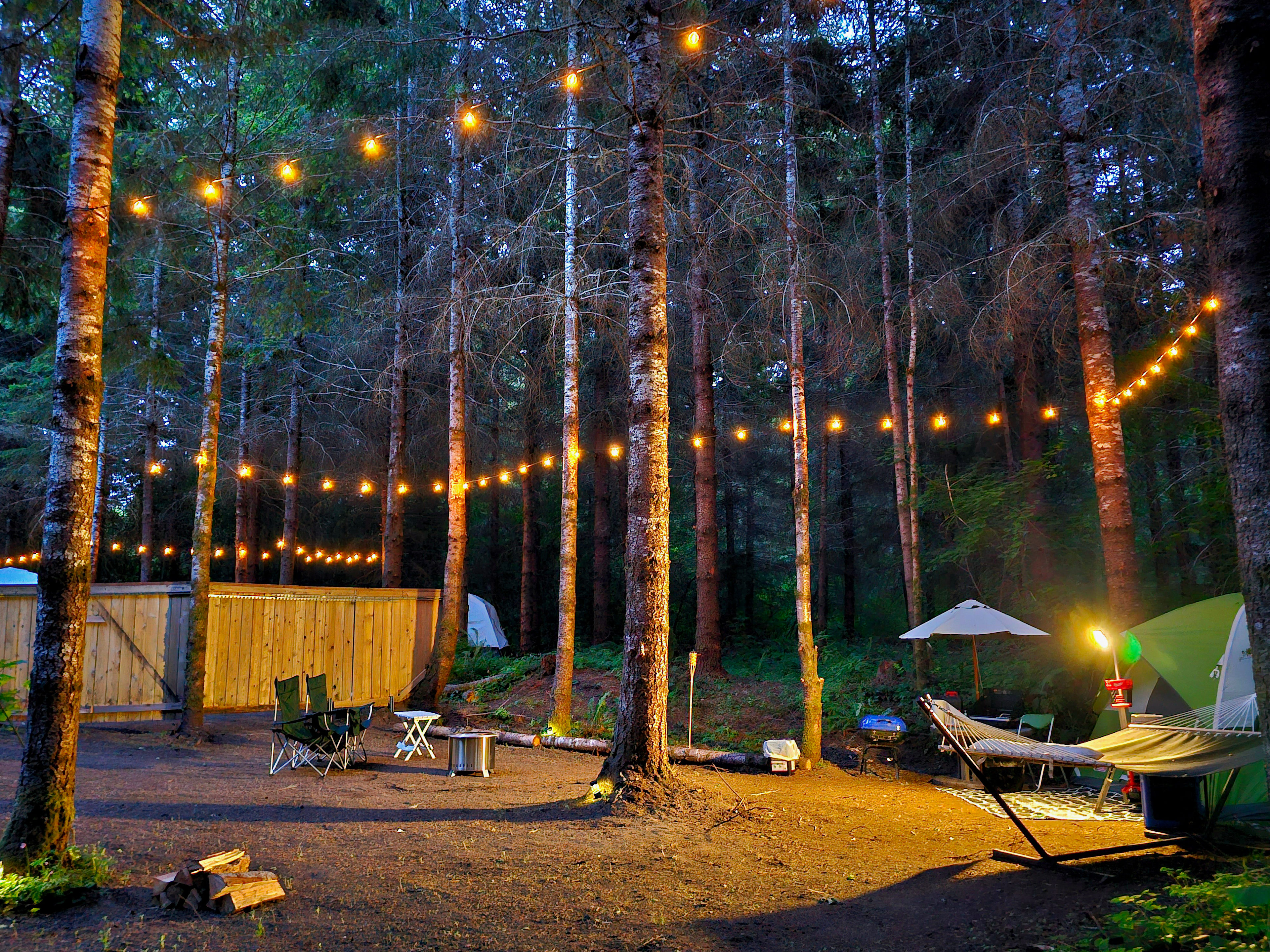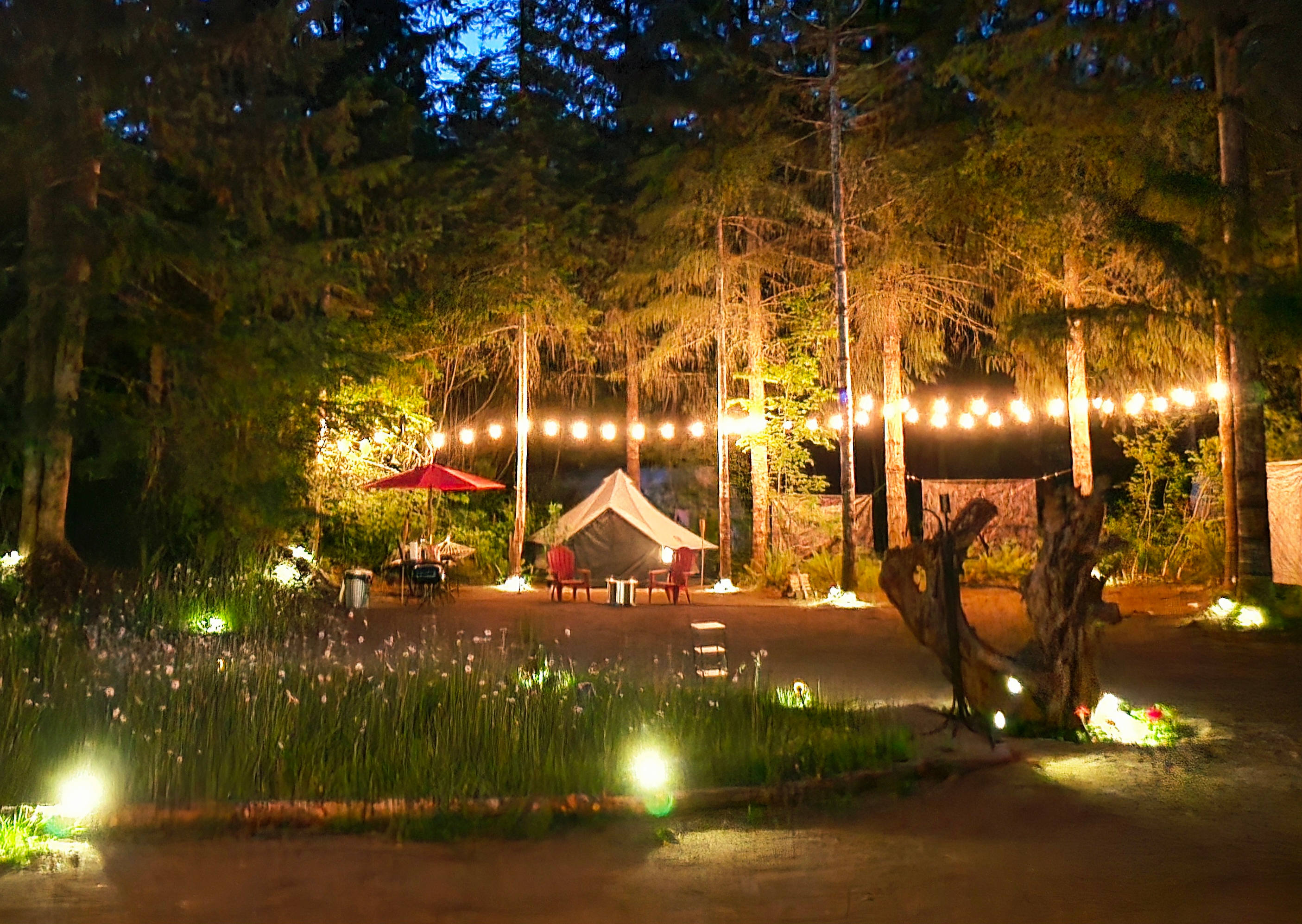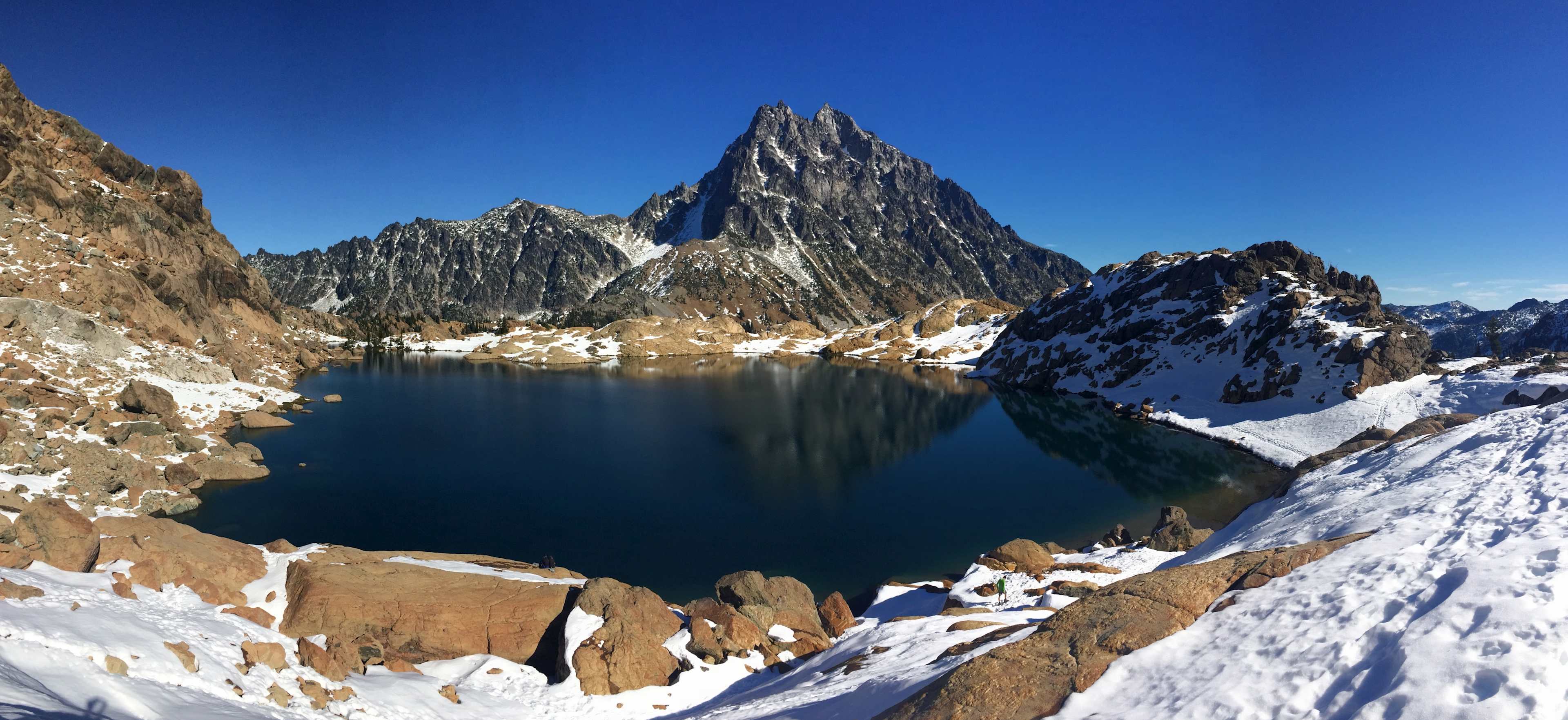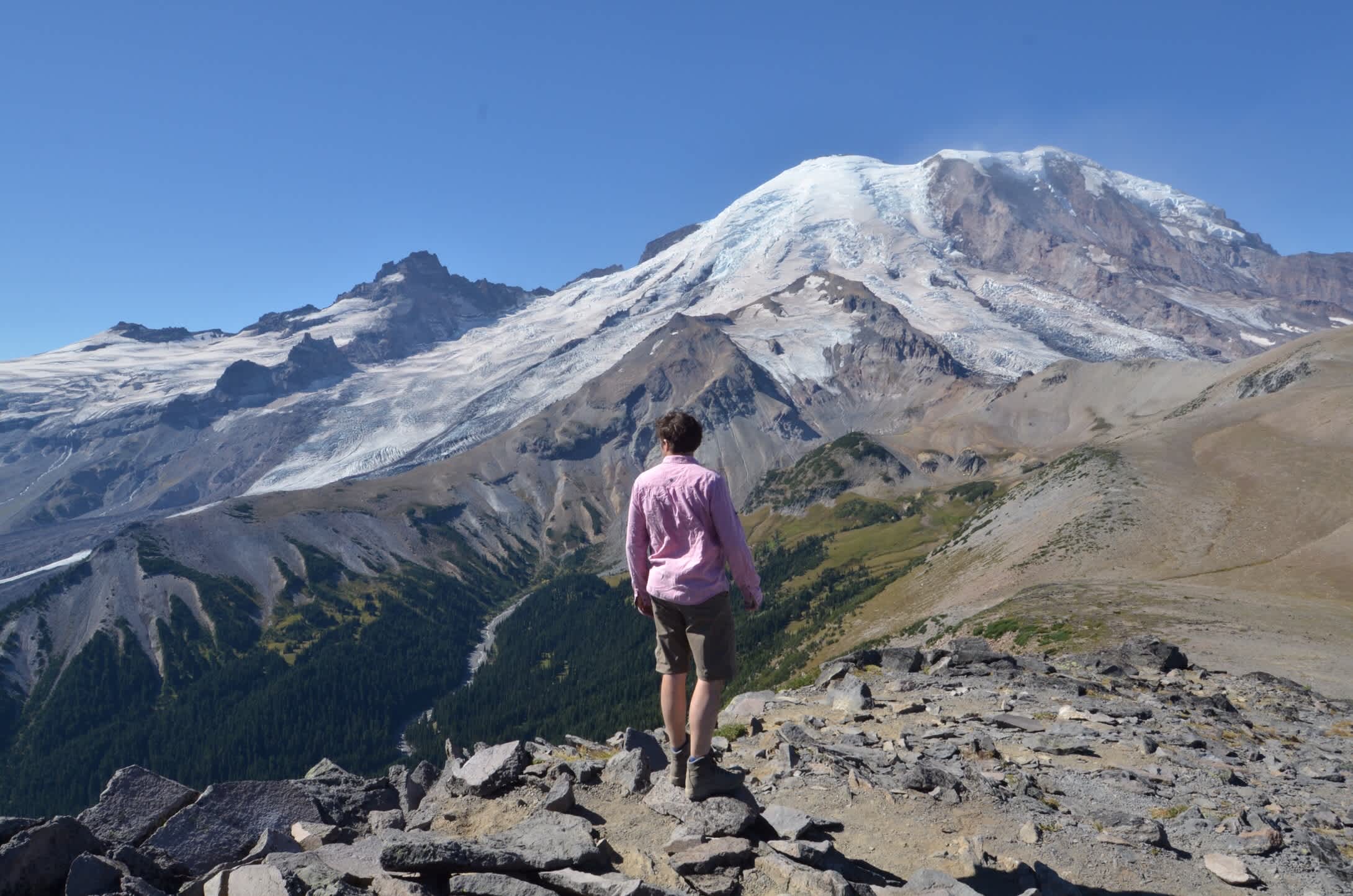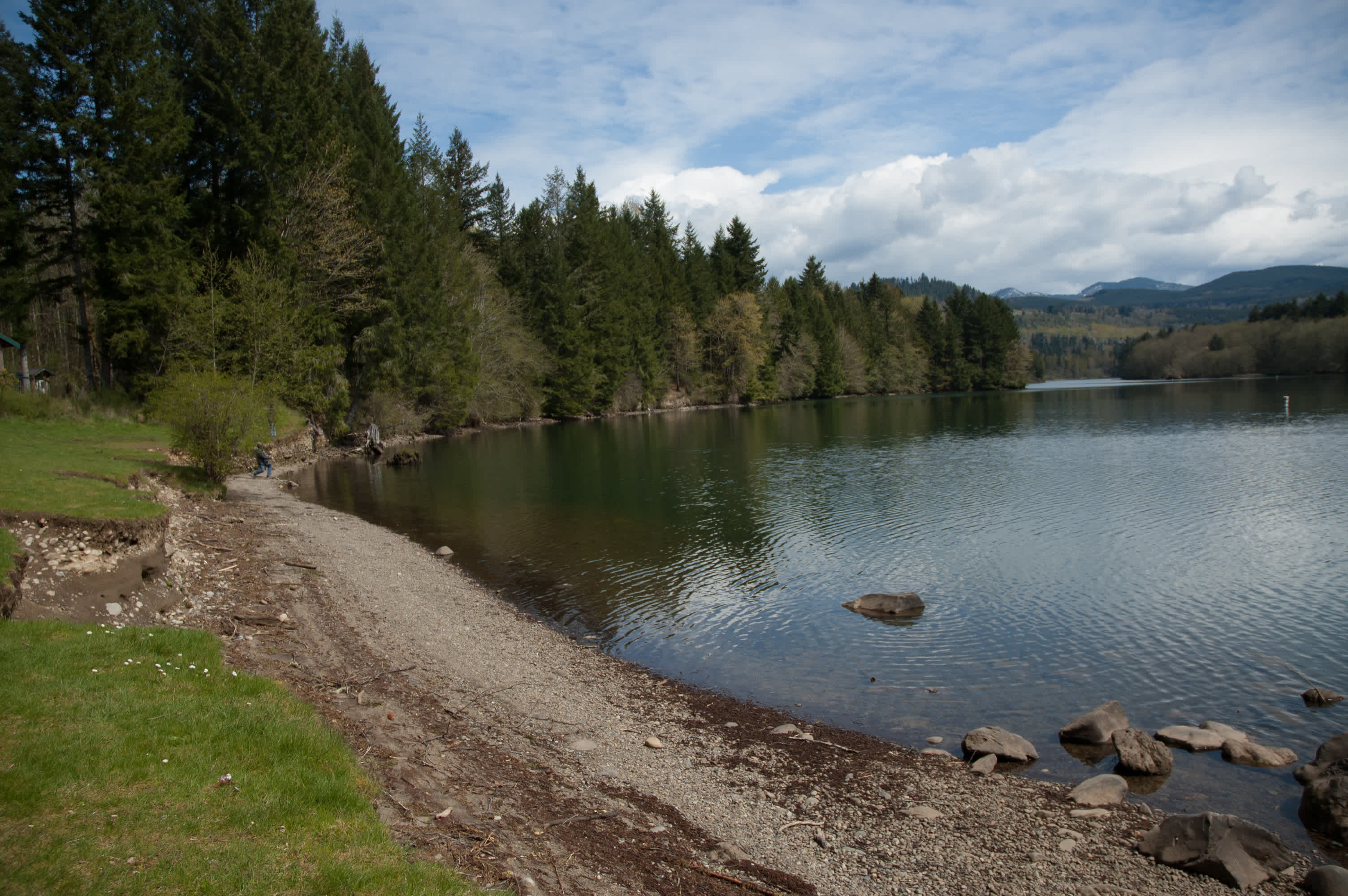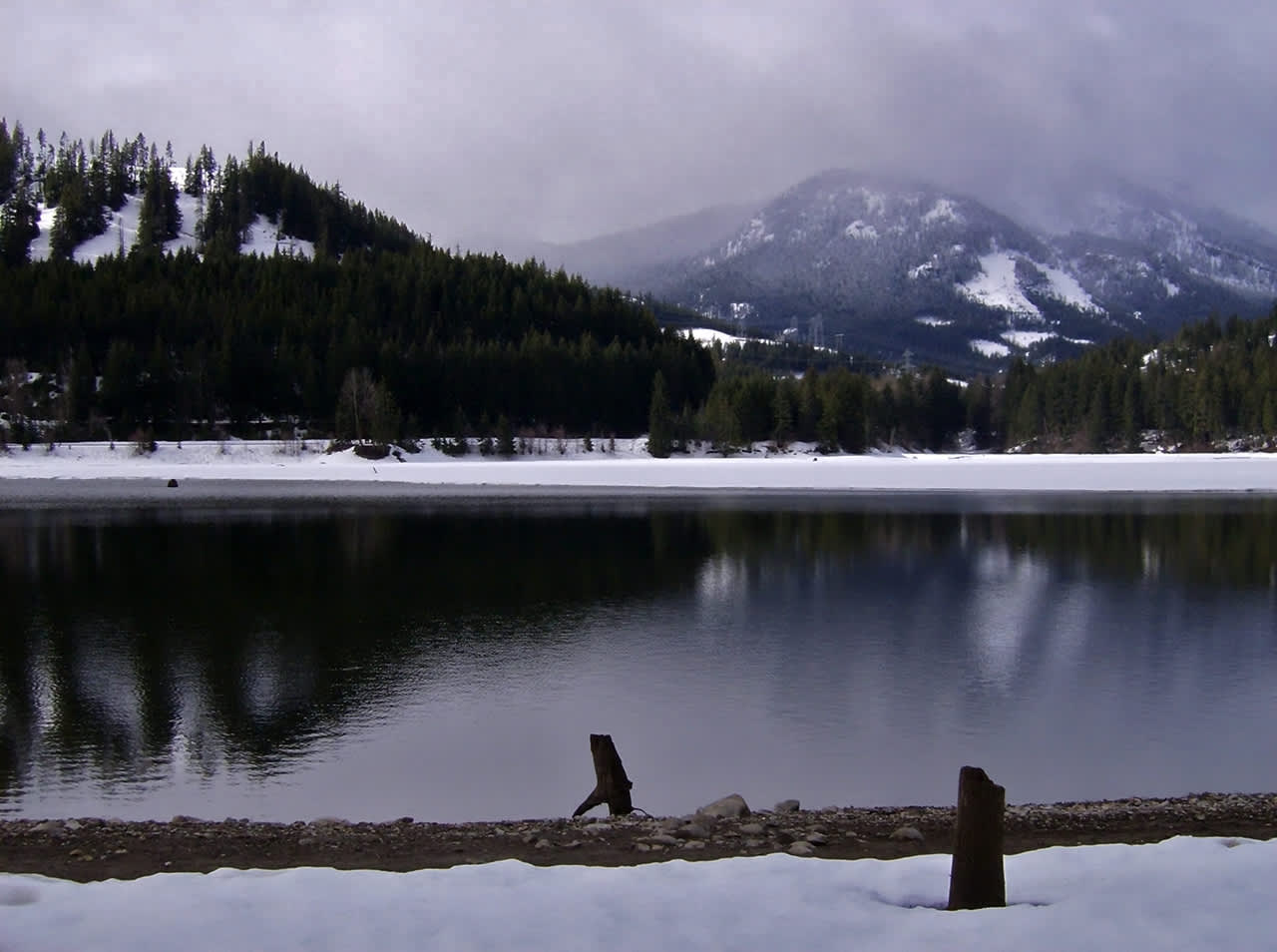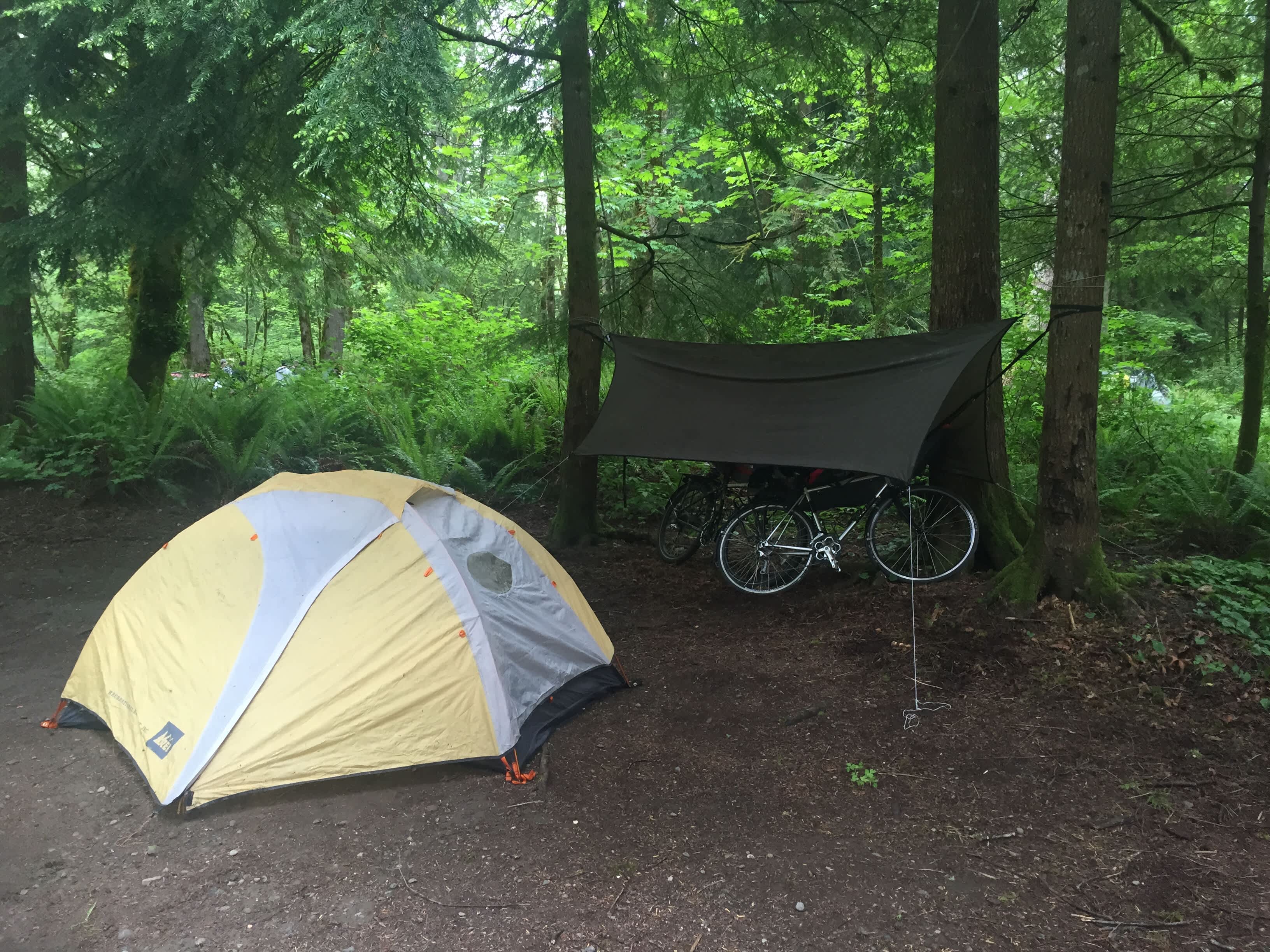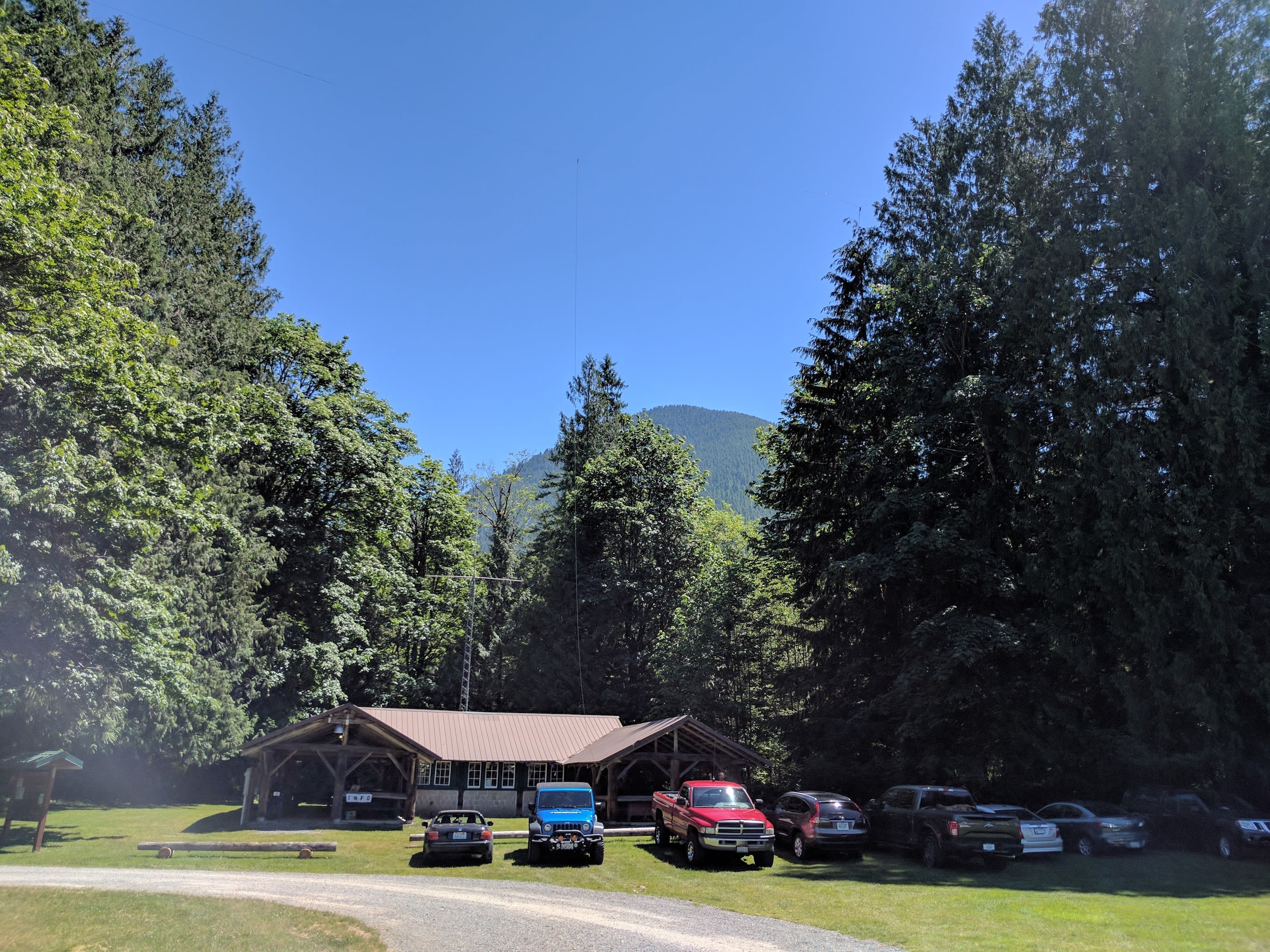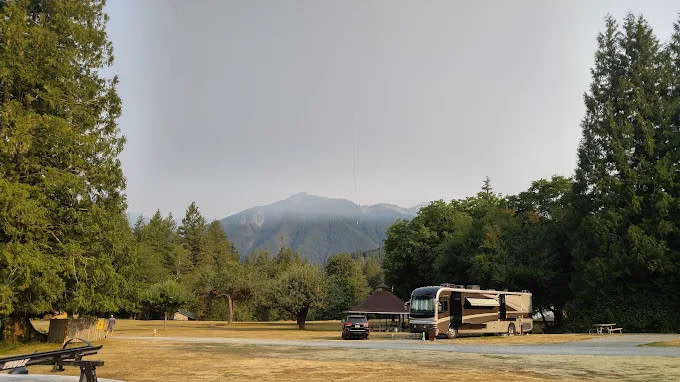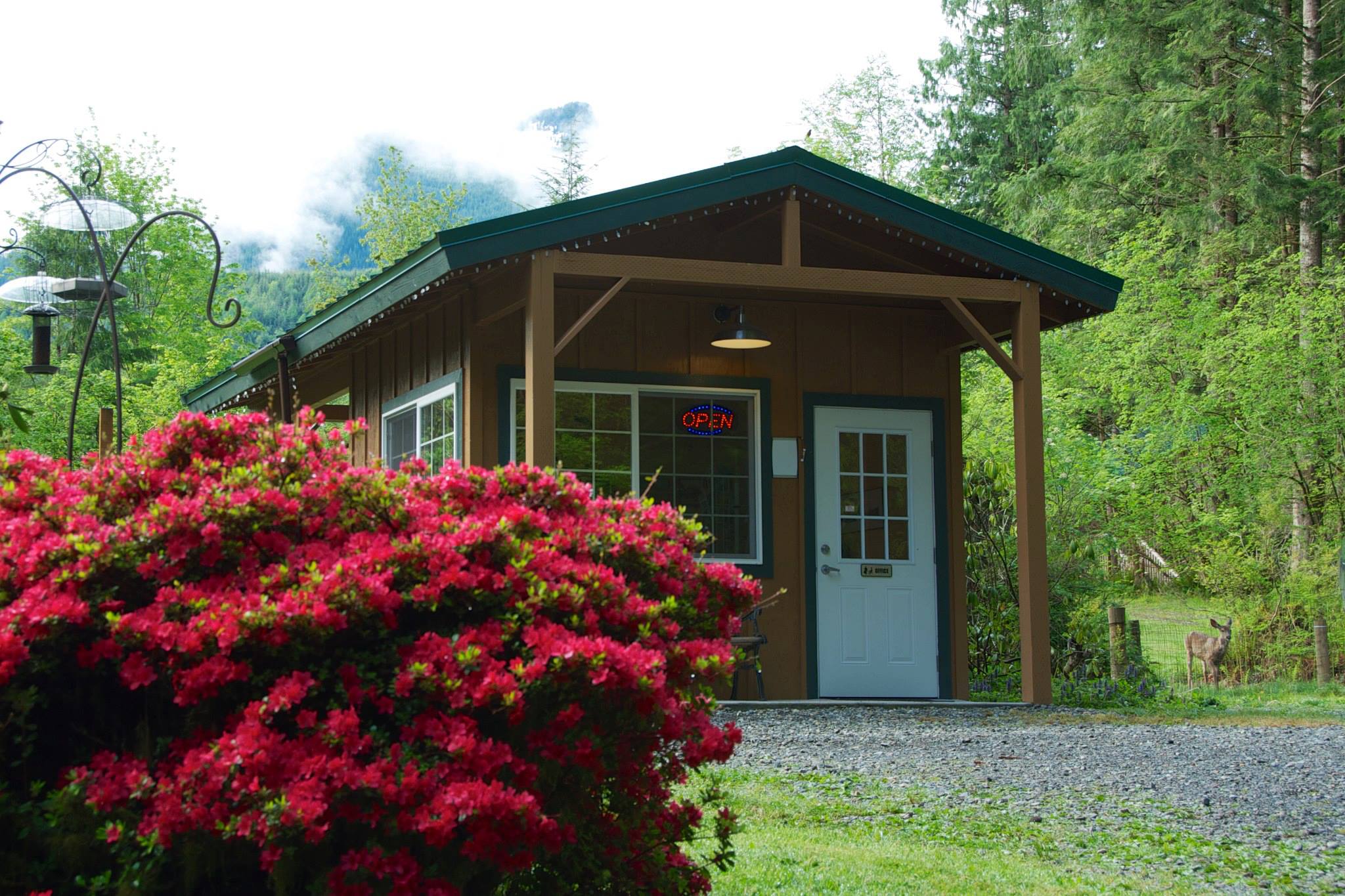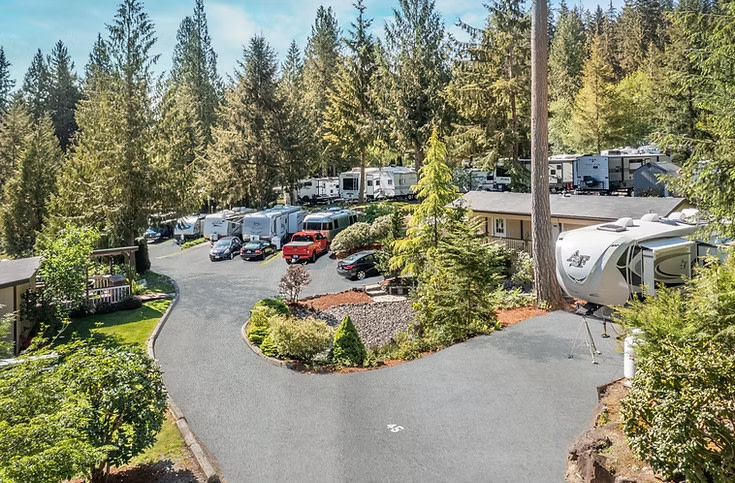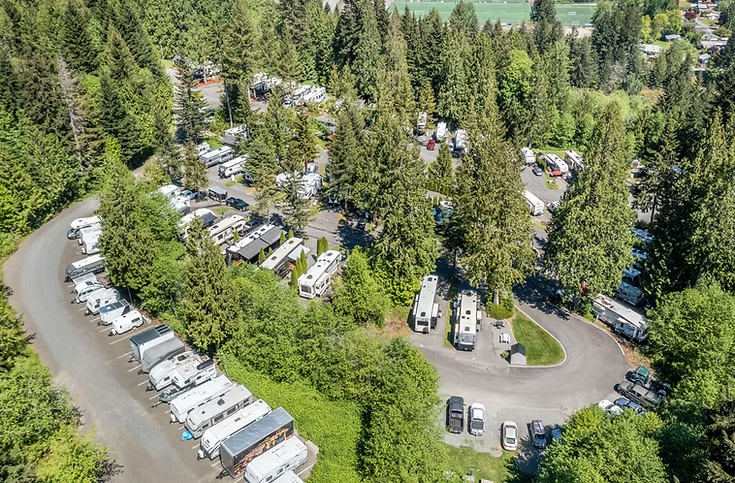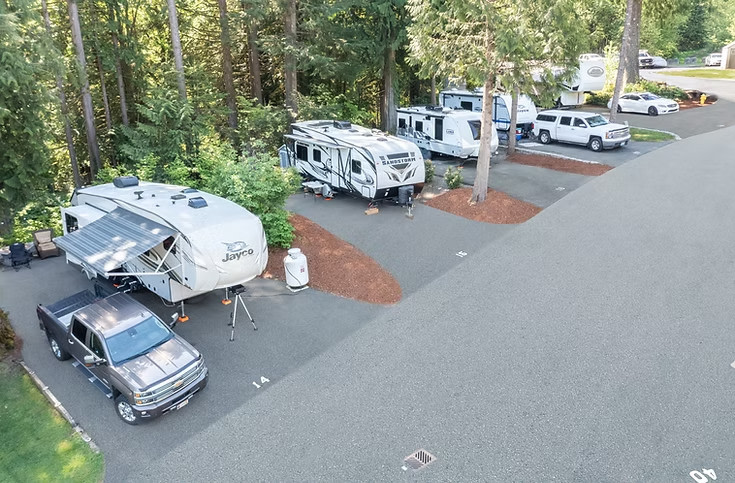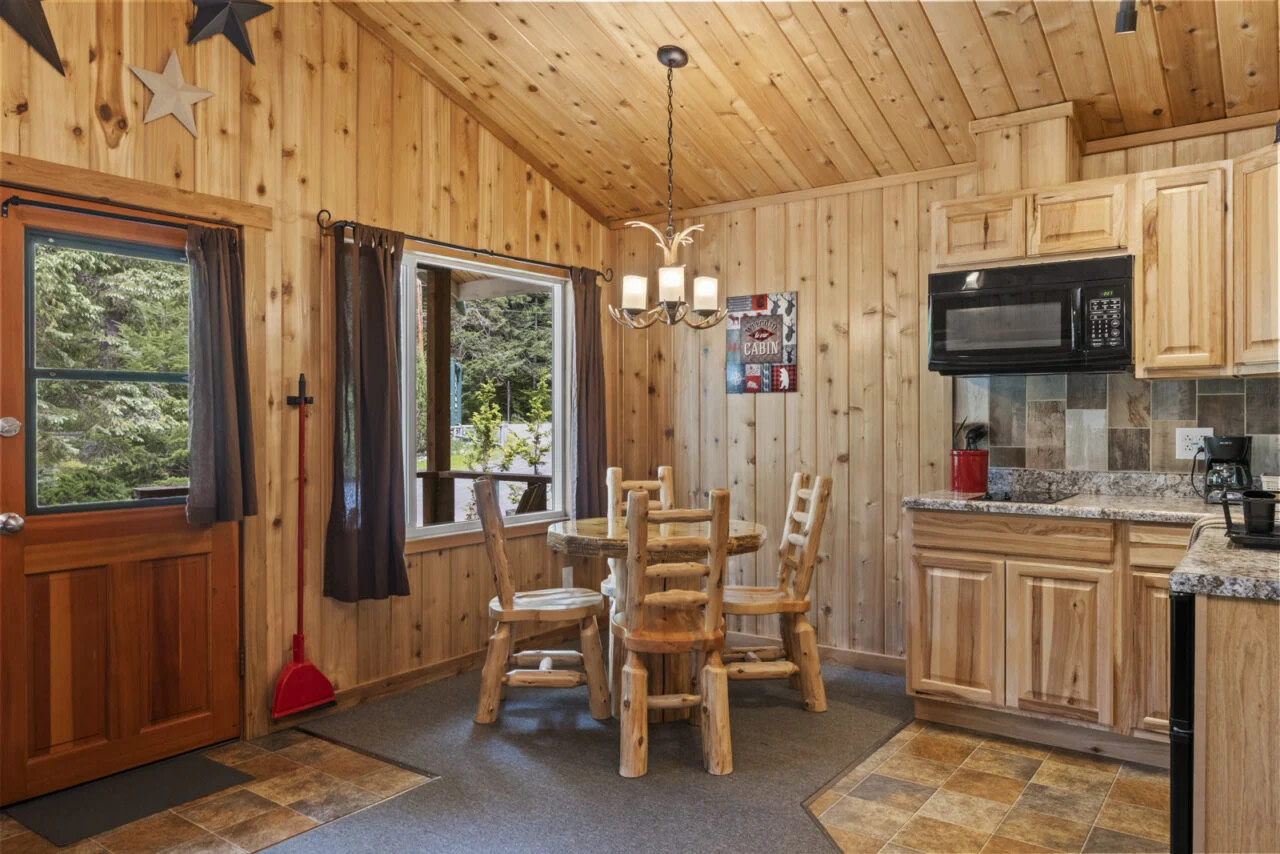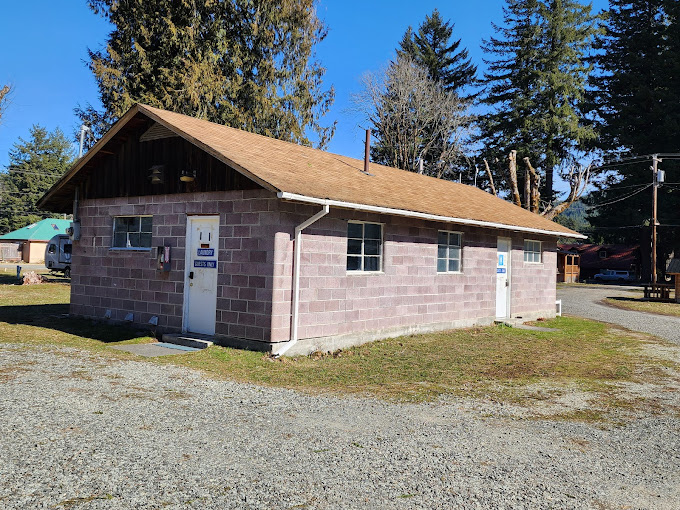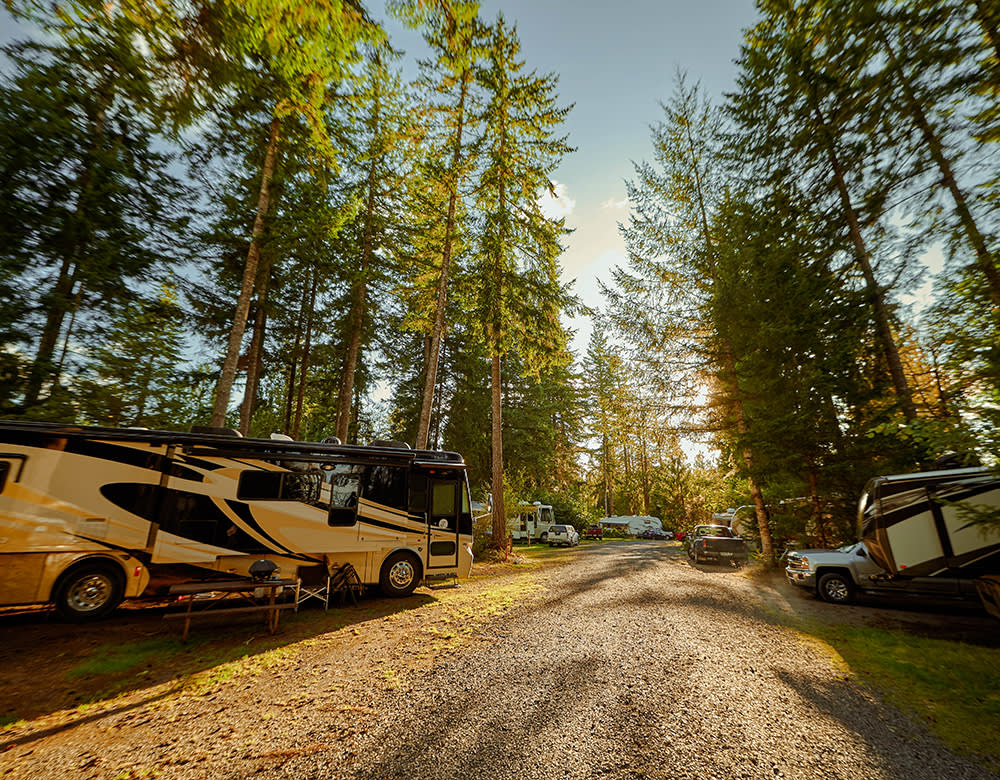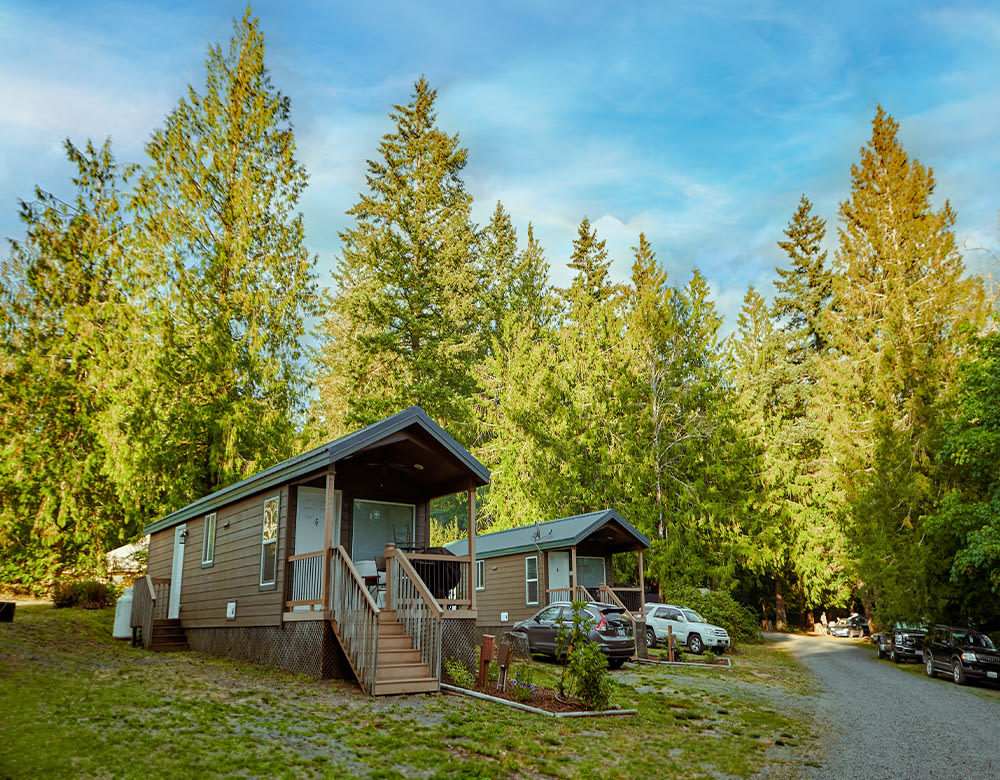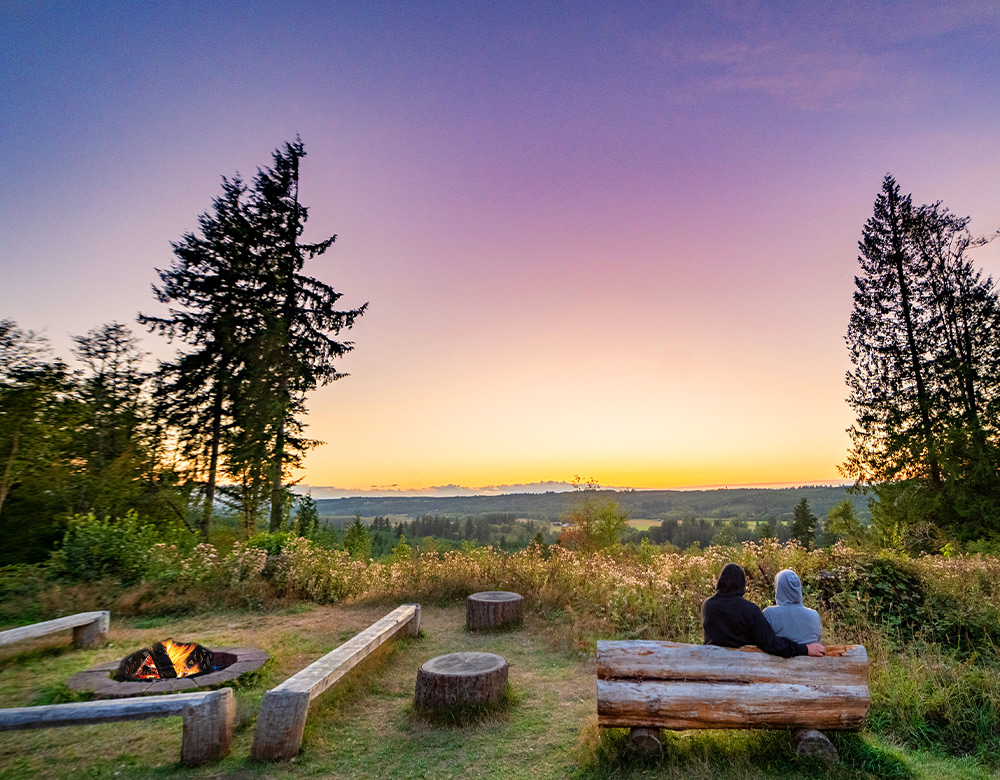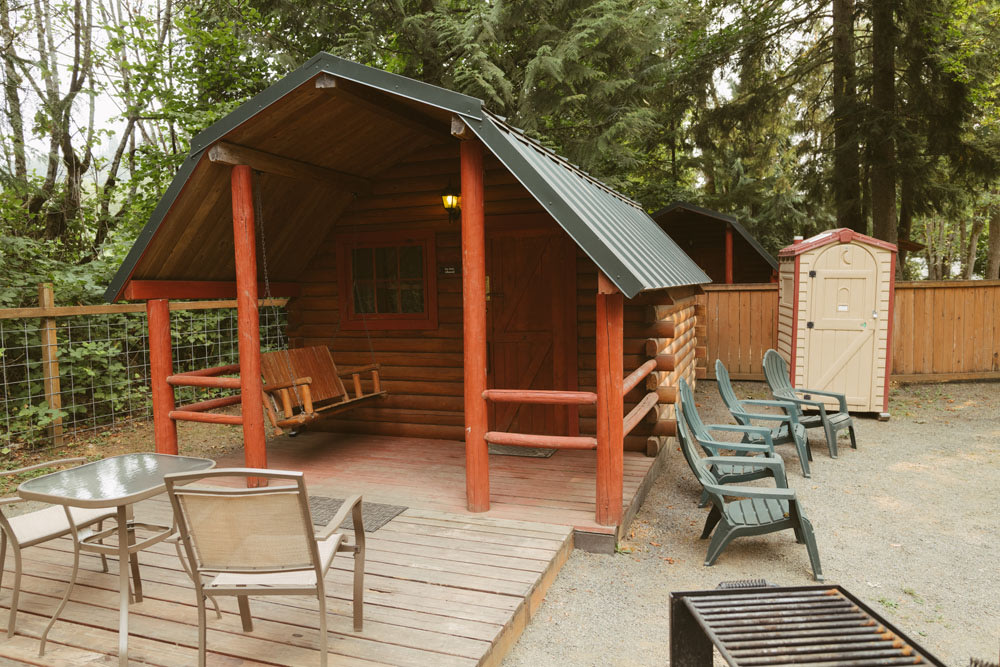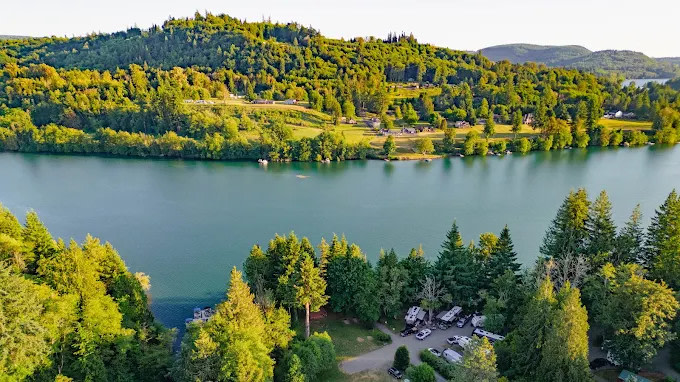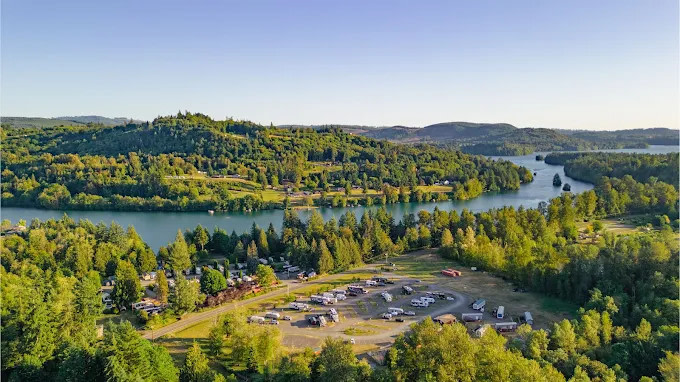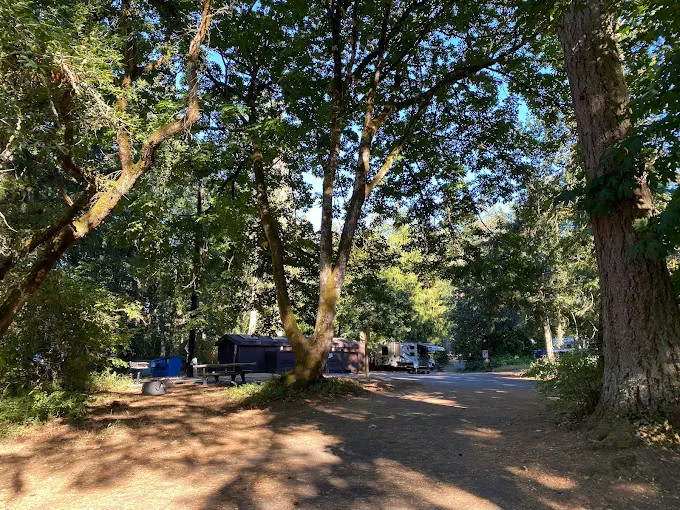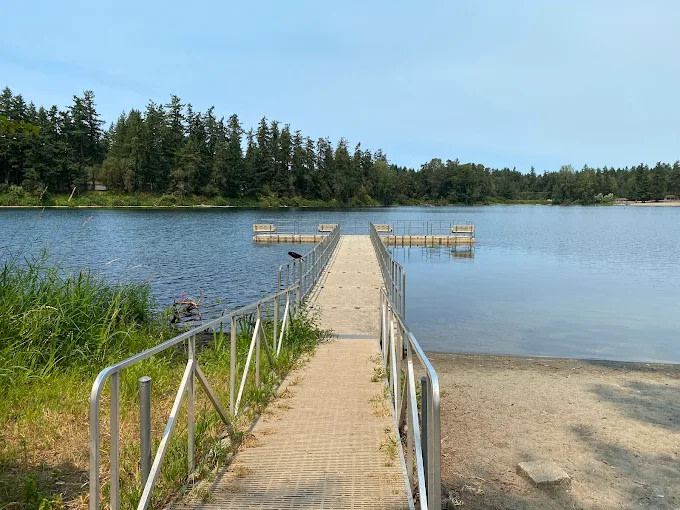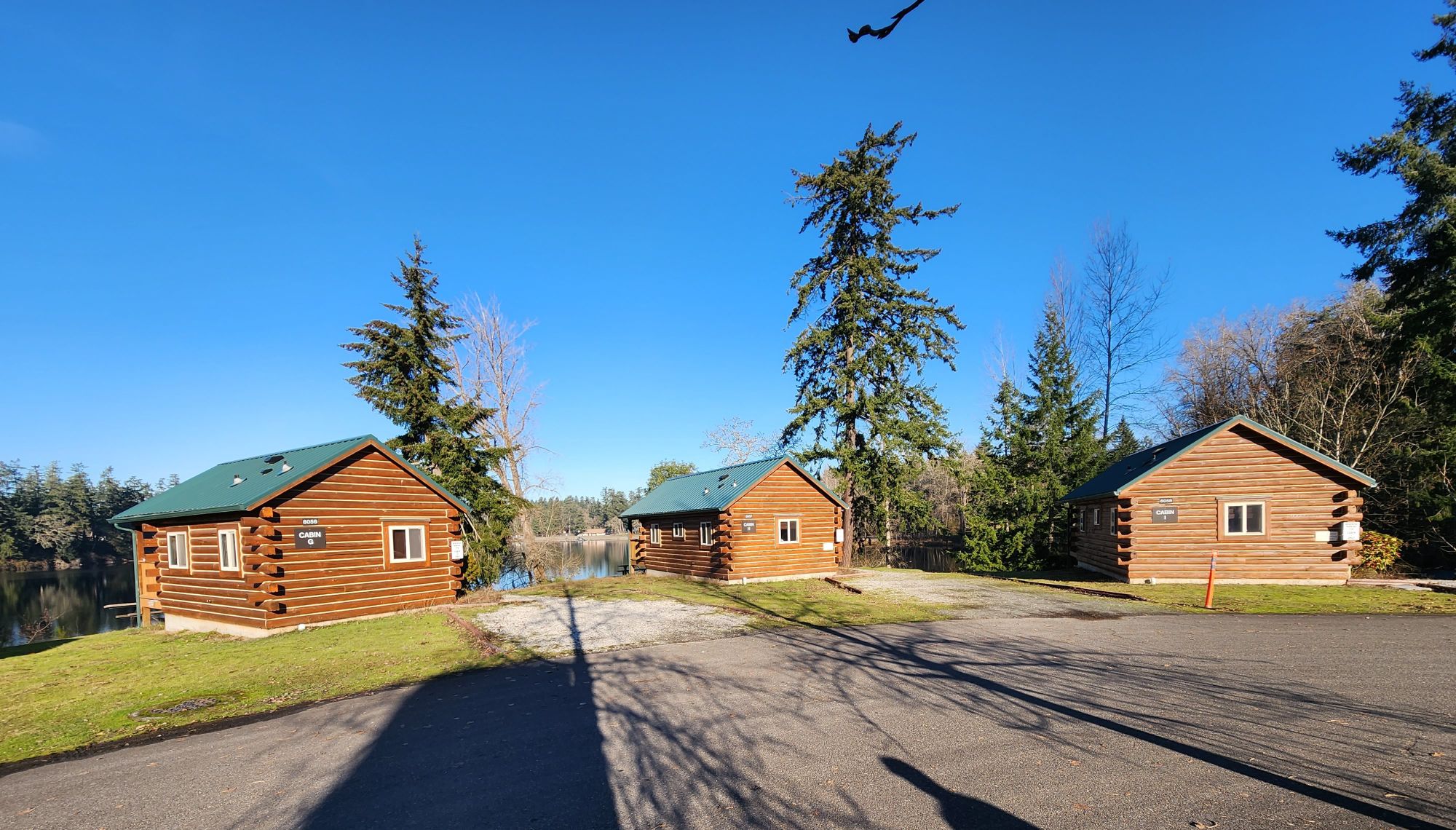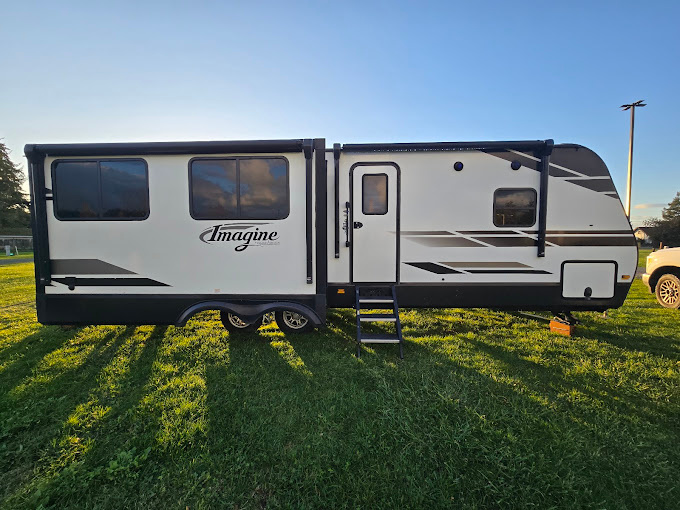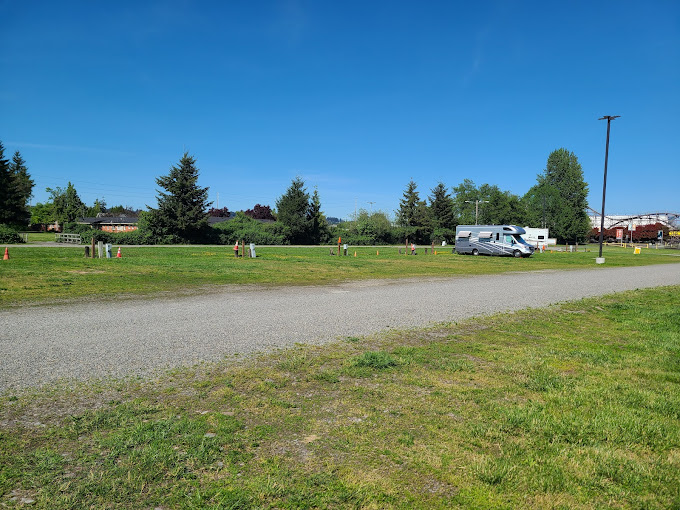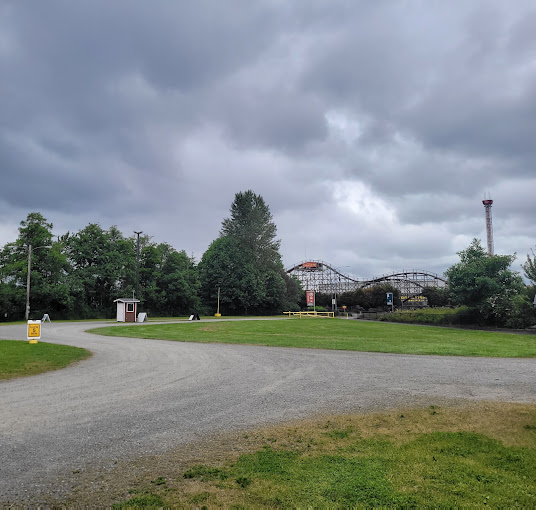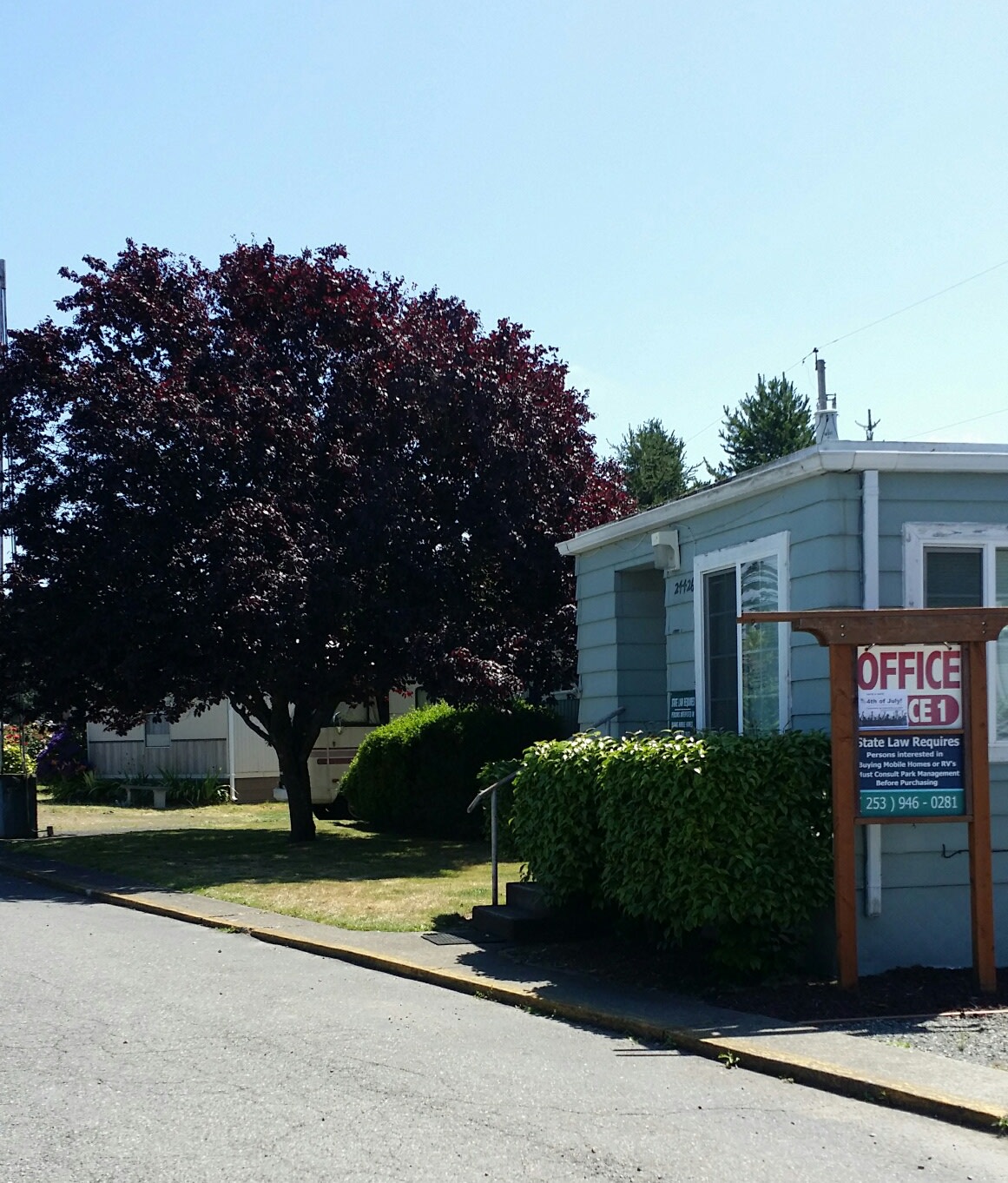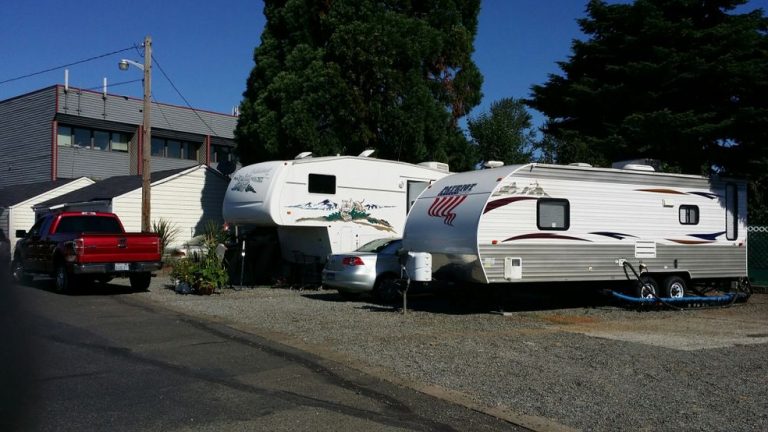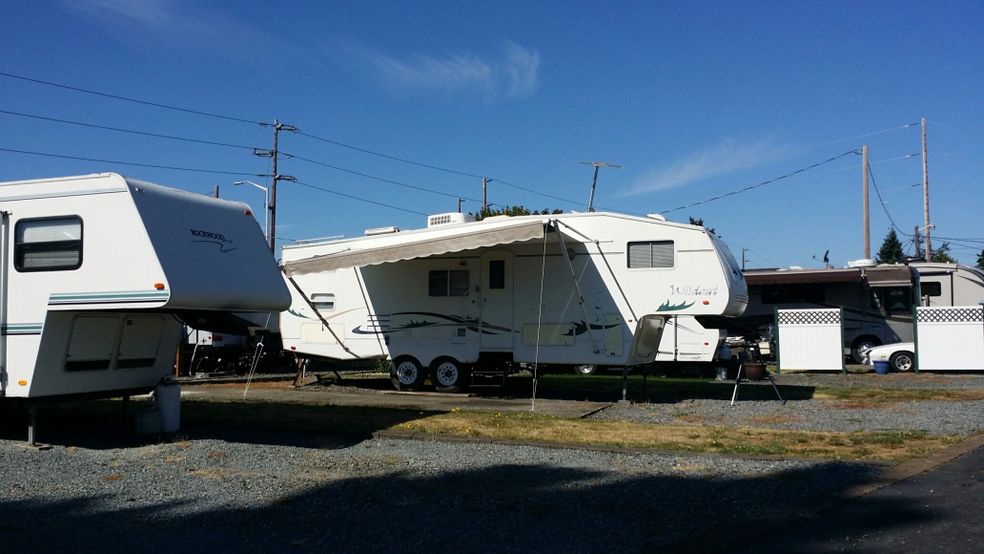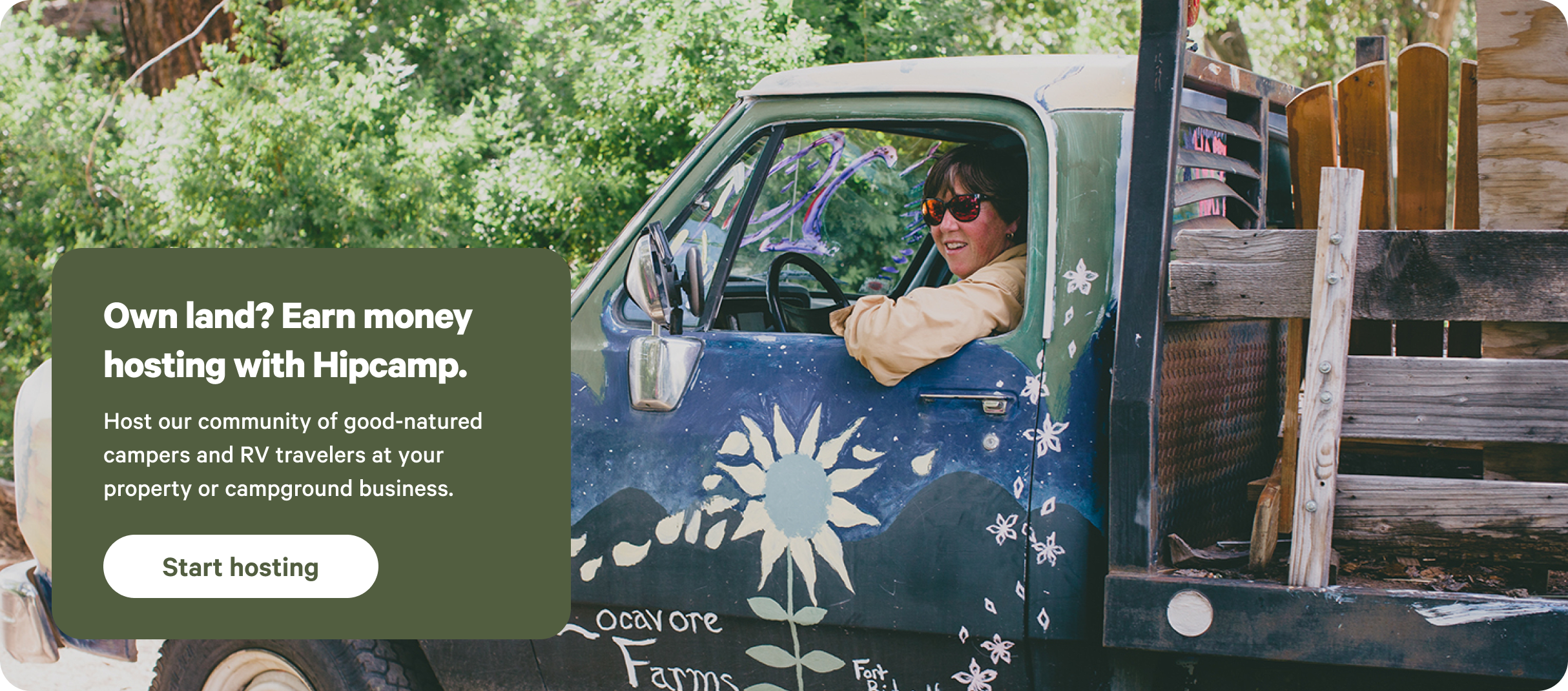94% (7.5K)
Top-rated campgrounds near Mount Rainier
94% (7.5K)
Top-rated campgrounds near Mount Rainier
Camper favorites in and near Mount Rainier
Top-rated campgrounds reviewed by the Hipcamp community.
Public campgrounds in and near Mount Rainier
Recent reviews from the Hipcamp community
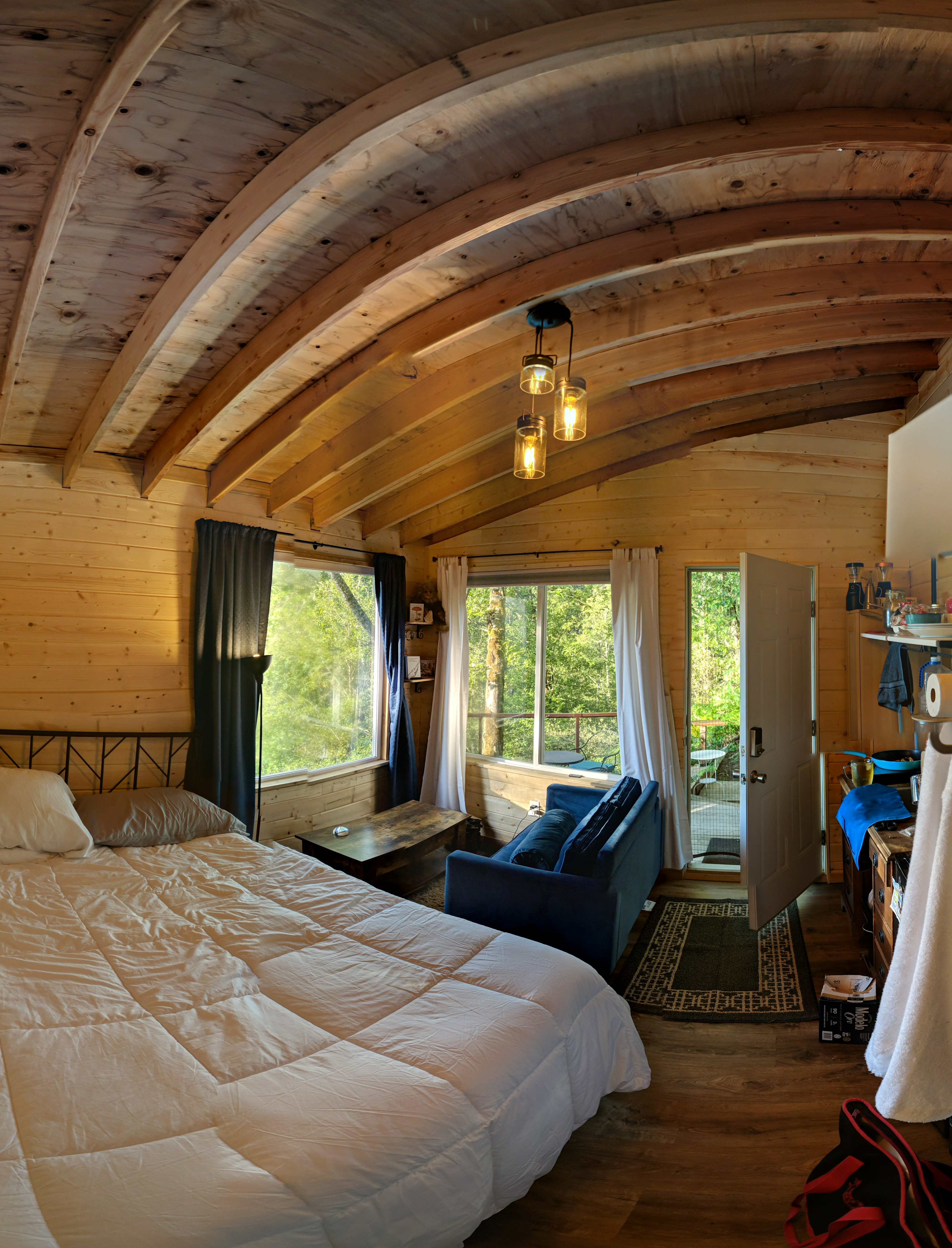
a
adrian
2 weeks ago
1 night at Alder Grove Retreat
The cabin was beautiful and well stocked with everything we needed! Sauna and the fire pit were also an awesome bonus
See more
L
Lydia
2 weeks ago
With pets
Comfortable, clean, cozy & everything covered. Couldn’t be happier. Such lovely hosts too.
See more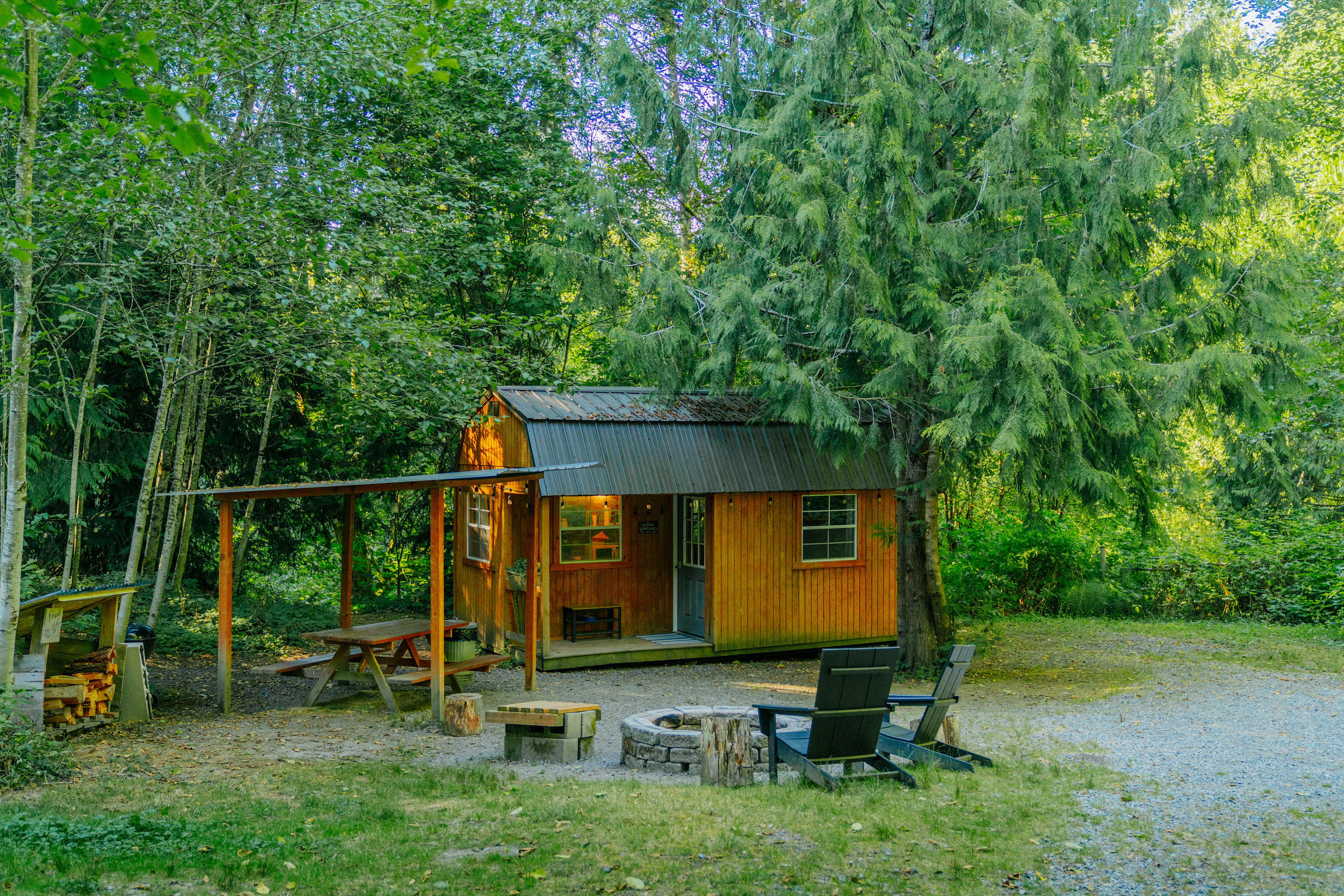
a
alissa
2 weeks ago
Group trip
Brittany's space is a sweet little haven. I have booked this spot a few times for a Winter Solstice celebration and it never disappoints. We love gathering around the big fire pit for hours, sharing in ceremony, music, and reflection, and ending the night with a cozy sleep in the cabin. I happily recommend this spot!
See more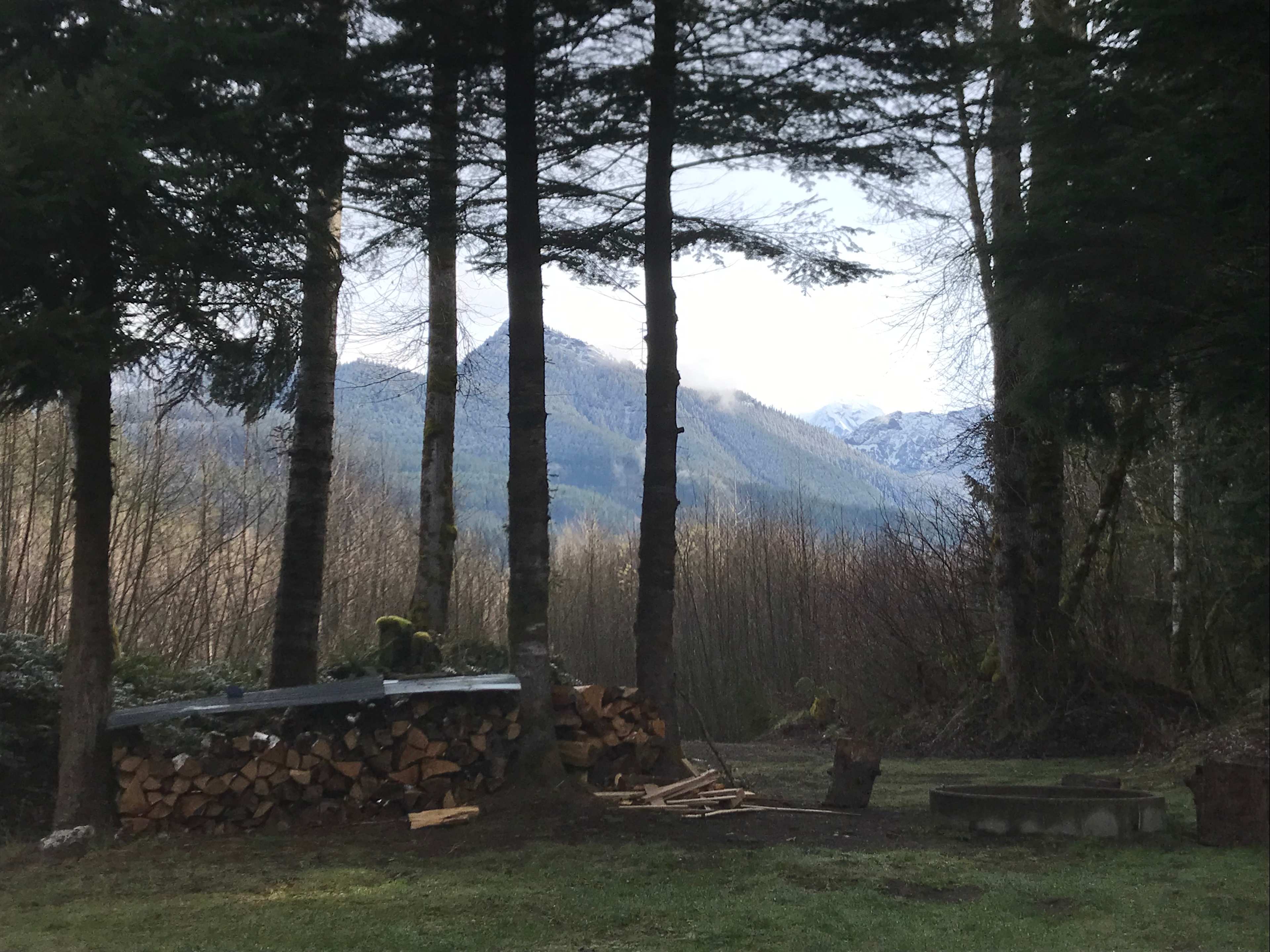
N
Nathan
2 weeks ago
22 ft campervan
With pets
Fantastic!! Completely private and great spot. Woke up to a small herd of elk. Will visit again.
See more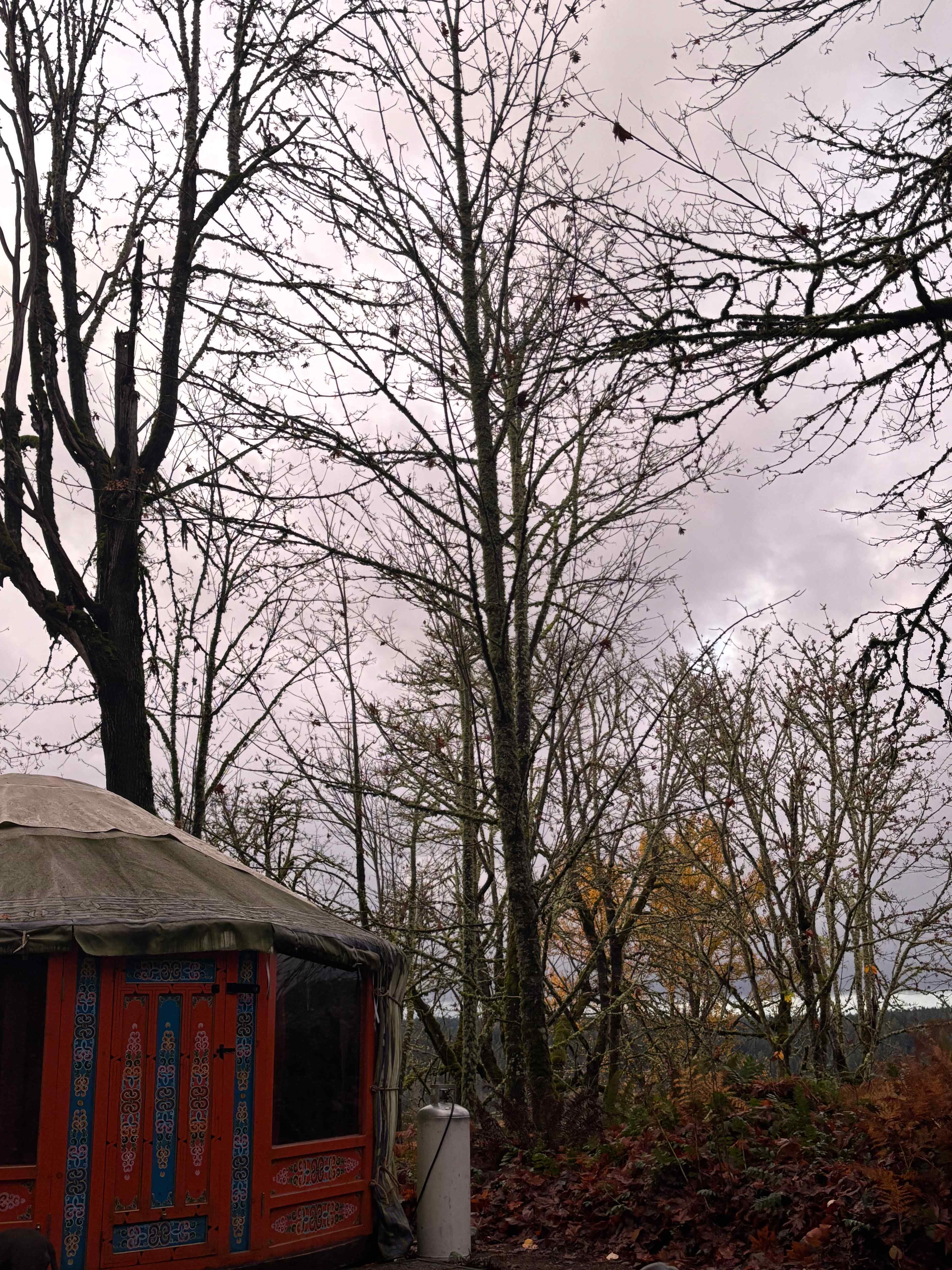
a
adele
2 weeks ago
Weekend Trip to Wildfern Grove
I loved the yurt we stayed in! A bit colder around this time, but they had heaters that kept us warm at night! We utilized the common area which was very nice. Met some nice people too.
See more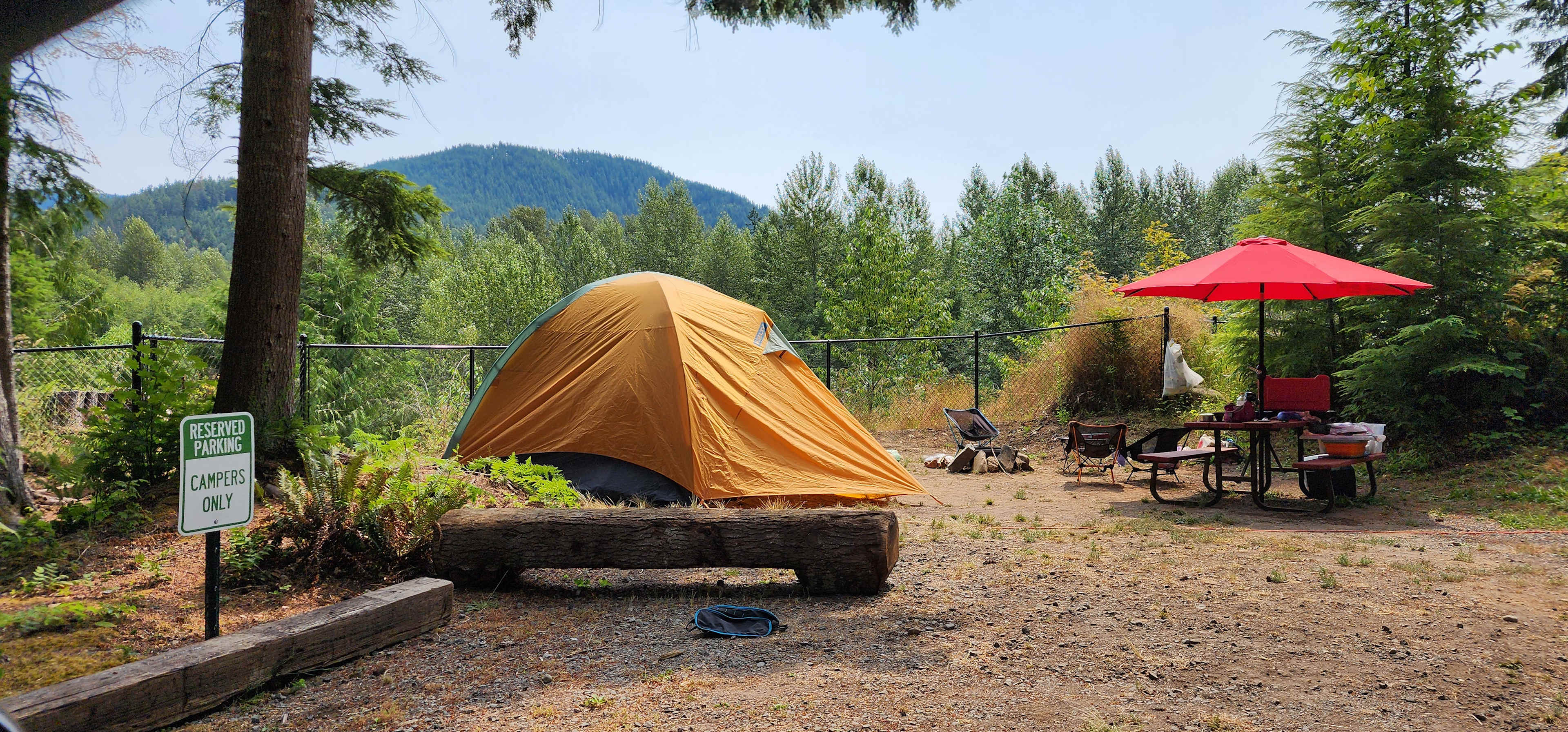
j
joshua
3 weeks ago
Tent
Beautiful land with an amazing view of the scenic railroad with clean bathrooms and firewood on-demand, even in off season.
See more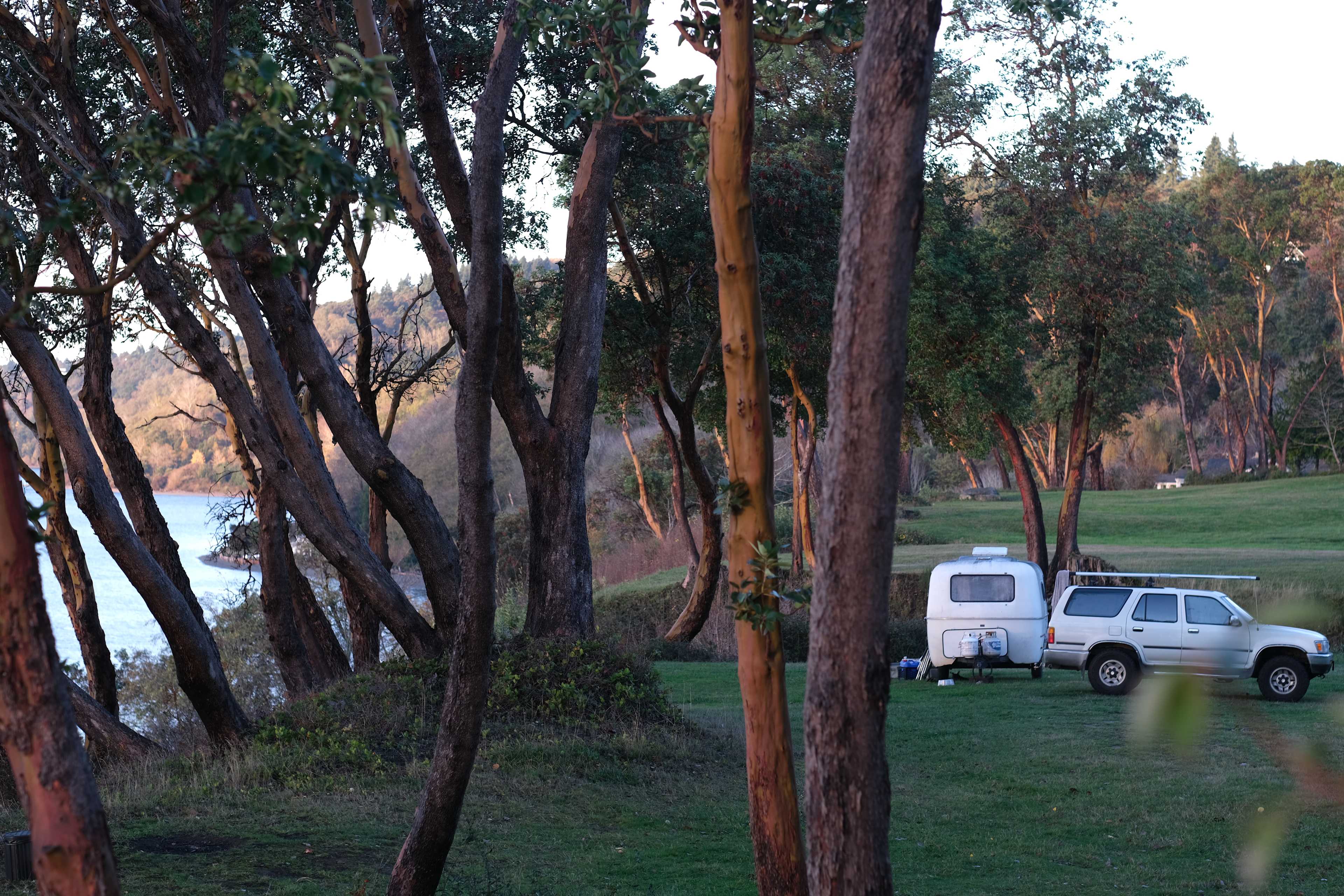
B
Bryan
3 weeks ago
16 ft travel trailer
With pets
A beautiful spot for a primitive camp experience. We had a wonderful time.
See more
Di'onnte
3 weeks ago
Weekend Trip to Two Frog Bog
Really enjoyed the last minute getaway. So cozy and the owners were very kind and helpful! Already planning on coming back
See more
V
Victoria
November 2025
19 ft campervan
What a lovely view and open space to enjoy! It was a treat to see Lisa with her horse and pony riding in the light of the setting sun. A bit of magic.
The directions were clear to get there. Loved being close to the beach and lighthouse to stroll to. The Bird King was close by as well. A lovely stay.
See more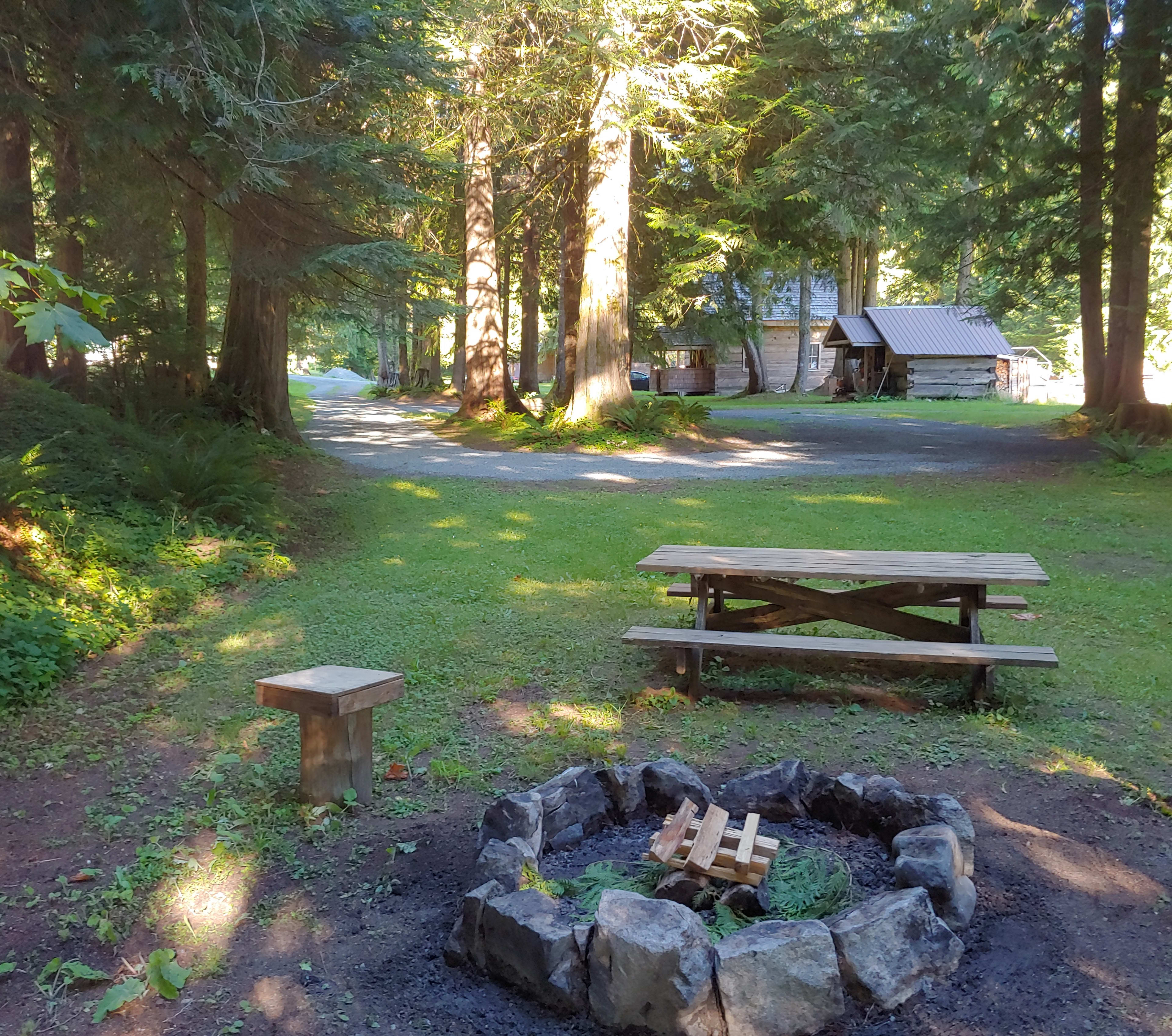
R
Ryan
November 2025
22 ft Class A
We stayed here while visiting Rainier. Location was perfect, instructions easy to follow. Power and water easy to use with our RV. Would definitely stay here again if visiting Rainier
See more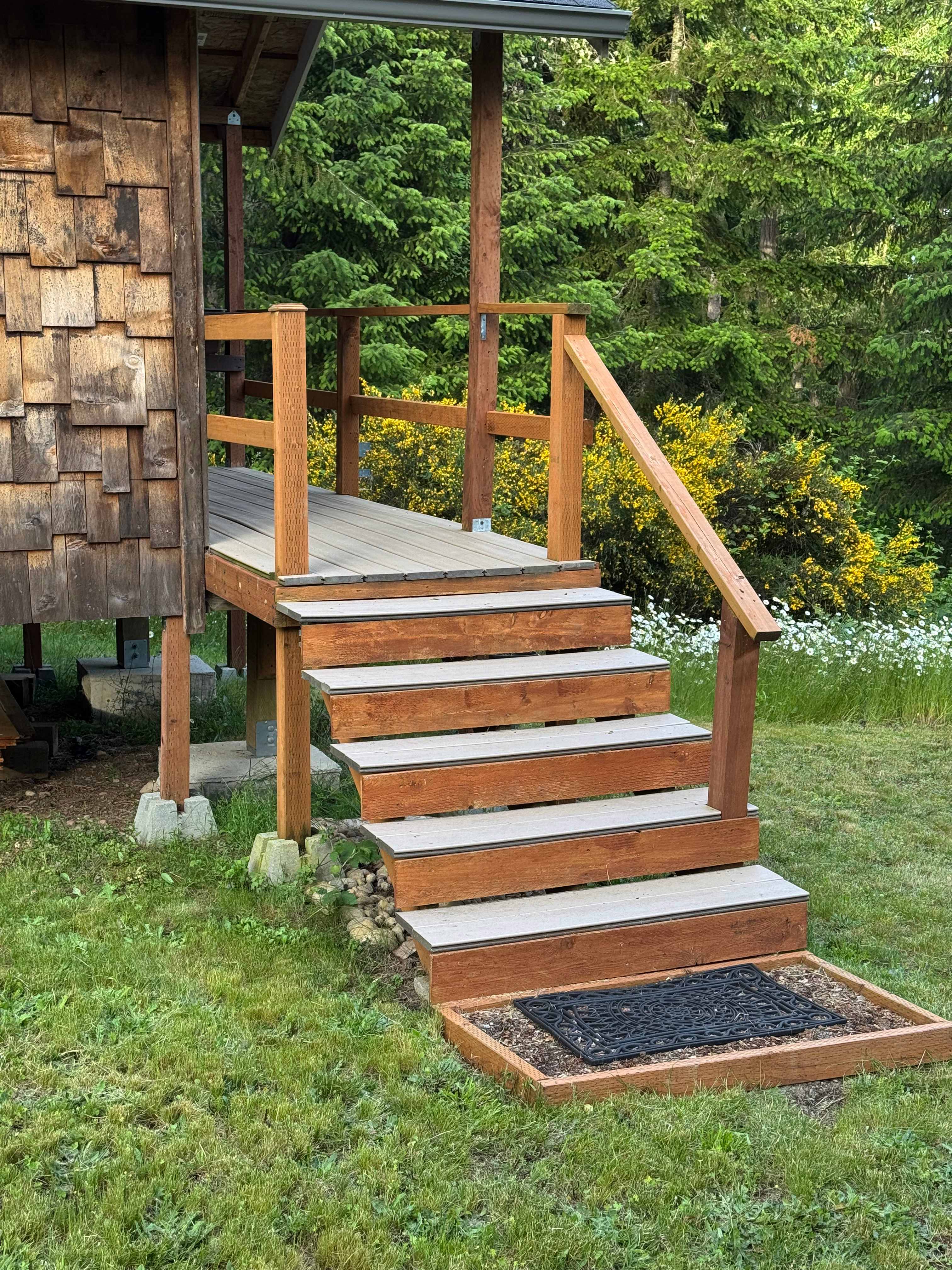
A
Annette
November 2025
With pets
If you like to camp in the winter, like to take your dog, and want a roof with a heater over your head, this is perfect! It was a perfect island adventure. Fred's special touches included easy access pottable water and dishwashing sink on the porch of the cabin, a clean/neat outhouse, a bug flap, heater, microwave, fridge, and COOKIES! We walked down to the beach, took a couple trips to beautiful parks, and enjoyed the views of the water from the cabin. We brought a tent/shelter and put it up for an extra "room" to enjoy the views and grilled cheese/tomato soup, hot cider, and apple crisp. We heard coyotes howling in the distance, owls hooting, saw deer, coyotes, and river otters. We truly had an island adventure we will always cherish and remember. Thank you Fred for providing us this opportunity!!
See more
S
Stella
November 2025
1 night at Camp MoxyJo's
Joanna gave a thorough tour upon my arrival and was sweet to offer anything I needed during my stay. She made it cozy and welcoming in every way.
See more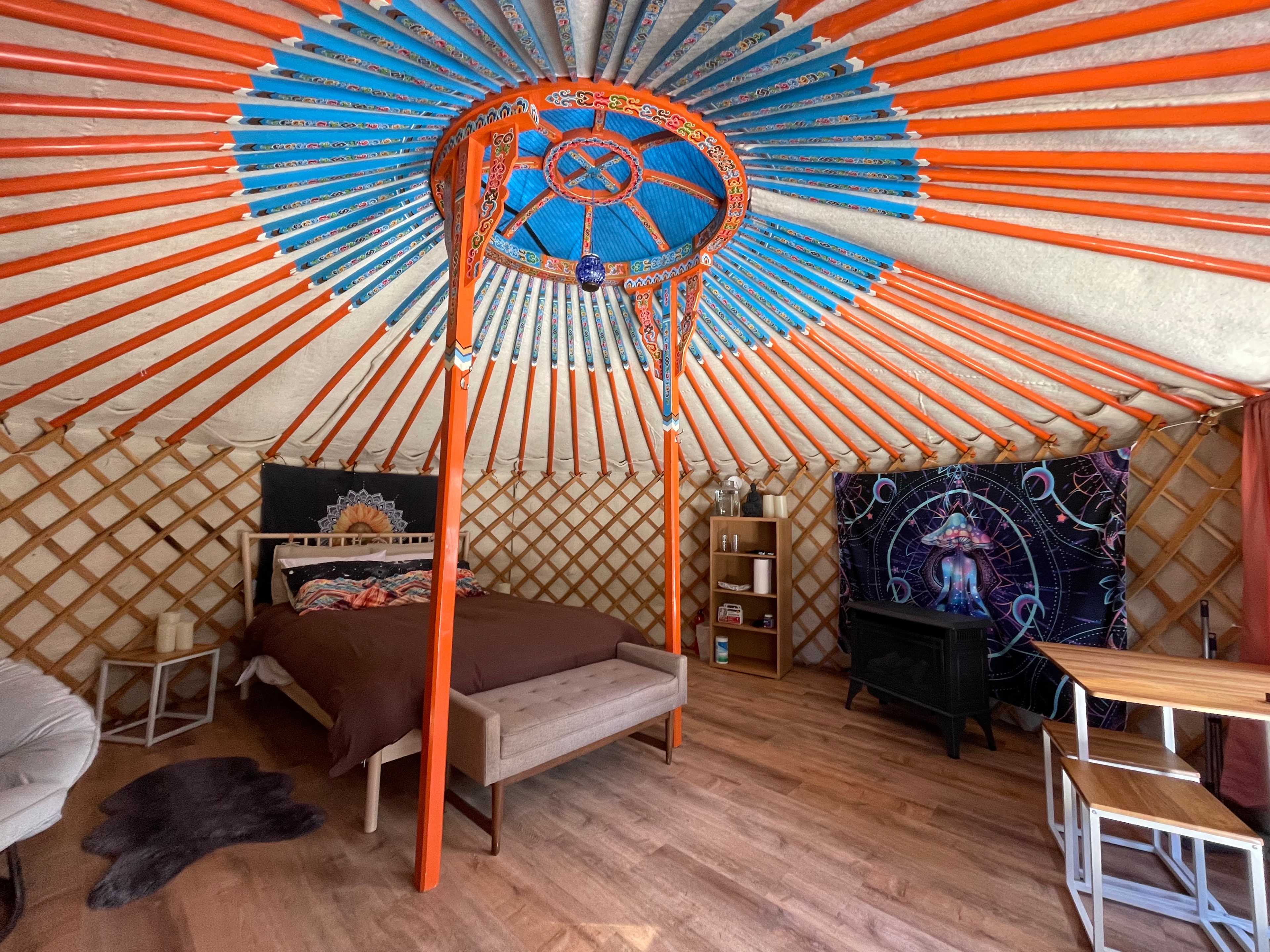
D
Dawn
November 2025
With pets
We had a wonderful stay, sad we didn't get a longer visit. There is tons of places to explore and we would definitely love to come back.
The folks were helpful, kind and welcoming. Definitely has a family friendly welcome. The yurt was warm even though it was pouring all night long. First night we left heat on low, second night we left it off. They have probably one of the most well appointed kitchens we have ever seen, big and roomy. There are games and books and seating. Big family style table for games and dining. Like home away from home with loads of hiking trails near by. We brought our dogs and they had a blast.
Next time we come to visit I wont be in class all day.
We cannot say enough about how beautiful it is in camp and the surrounding area.
100% recommend!
See more
E
Edgar
November 2025
26 ft travel trailer
With pets
Very clean and comfortable location. It was nice to have a septic hook up while camping. I highly recommend this location.
See more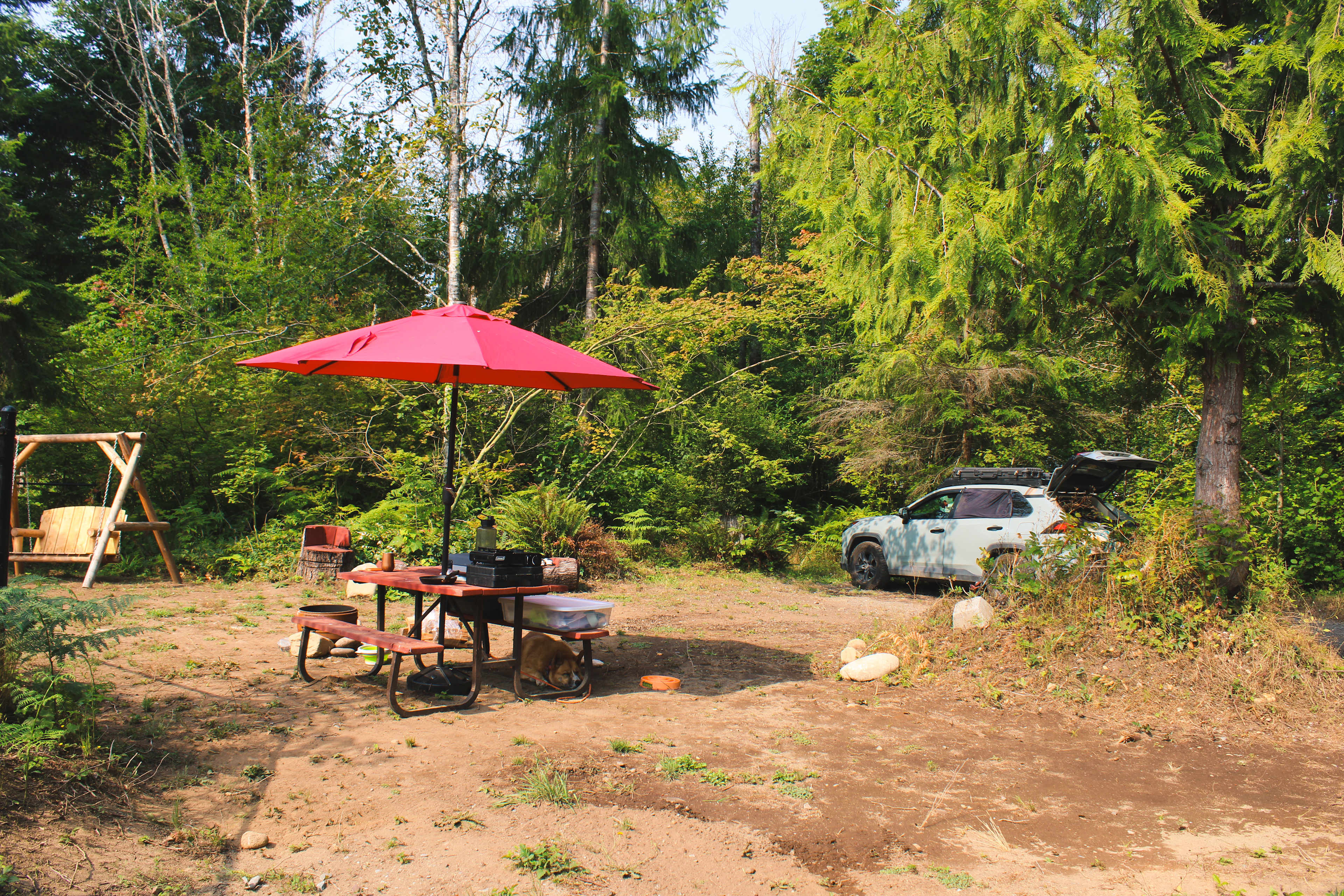
P
Philip
November 2025
Tent
With pets
Great campsite with a wonderful view of the bridge over river
See more
J
James
November 2025
Weekend Trip to Cedar River Retreat
Great site, super comfortable cabin. Great weekend spot being so close to the city!
See more
Robert
November 2025
With pets
This place is glamping at its absolute best. It has everything you need and more, yet you feel at one with nature. My wife and I stayed for one night with the idea of shutting away from technology for the weekend and boy did it deliver. We ended up enjoying the view and just talking all night while listening to the rain. If you need a break from the real world, this is 100% the place to go. A huge thank you to the owner.
See more
E
Emma
November 2025
With pets
This place is awesome! Dawson has done an amazing job with creating the space. It has everything you could need!
You can really tell a lot of thought has gone into the place and a lot of work has been involved. We had the best time and were so cozy together. We were lucky to have rain over night and it was so peaceful listening to the rain on the roof as we fell asleep.
The directions provided made it very easy to find and a couple of wagons and a lantern are available to help you get your things out to the cabin.
As we came in November, we didn’t get the opportunity to use the outdoor space. But we still braved using the shower and it’s worth it, so toasty and incredible views!
Inside is cozy and comfortable. The kitchenette has everything you could need. That bed though! So comfy, as someone who deals with chronic pain, I really appreciate how comfortable the bed is!
It was really nice to get off grid a little and put our phones away for the night.
We had such a good time we are definitely looking to come back again next year in the summer hopefully!
If you get the chance to stay here, do it!
See more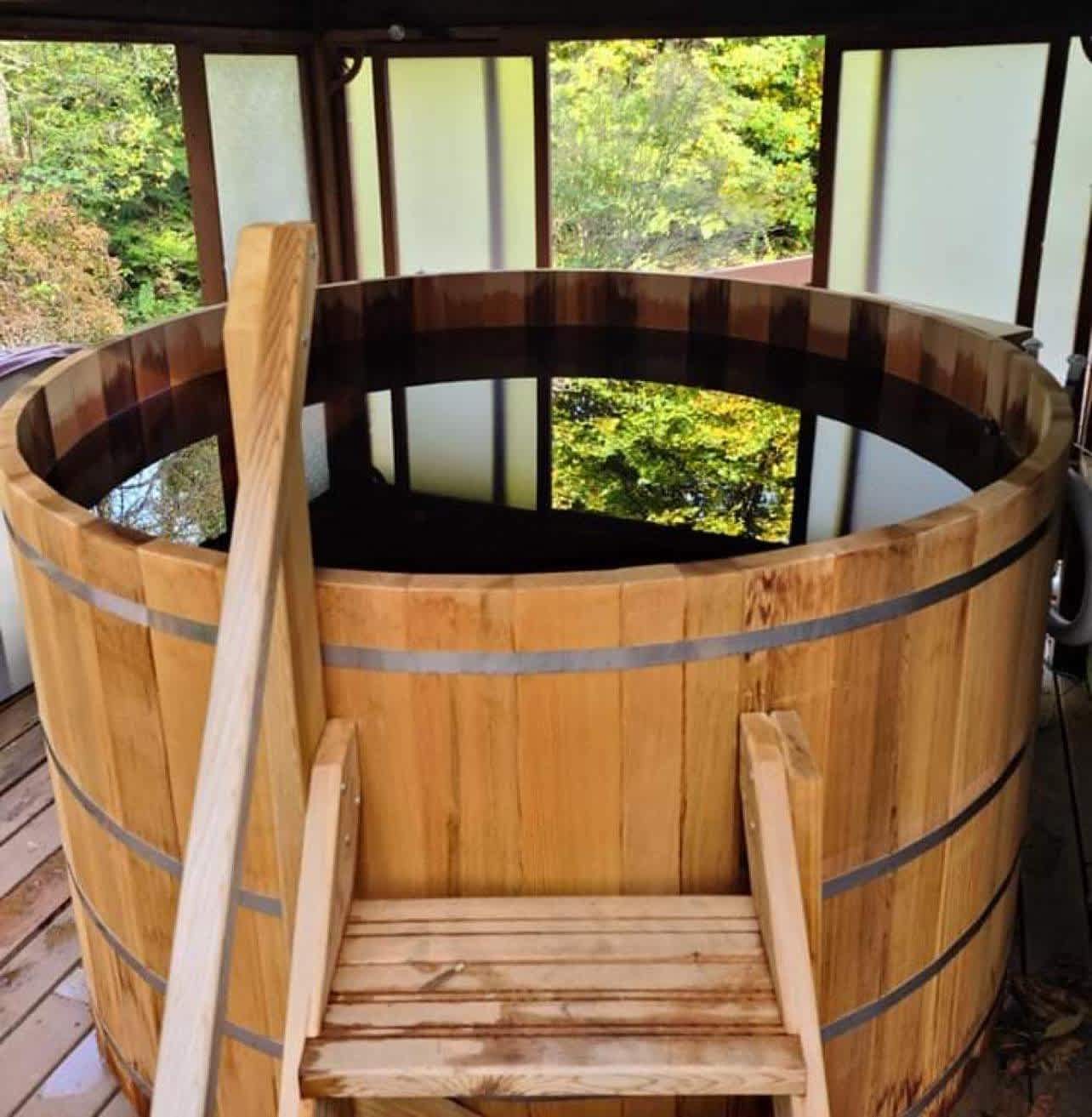
J
Jesus
October 2025
Tent
With pets
It's a very quiet getaway, but close enough to the city. The professional and friendly staff make it feel at home. The community house is stocked full of pots and pans and other baking utensils to virtually make anything you may be craving to make. I would definitely stay here again if needing a weekend getaway to destress myself.
See more
J
Jesse
October 2025
2 nights at Alder Grove Retreat
I appreciated every little thoughtfully placed and prepared detail of this cabin! Like the title says, it’s got everything you need— and more. The only mistake I made was not booking a longer stay! I will without a doubt be back and truly can’t wait to return. The views, the solitude, the cozy vibes. Worth every penny.
See moreNearby public parks
Browse national and state parks near Mount Rainier
More campsites in and near Mount Rainier
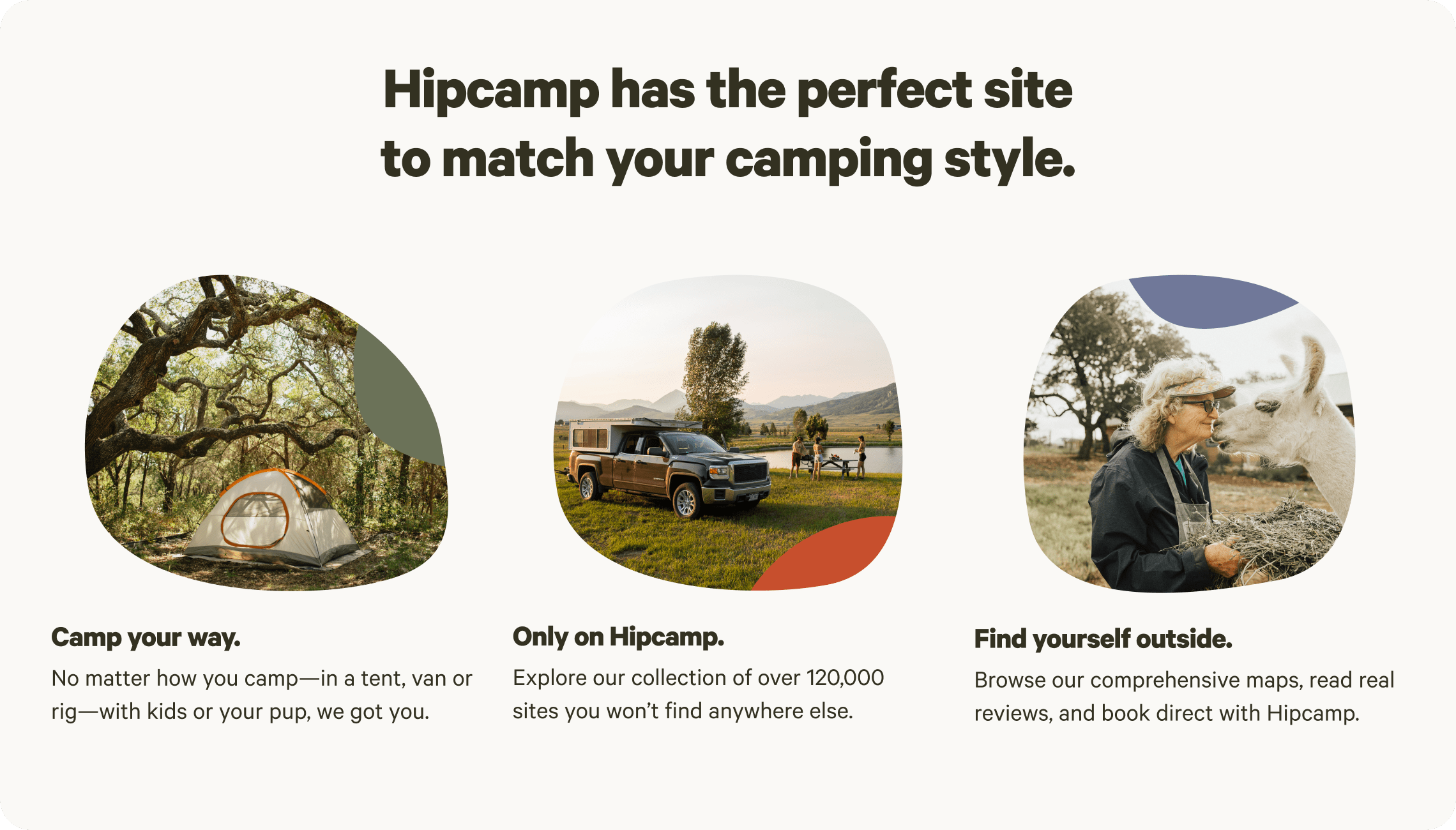

Camping at Mount Rainier guide
Notable campgrounds
- Best for a wilderness experience: Mowich Lake
- Best for old growth trees: Ohanapecosh
- Best for groups: Cougar Rock
Tips for snagging a campsite
- Though RVs are allowed to park at Cougar Rock, Ohanapecosh, and White River campgrounds, they have no electrical, water, or grey water hookups.
- Each campsite is limited to a maximum of two vehicles, two tents, and/or six campers. Most campsites are big enough for only one tent and up to four people.
- Campsites at Cougar Rock, Ohanapecosh, and White River campgrounds can all be booked in advance online, with availability opening on a six-month rolling basis. The sites at Mowich Lake are available only on a first-come, first-served basis
When to go
Mount Rainier National Park is open year-round, though heavy winter snow typically closes all but the Nisqually Entrance. At this time, roads at higher elevations may be closed or require snow chains or winter tires to access. July and August are busy times, when popular parking lots and entrances come with long waits. Aim for a mid-week visit, or go during the late spring or early fall to beat the crowds.
Know before you go
- The visitor center at the Longmire Museum is open year-round, while the Henry M. Jackson Memorial Visitor Center at Paradise closes on winter weekdays. The Ohanapecosh Visitor Center and Sunrise Visitor Center are open in summer.
- When making a summer visit, try to arrive early (before 10am) or later in the day (after 2:30pm) to avoid peak crowds and wait times.
- Concessions are sold at Longmire, Paradise, and Sunrise. You can also stock up in the nearby towns of Ashford and Packwood.
- Cell service is unreliable in Mount Rainier National Park, but there is wifi in the Jackson Visitor Center at Paradise.
